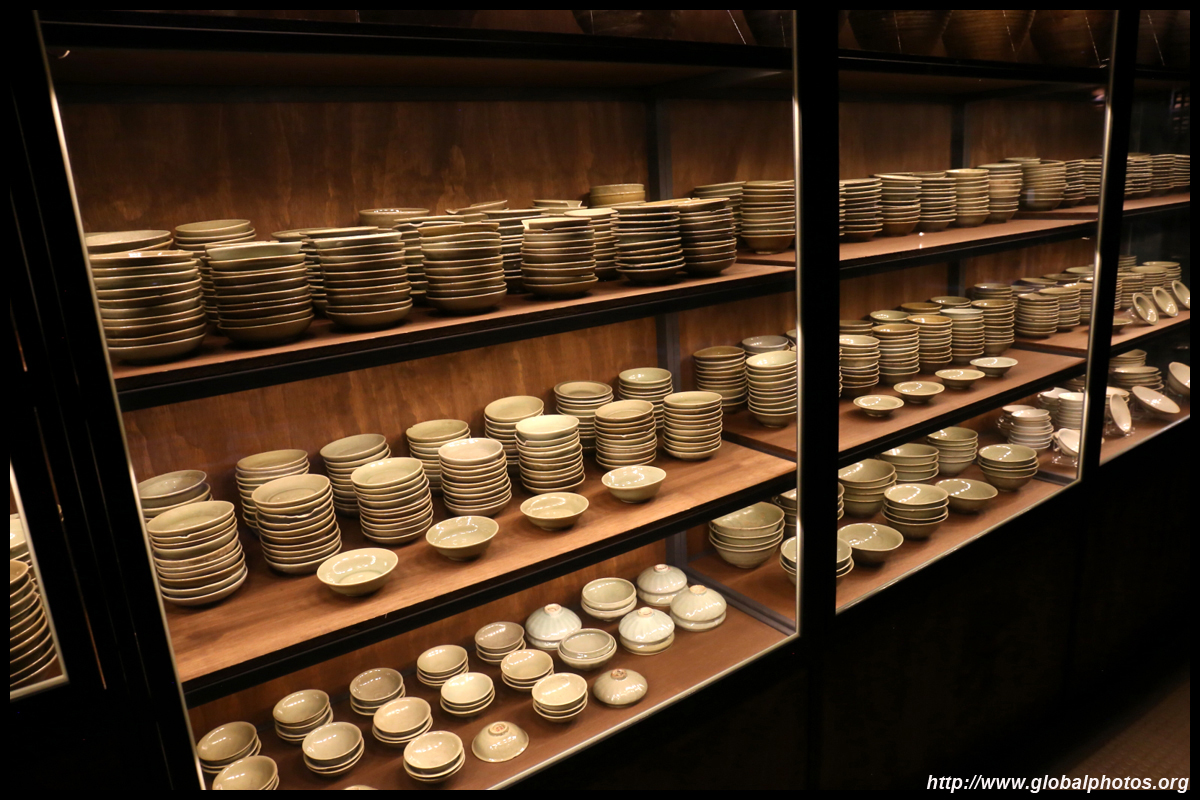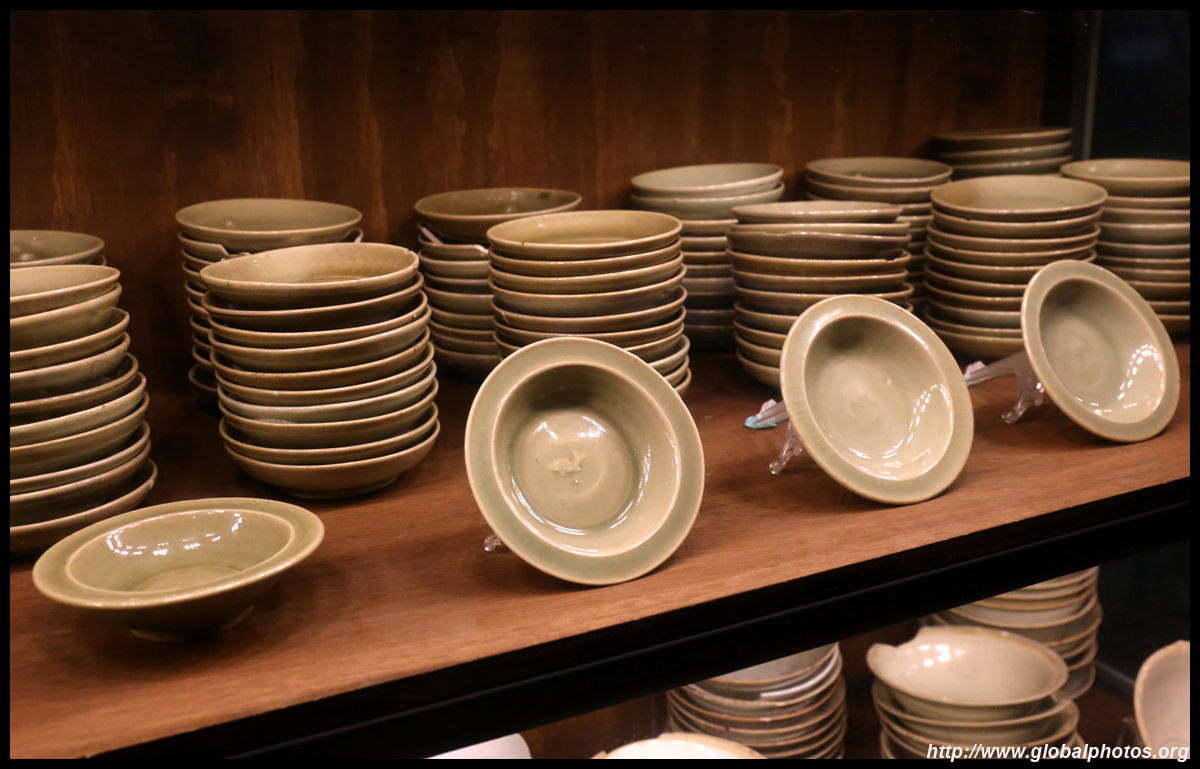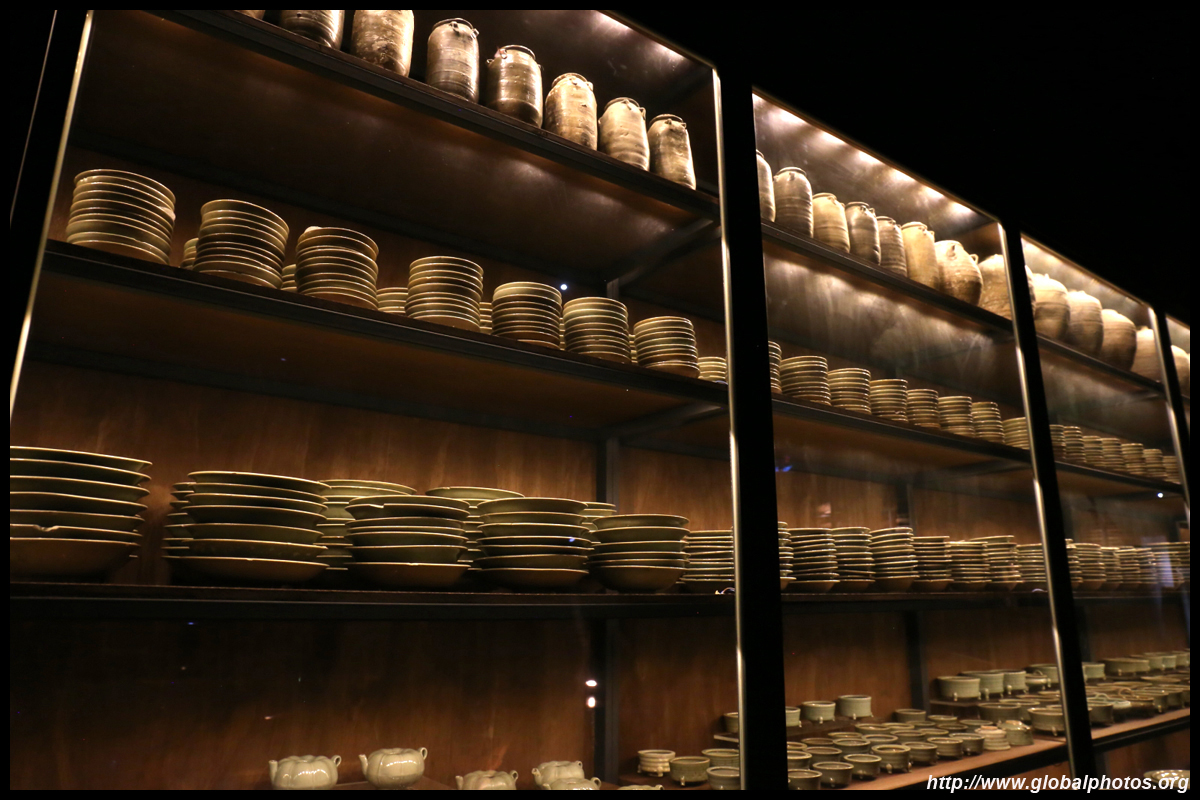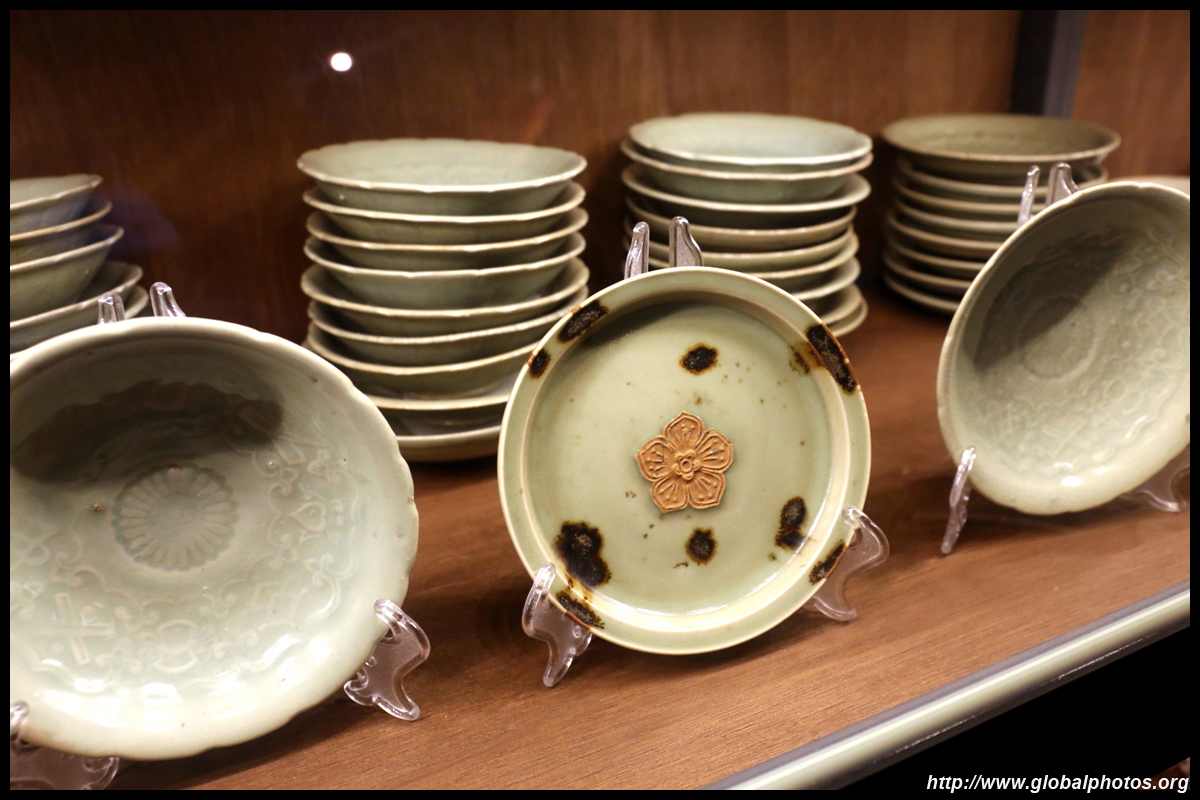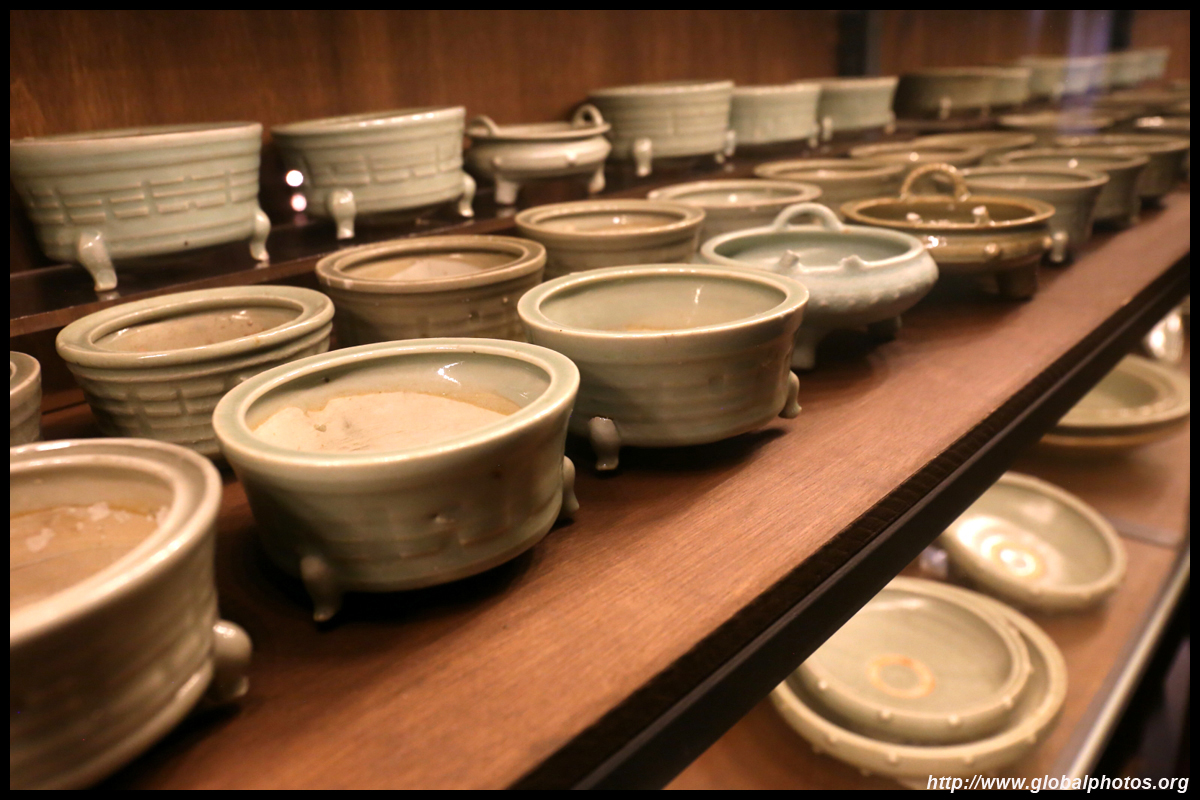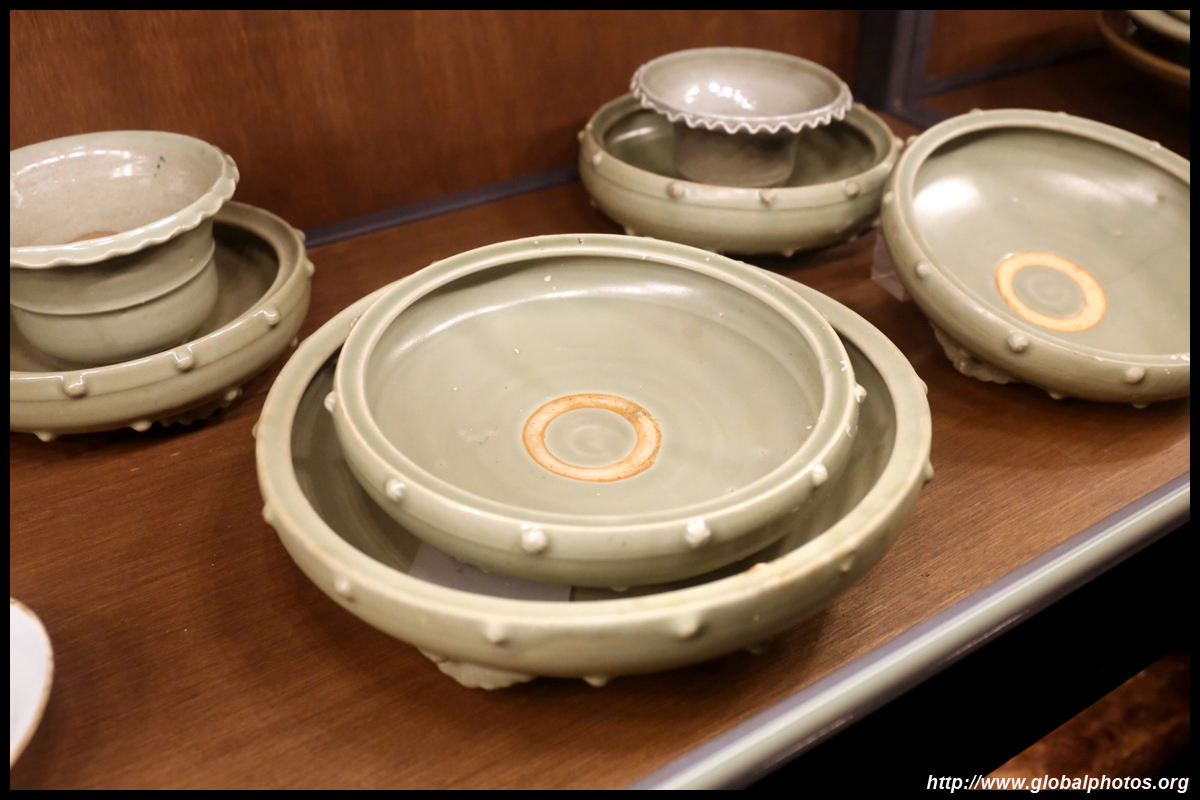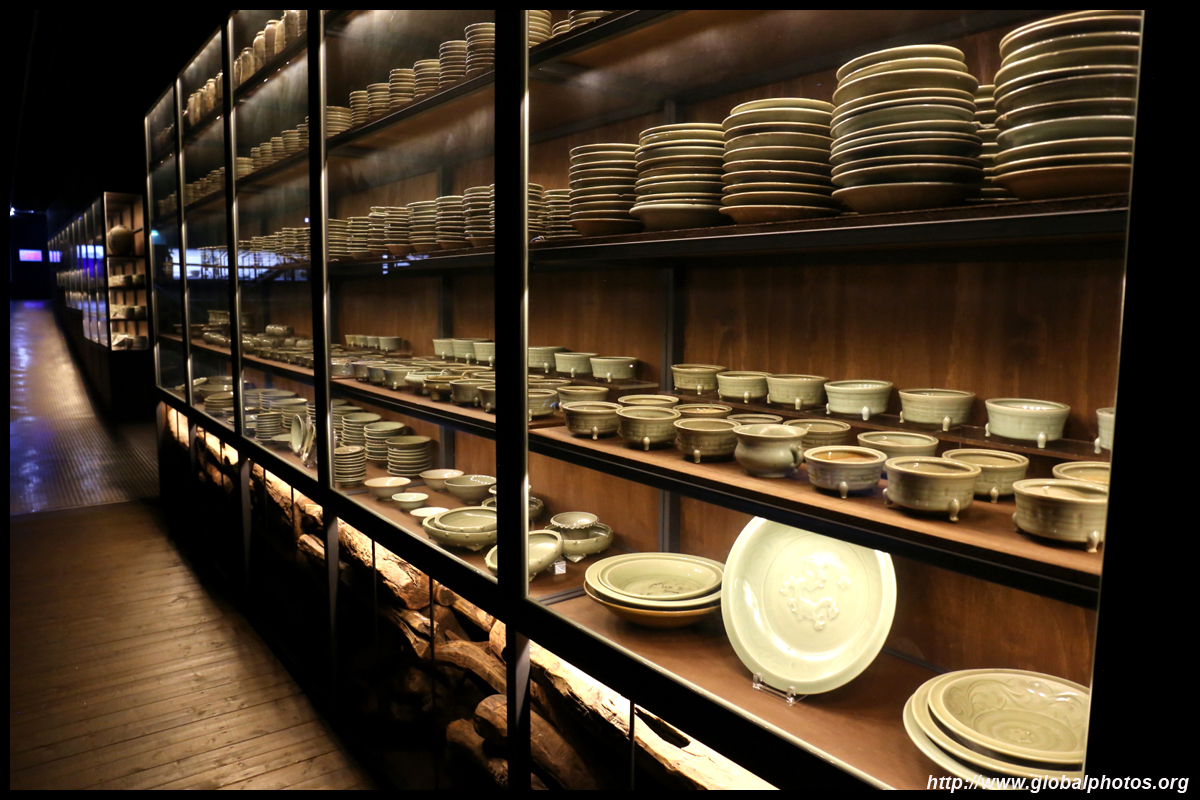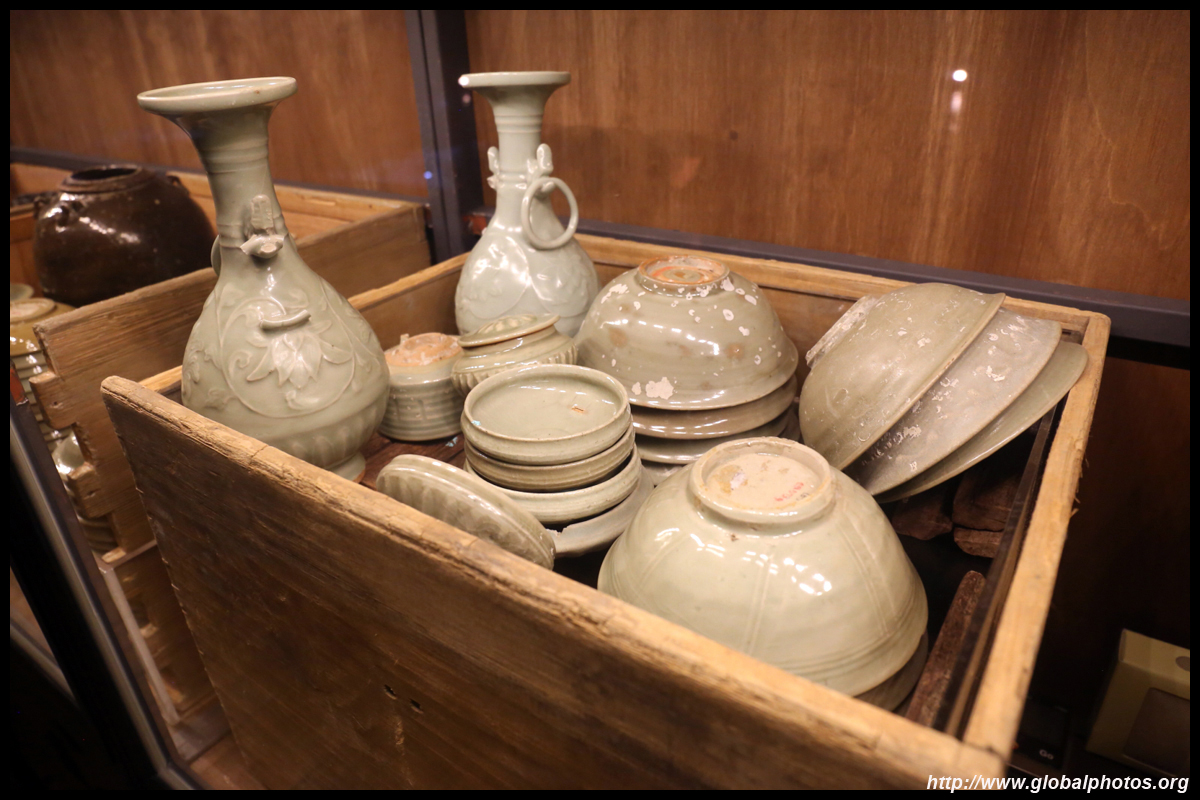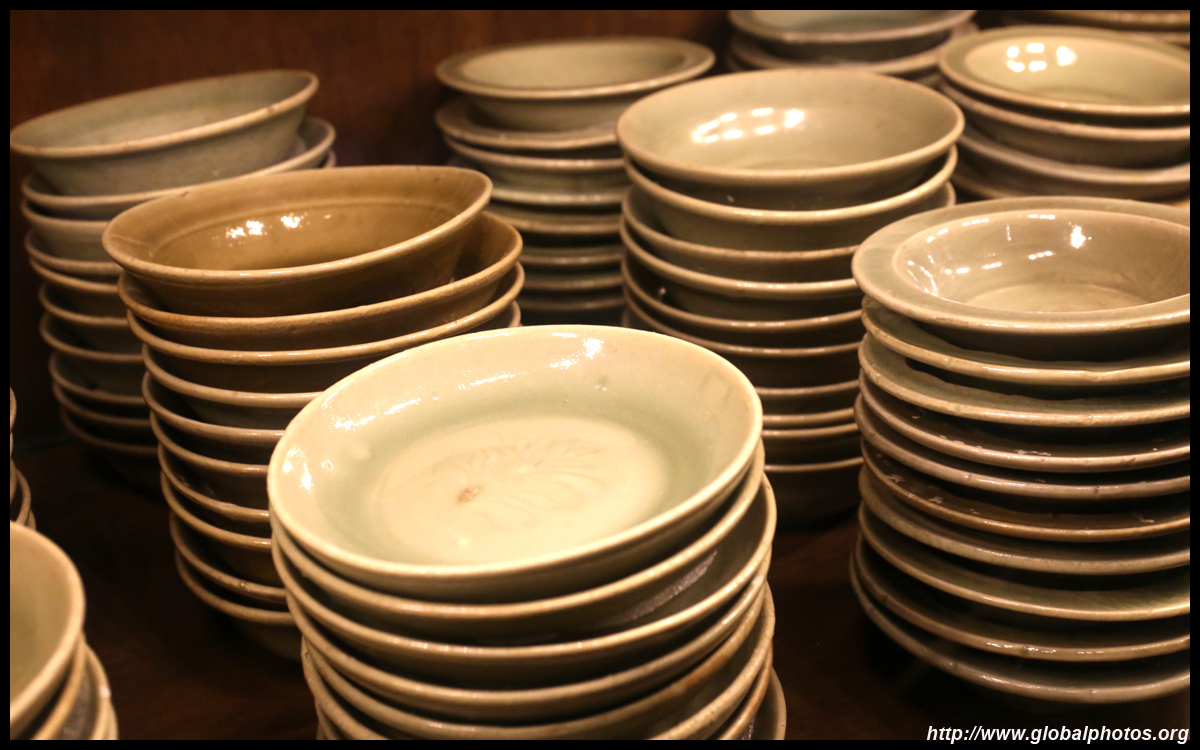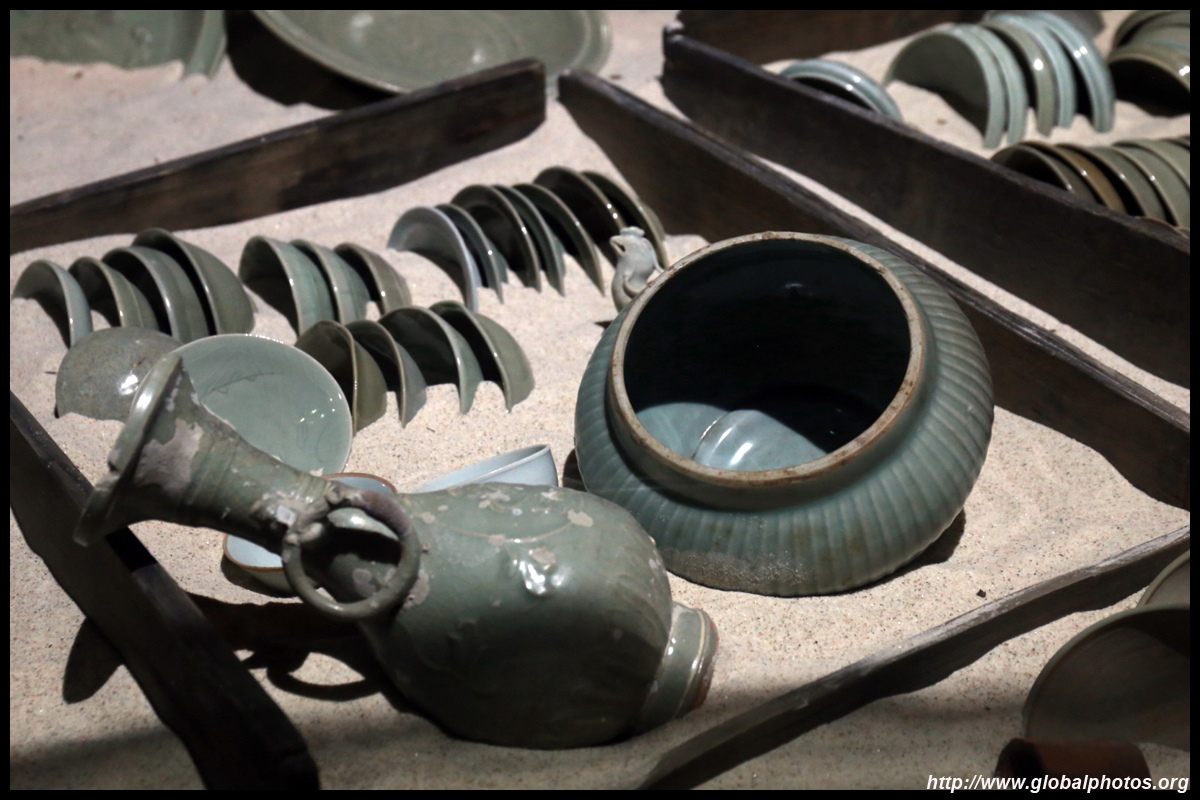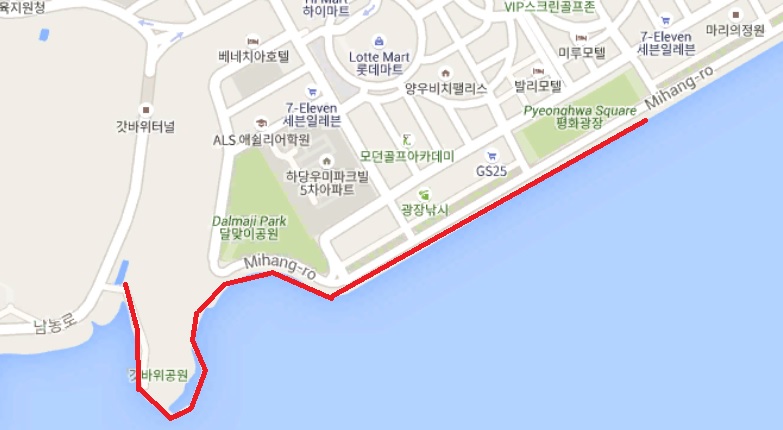
Hadang is Mokpo's newer area built on reclaimed land. This part of the city has many restaurants and cafes that are open well into the night.
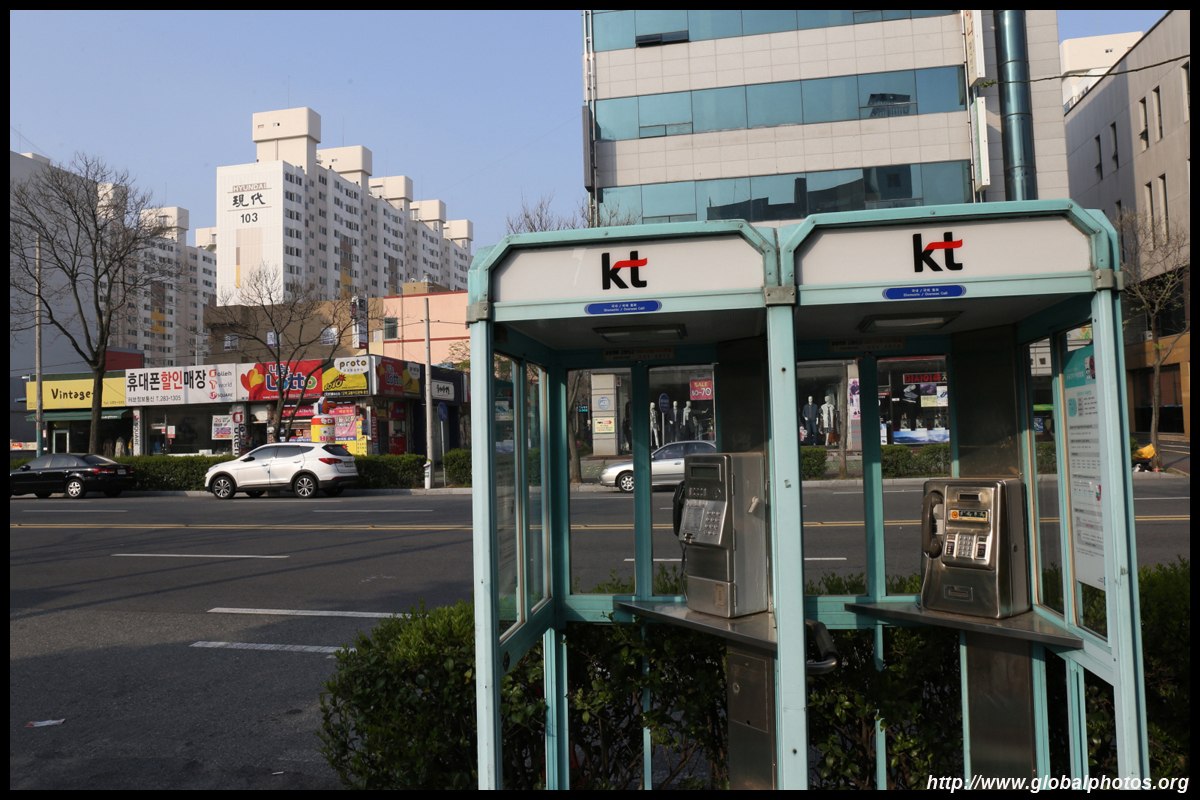
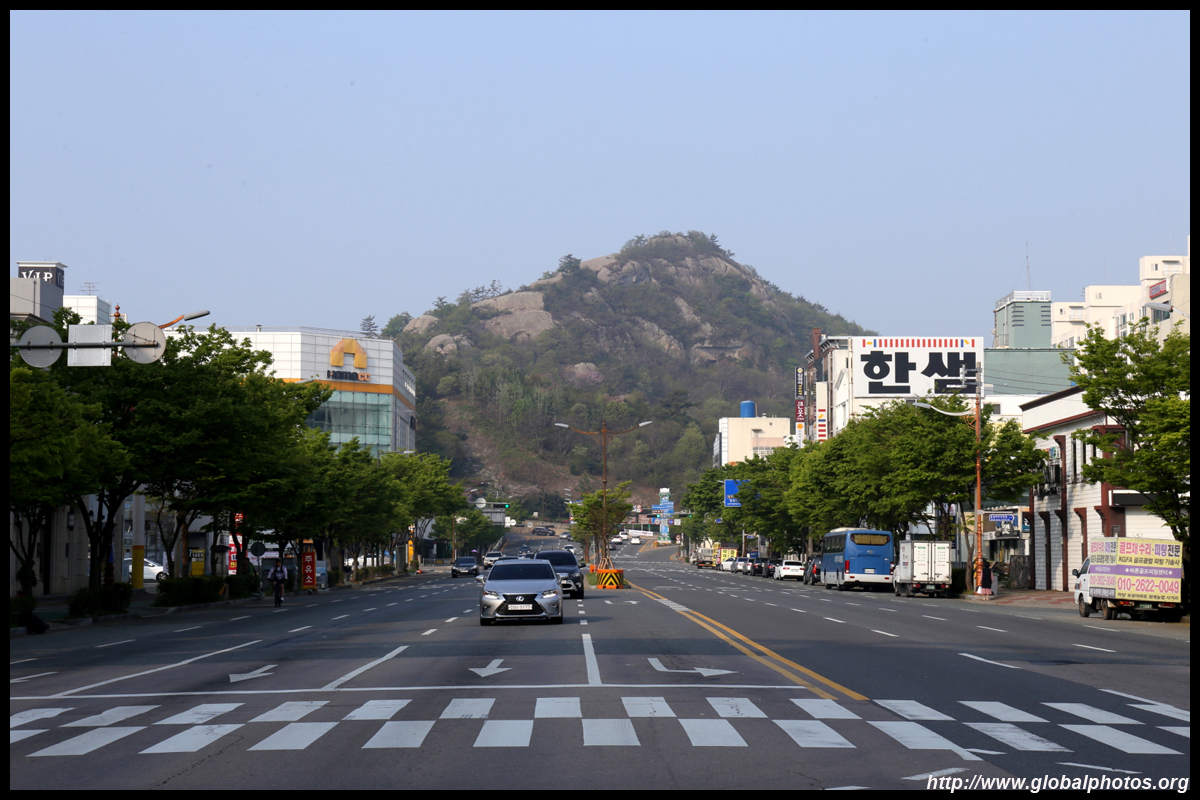
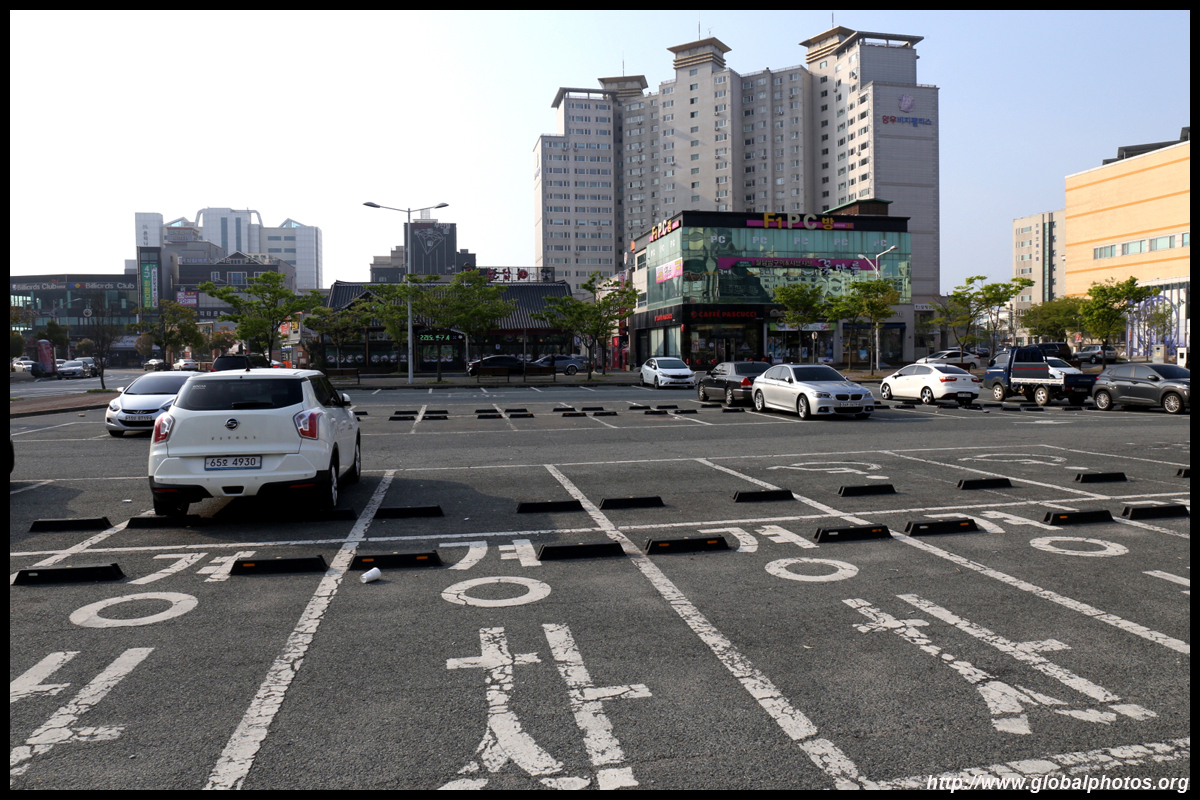
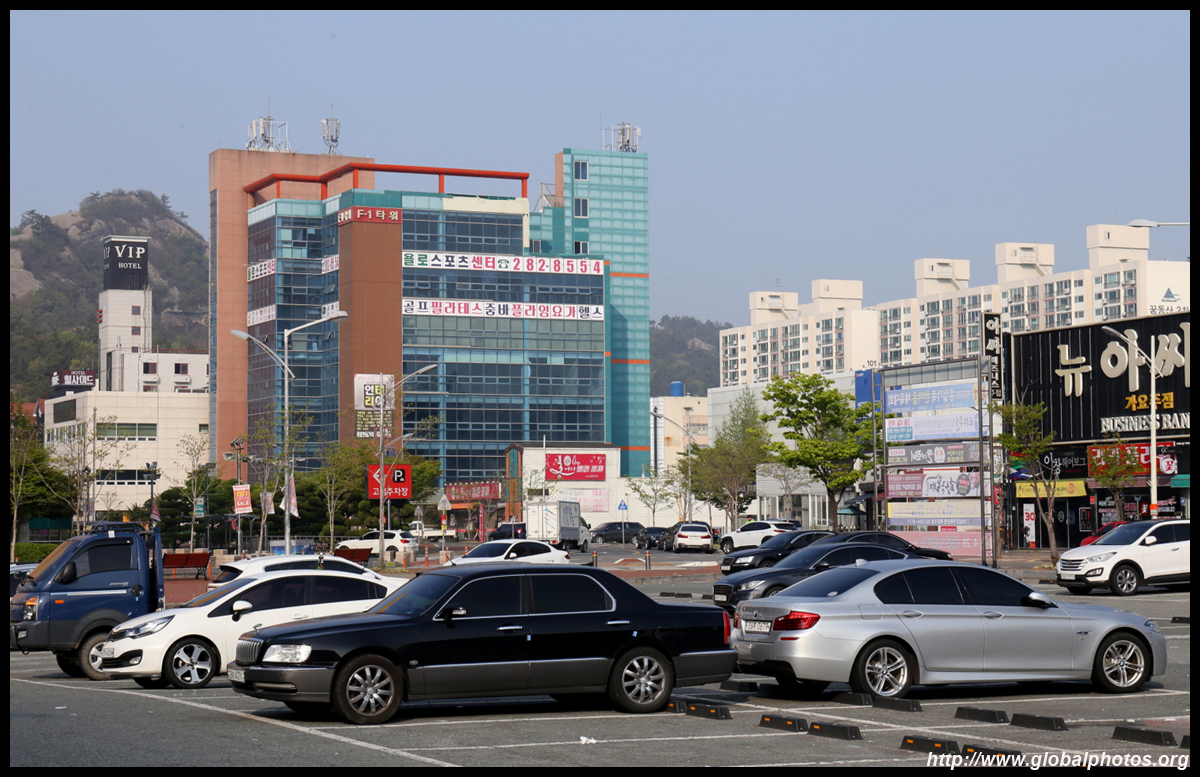
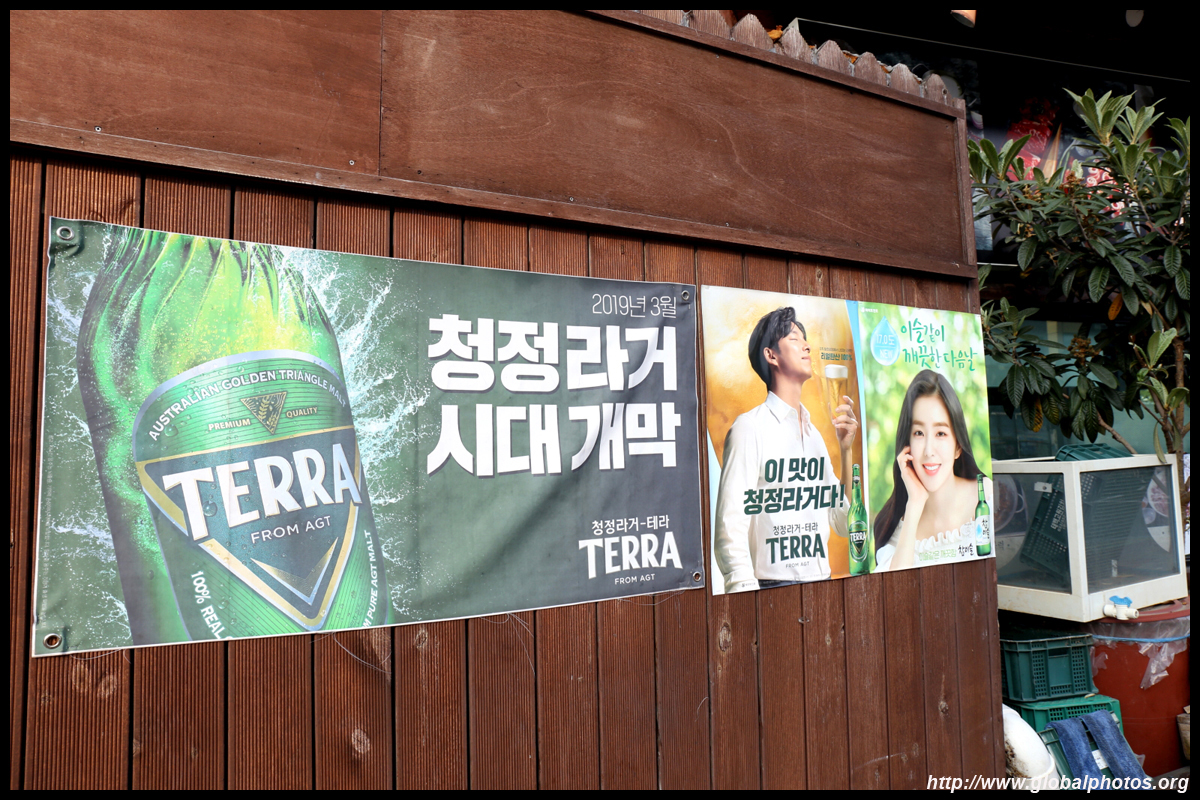
Although a new district, Hadang, and Mokpo in general, doesn't have much to offer in terms of international-rated hotels. There are a lot of love motels though, which discreetly have covers over their garage entrances so couples wanting a good time won't be as visible to everyone else.
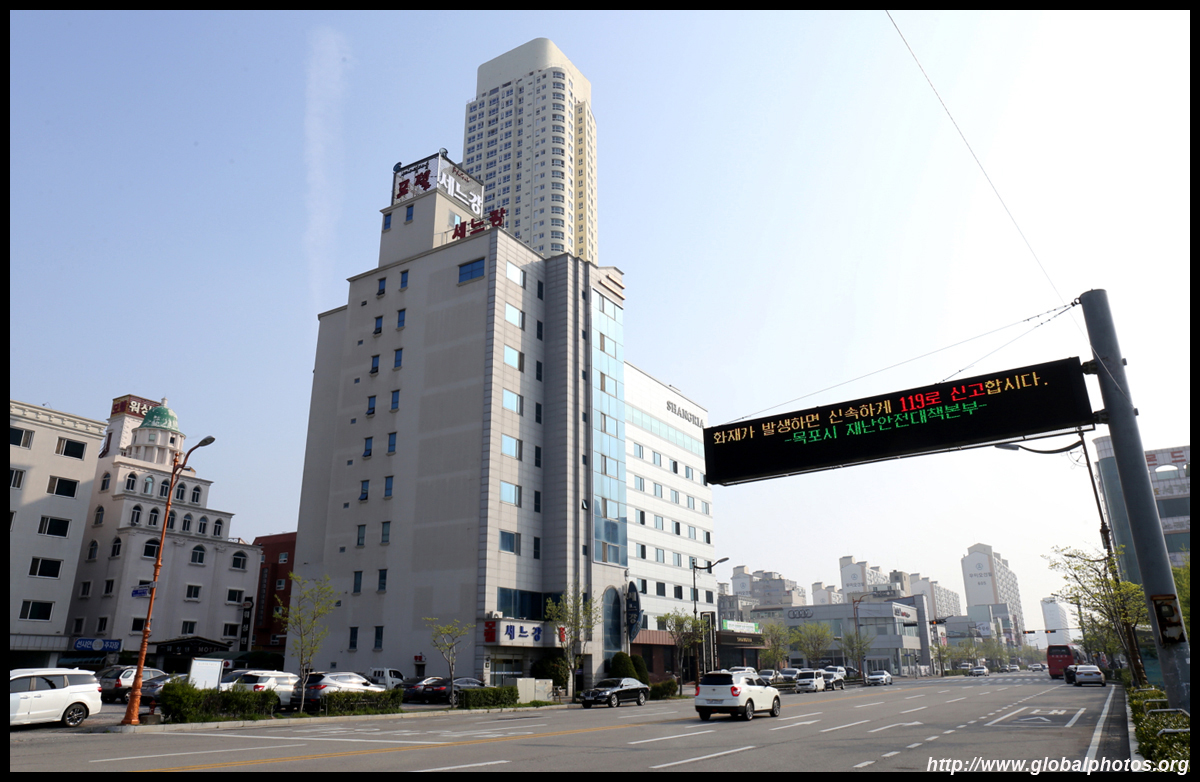
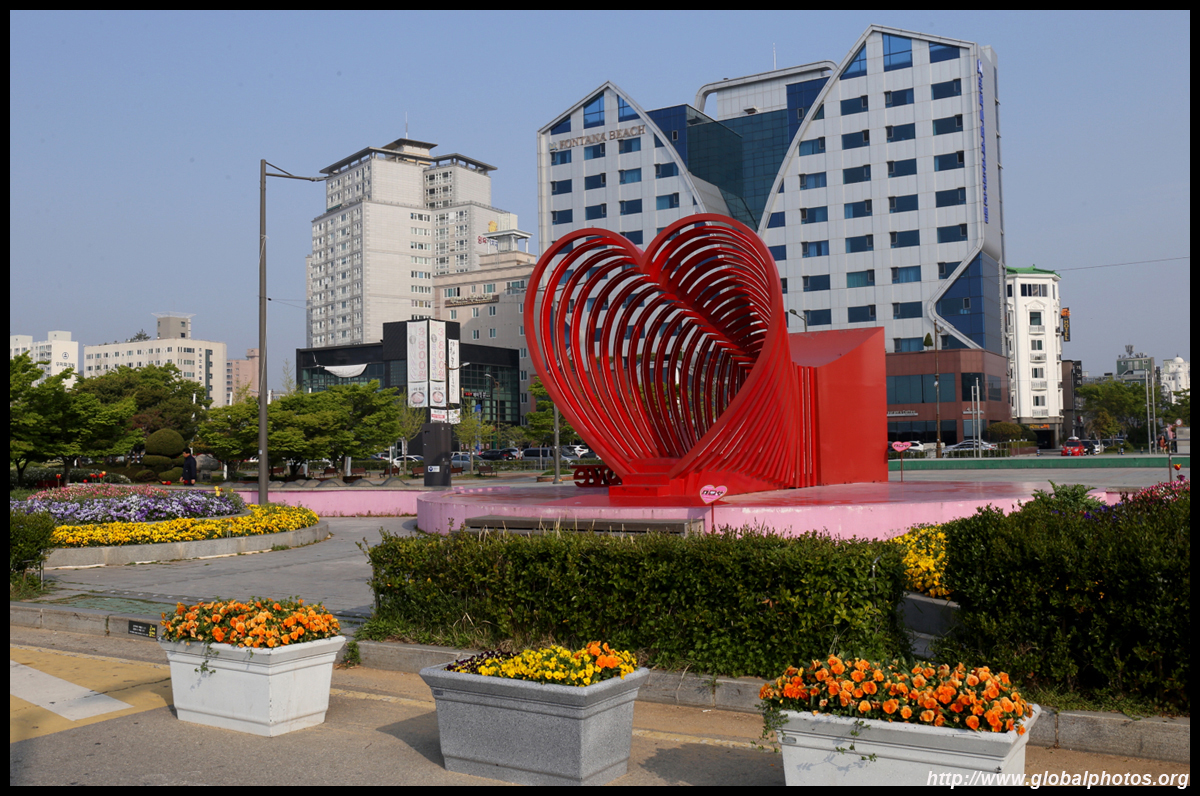
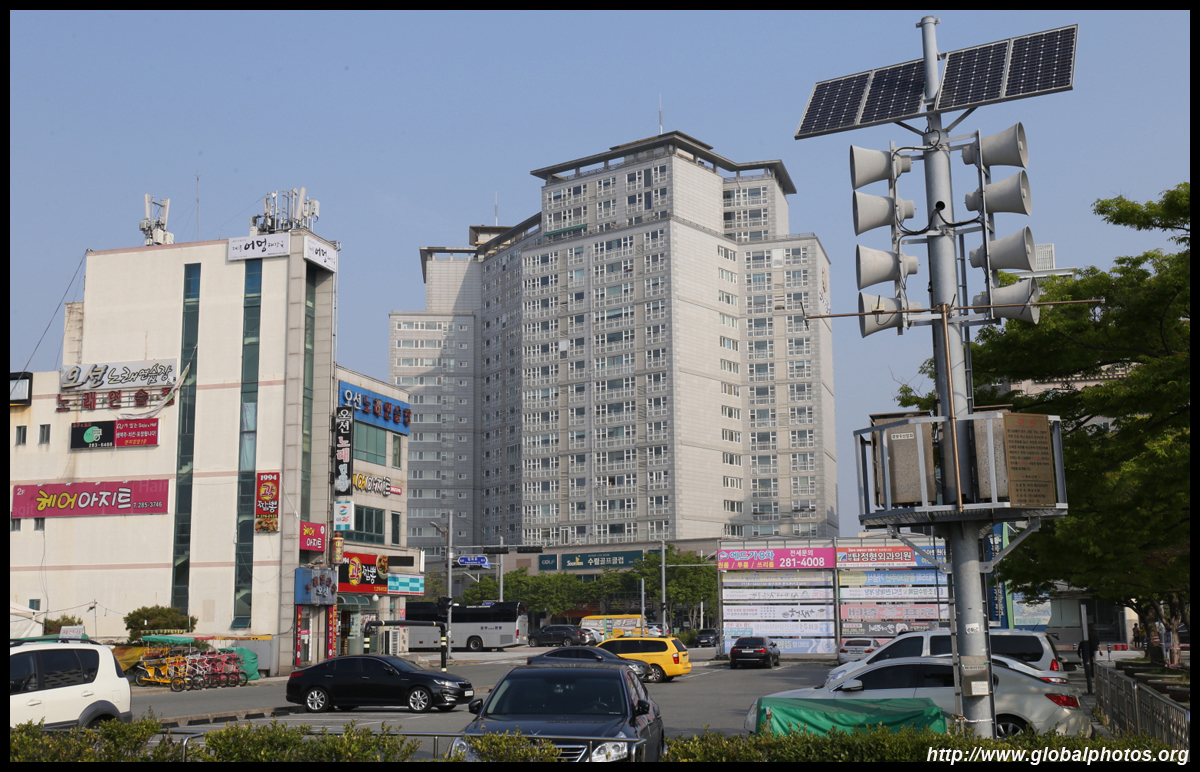
A long waterfront promenade makes good use of the location. During the day, it is a good place for a stroll. At night, the music, lights, and fountains are turned on for performances.
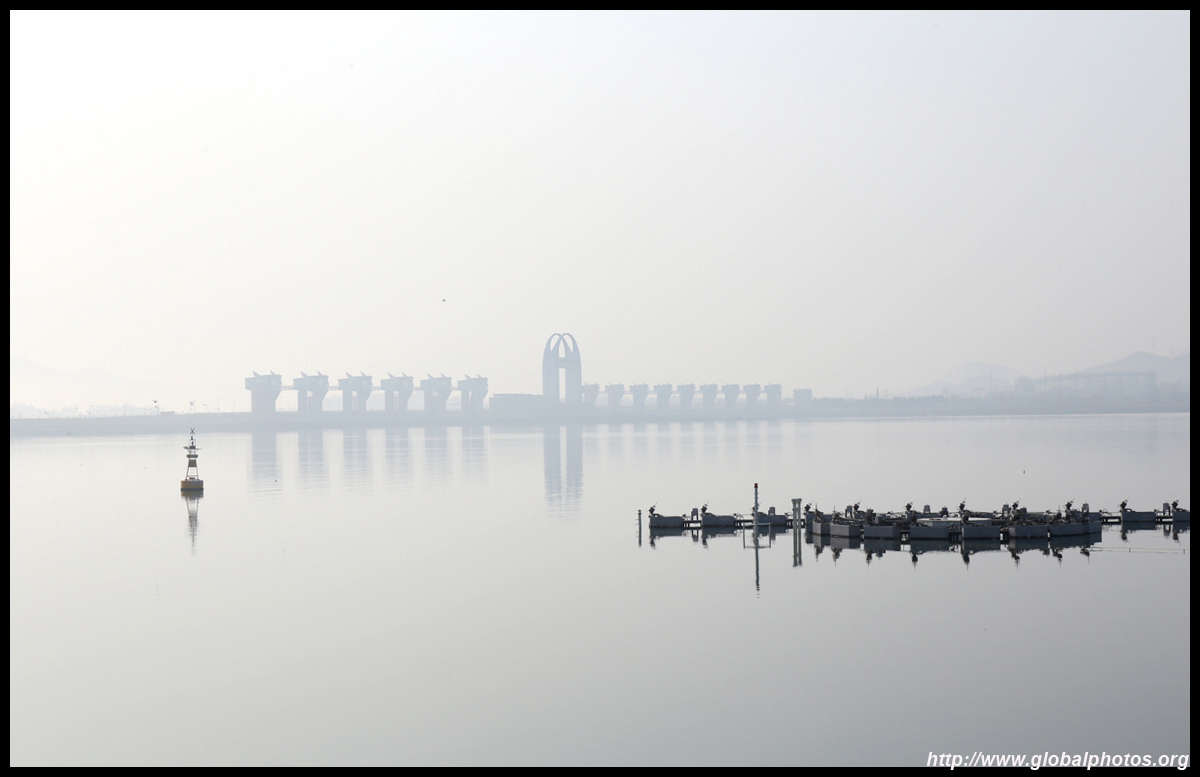
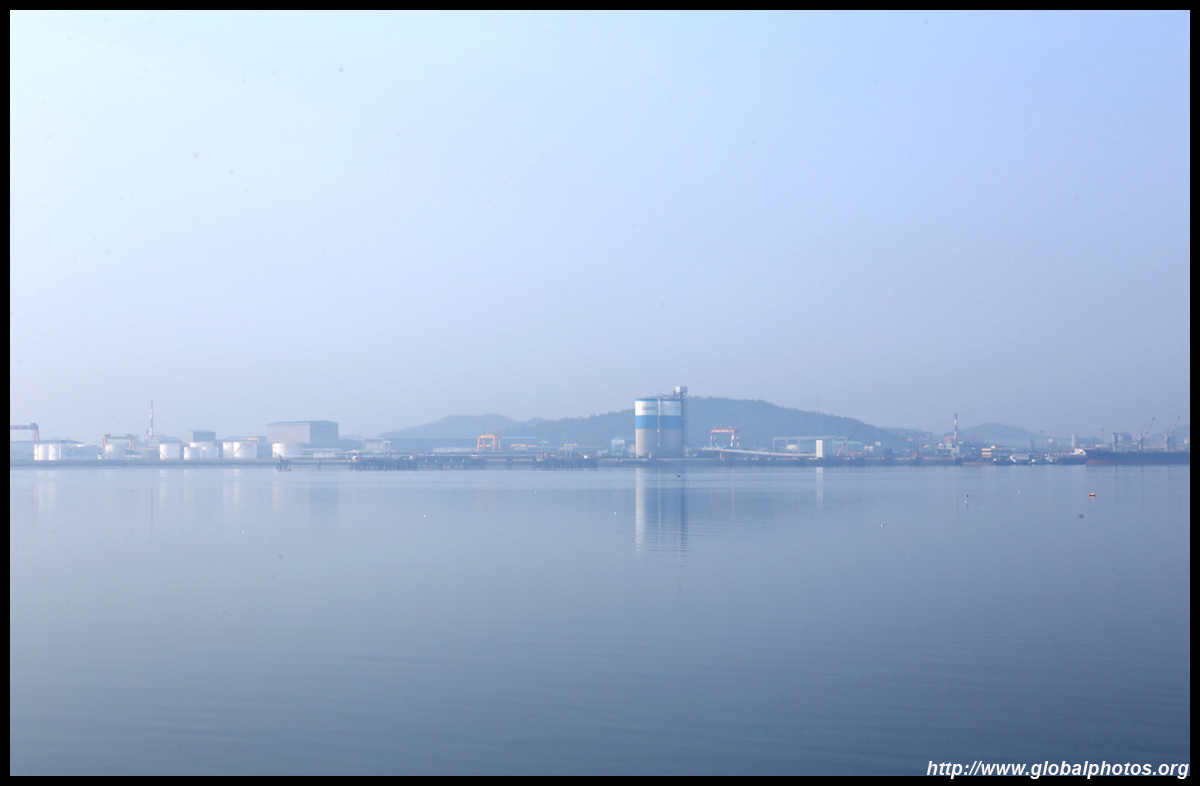
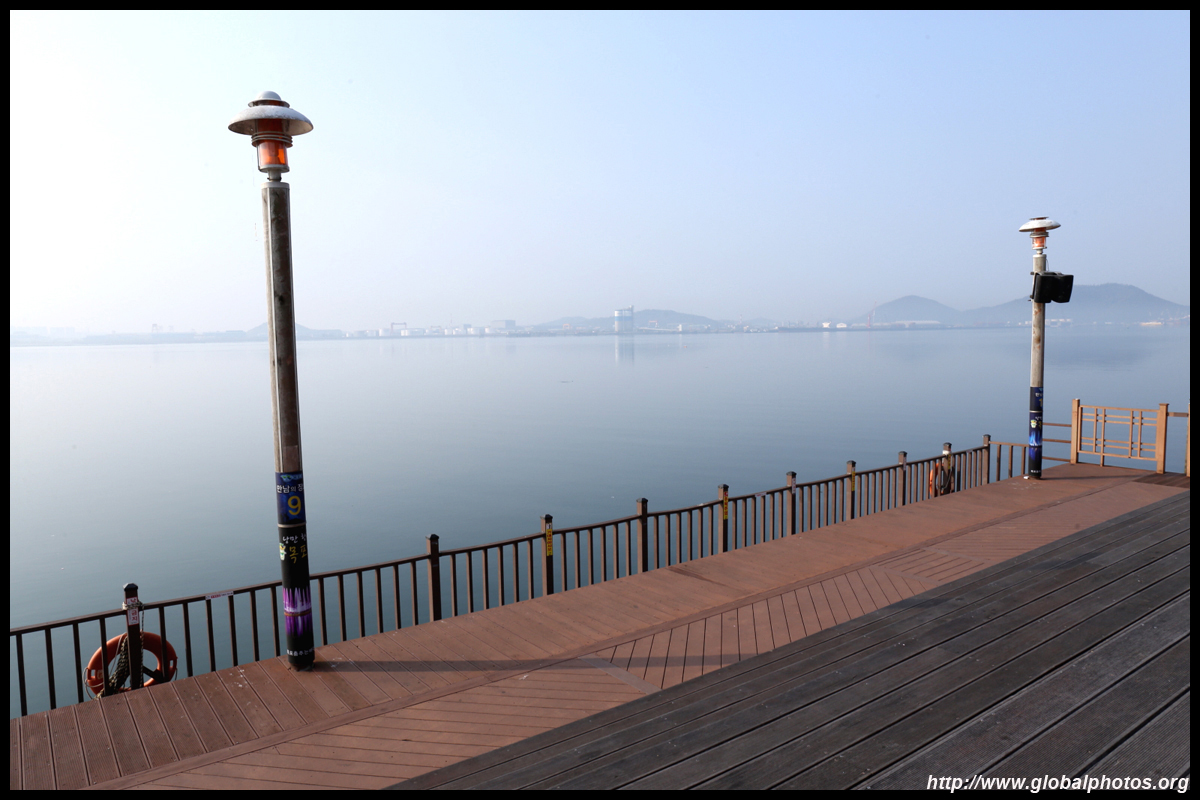
By this time in April, the cherry blossom viewing season has pretty much ended.

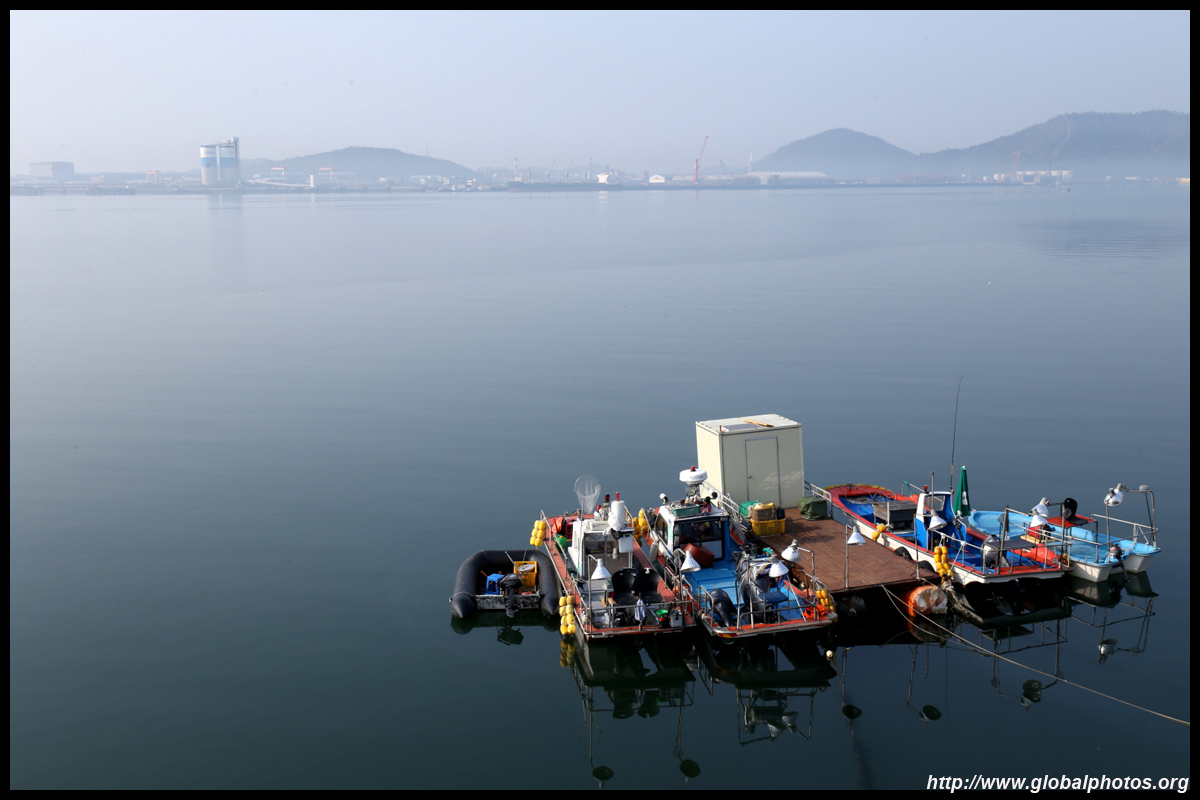
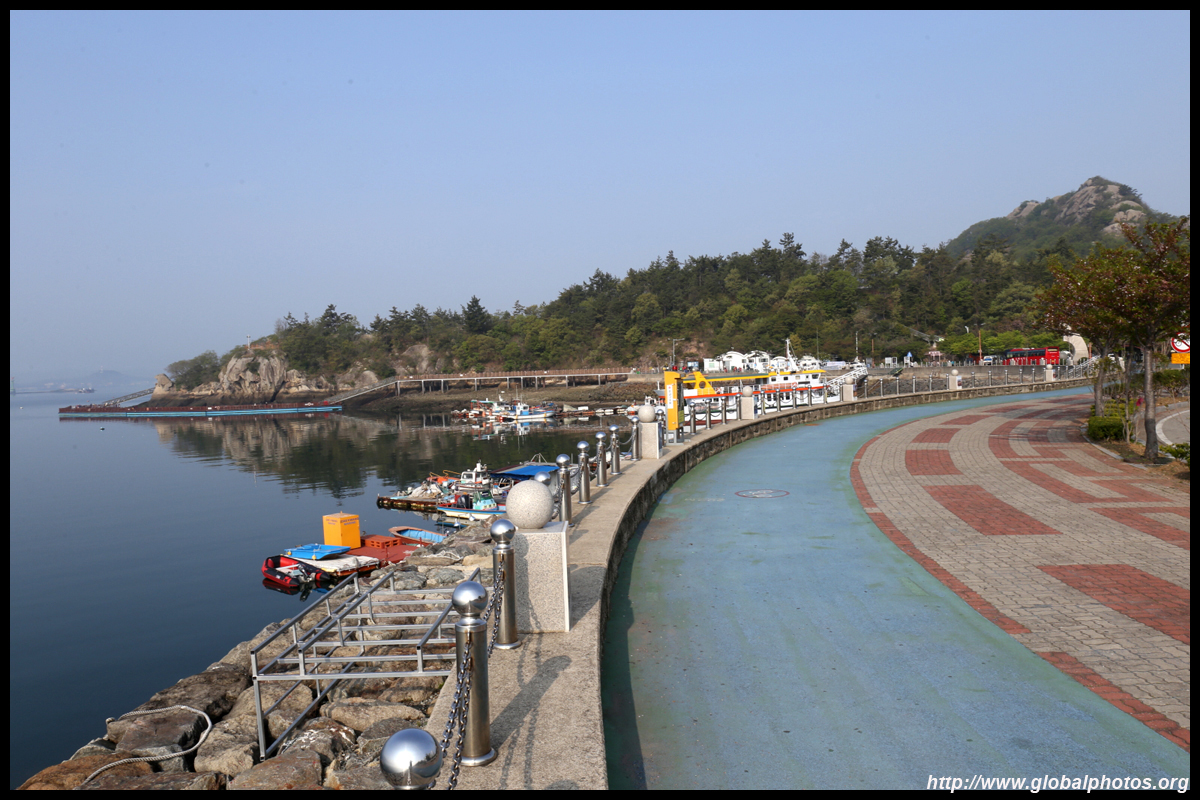
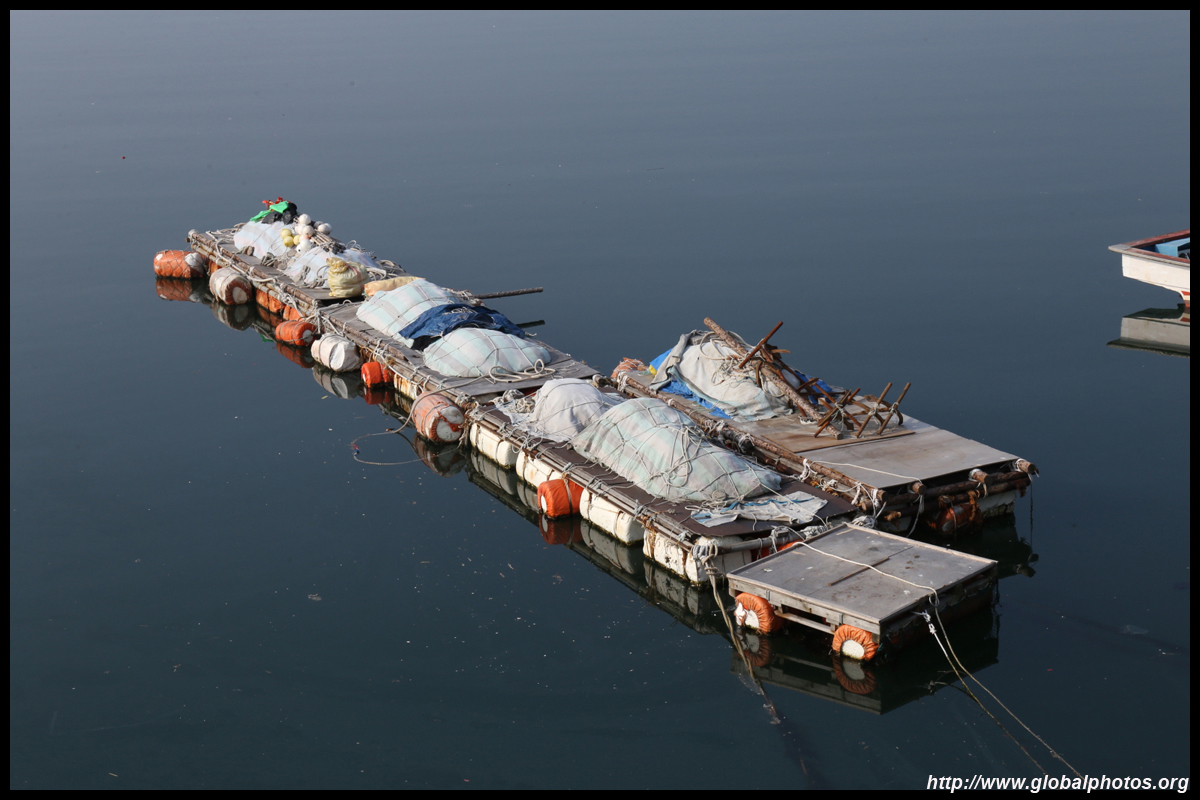
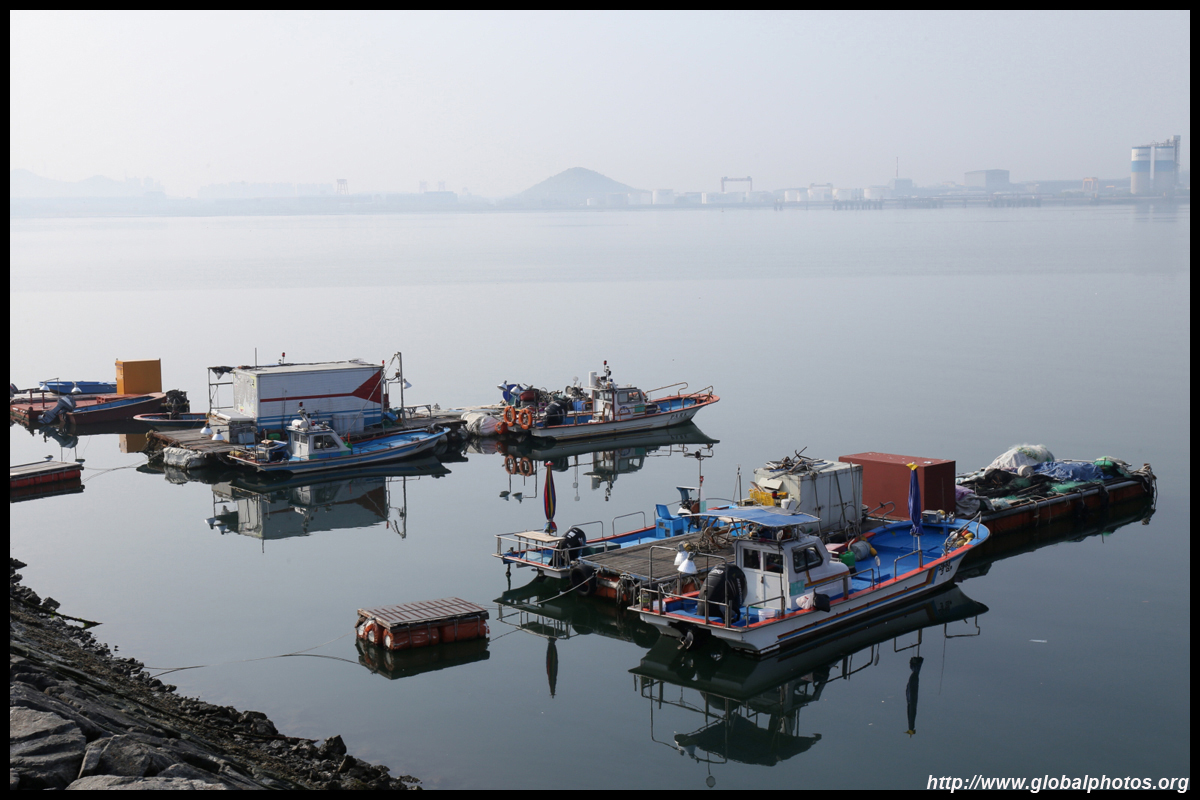
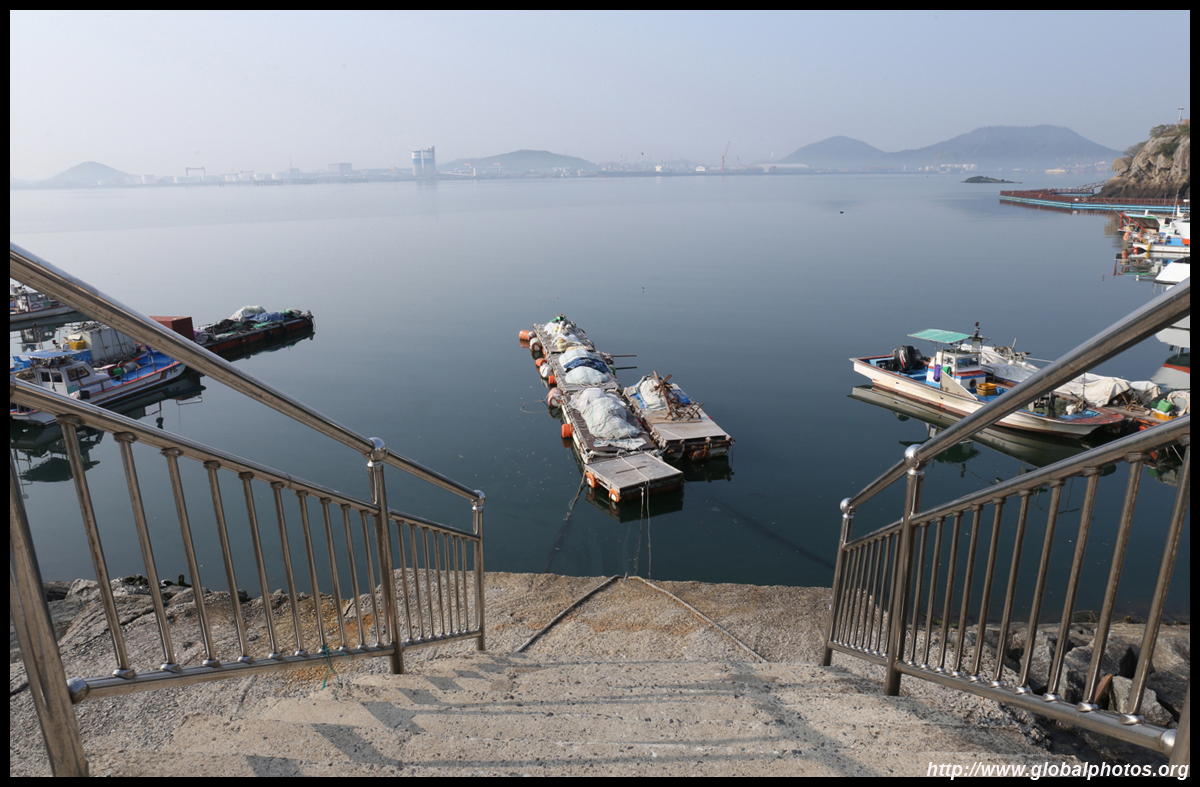
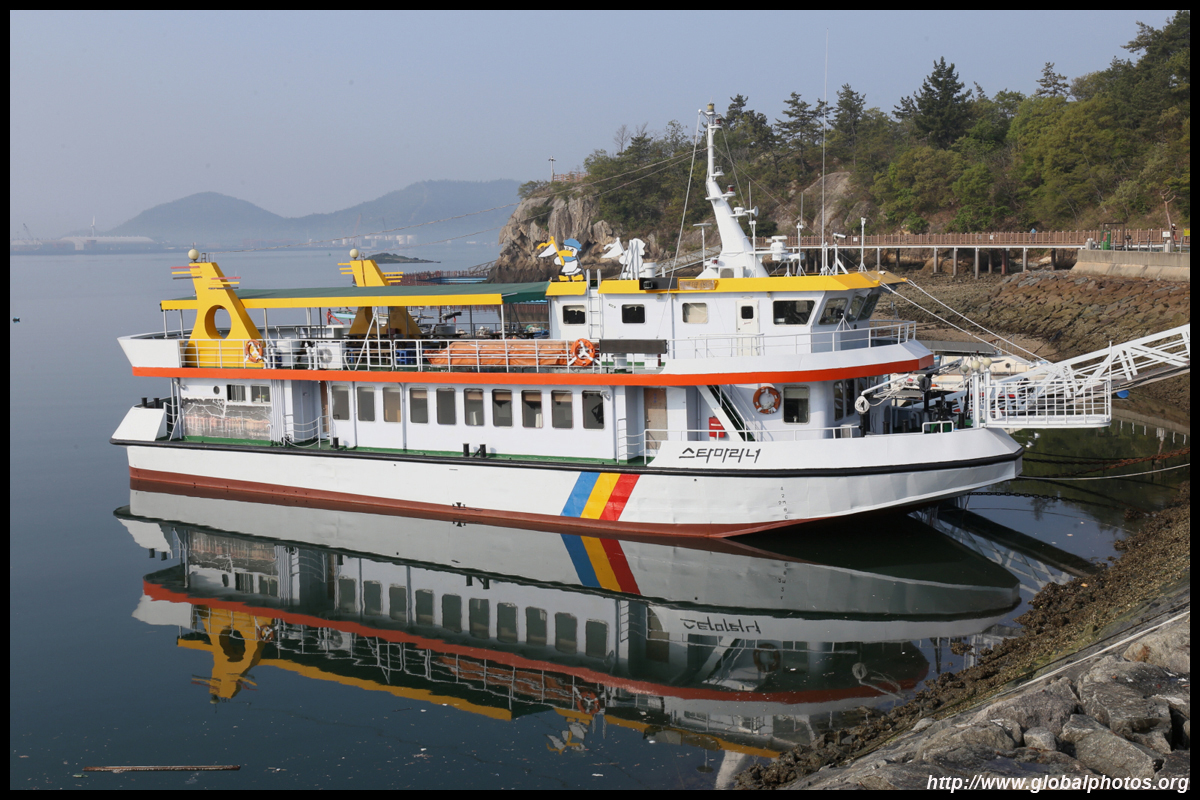
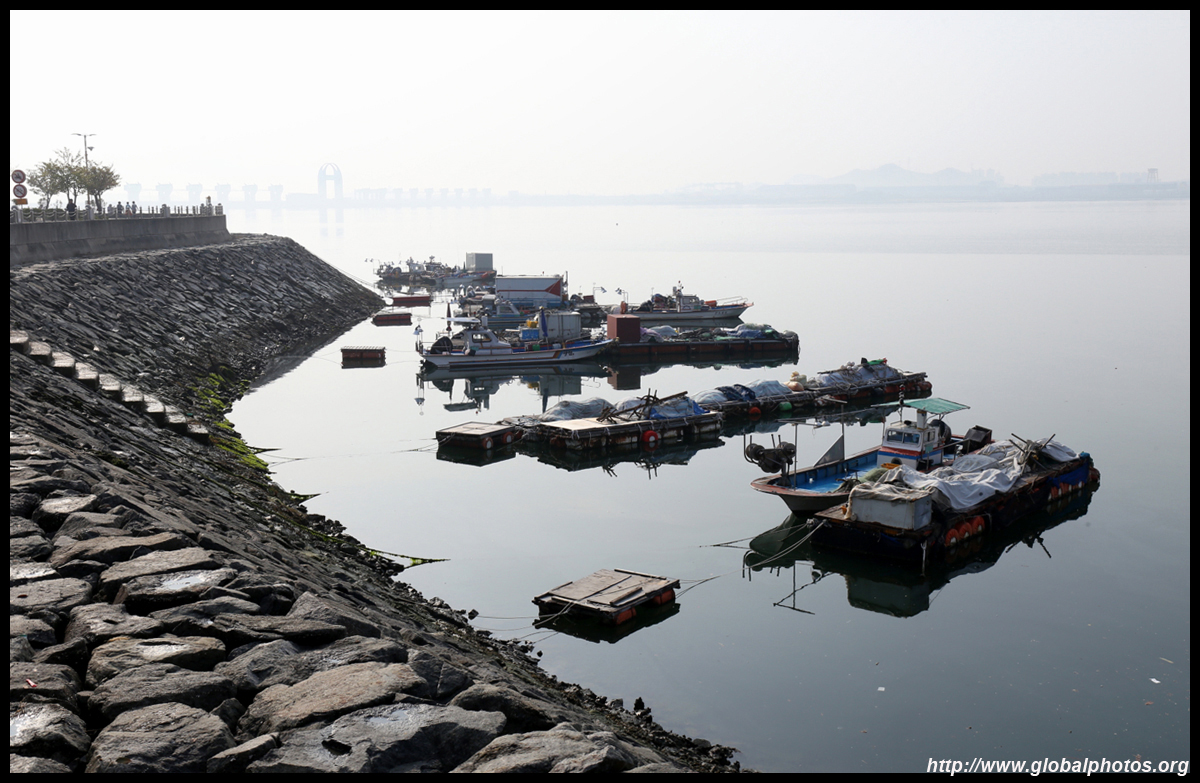
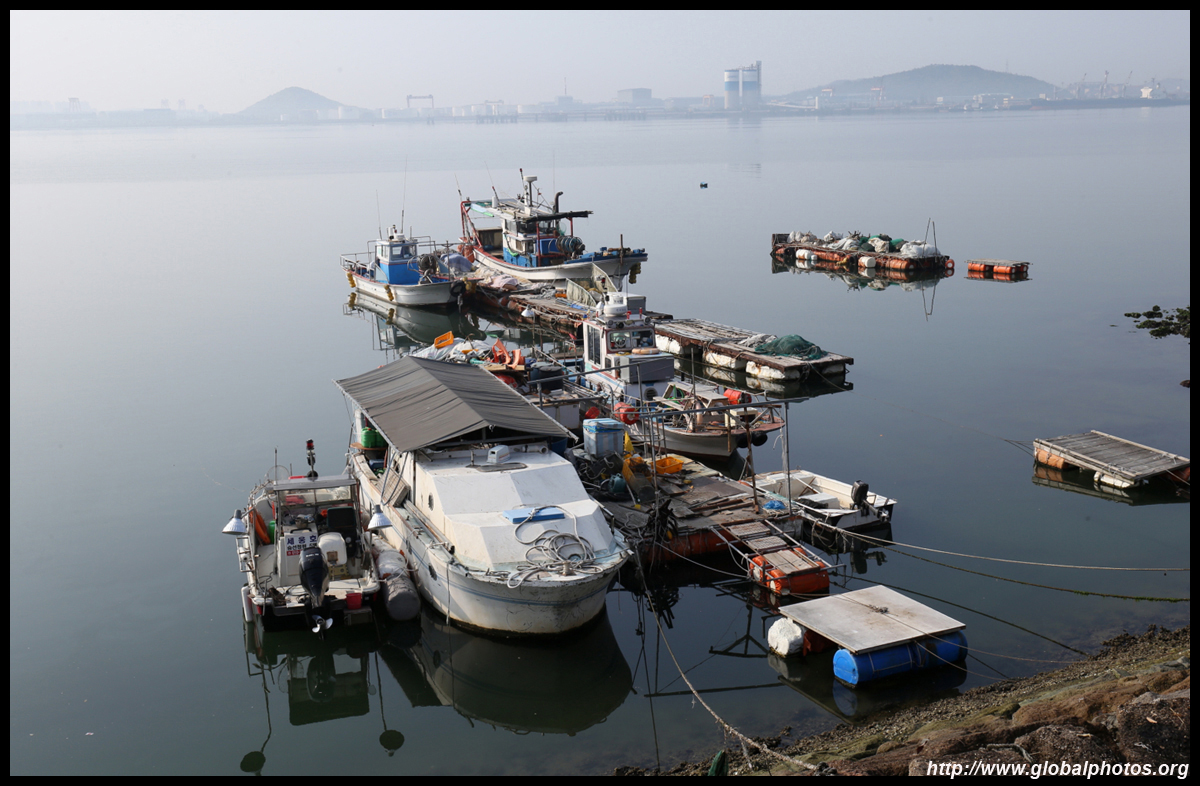
Just a short walk from the residential area is Gatbawi Rock, 2 rocks that look like people wearing traditional hats. Formed by volcanic ash from about 80 million years ago, the rocks face the water and a promenade that extends into the water make viewing and photos easy.
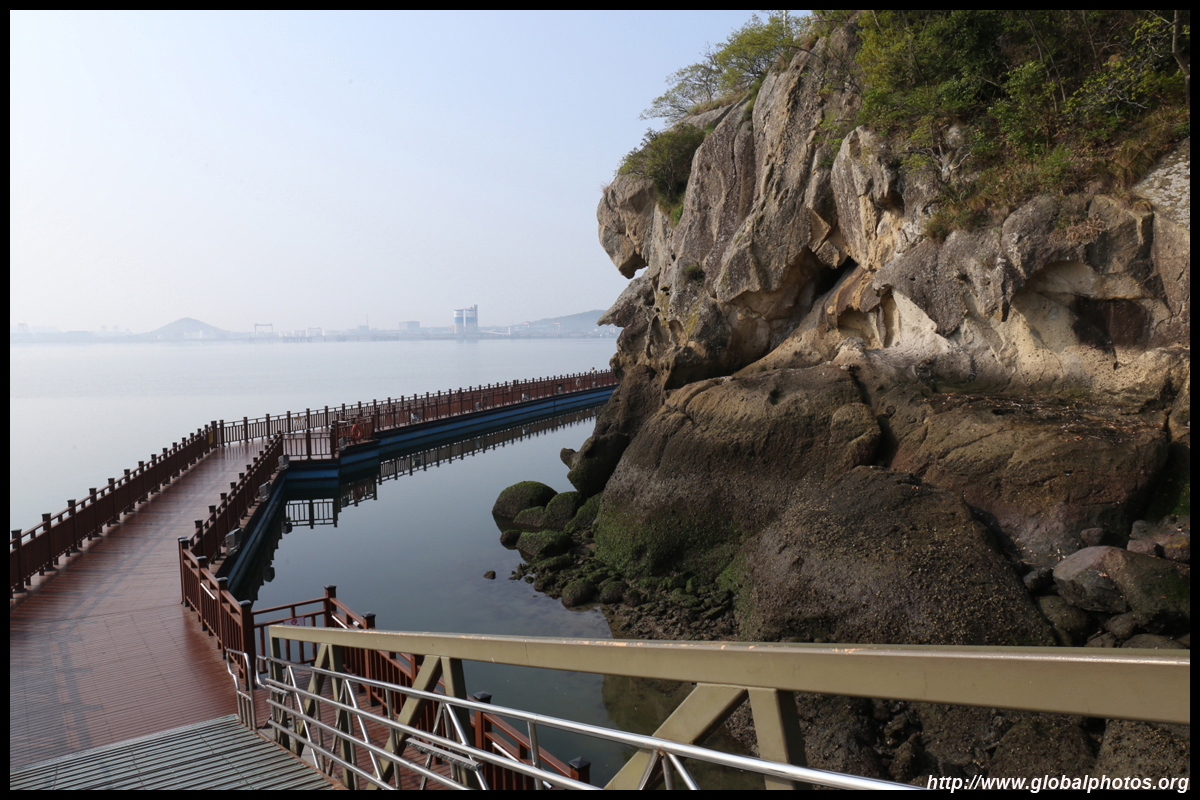
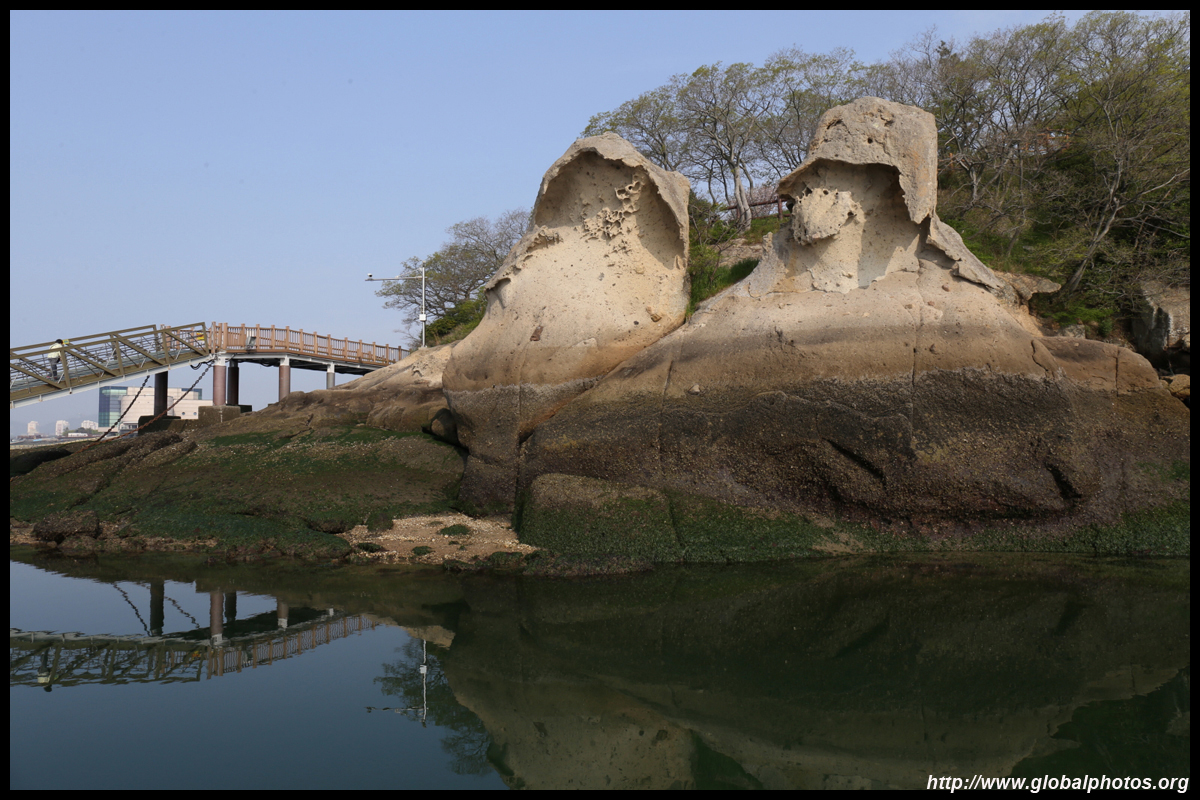
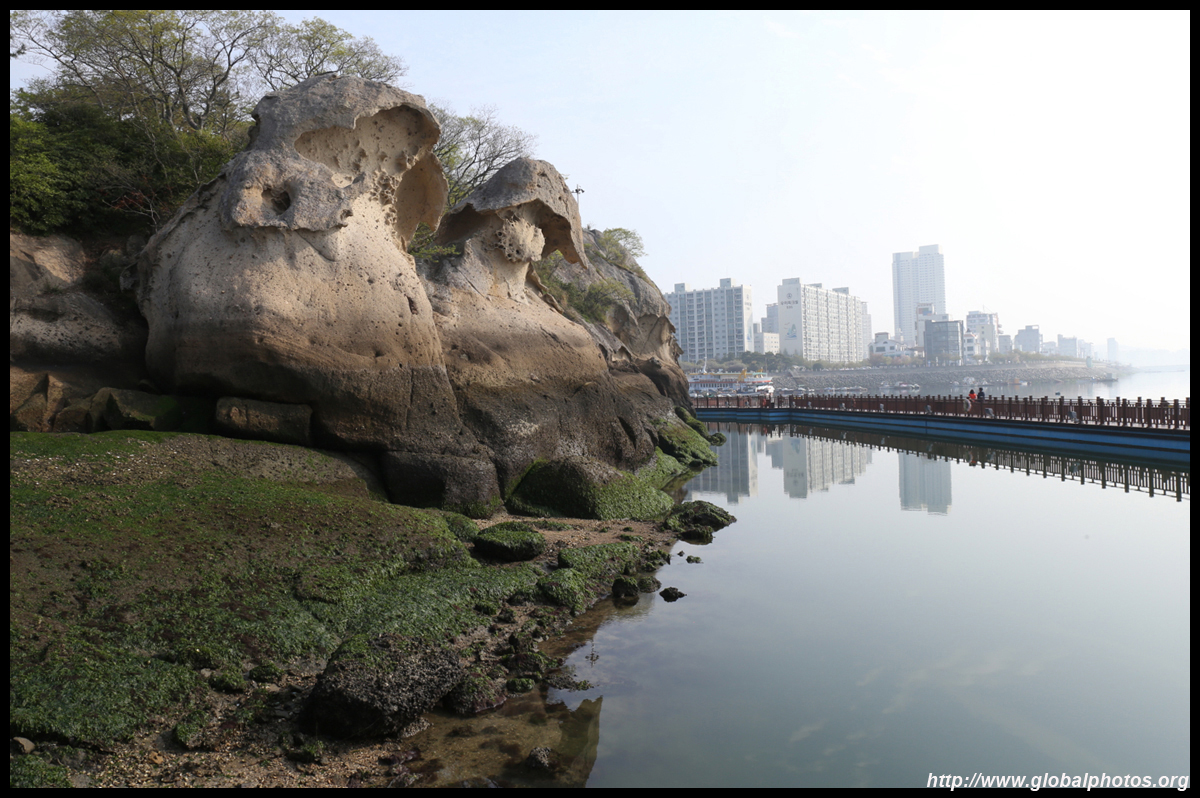
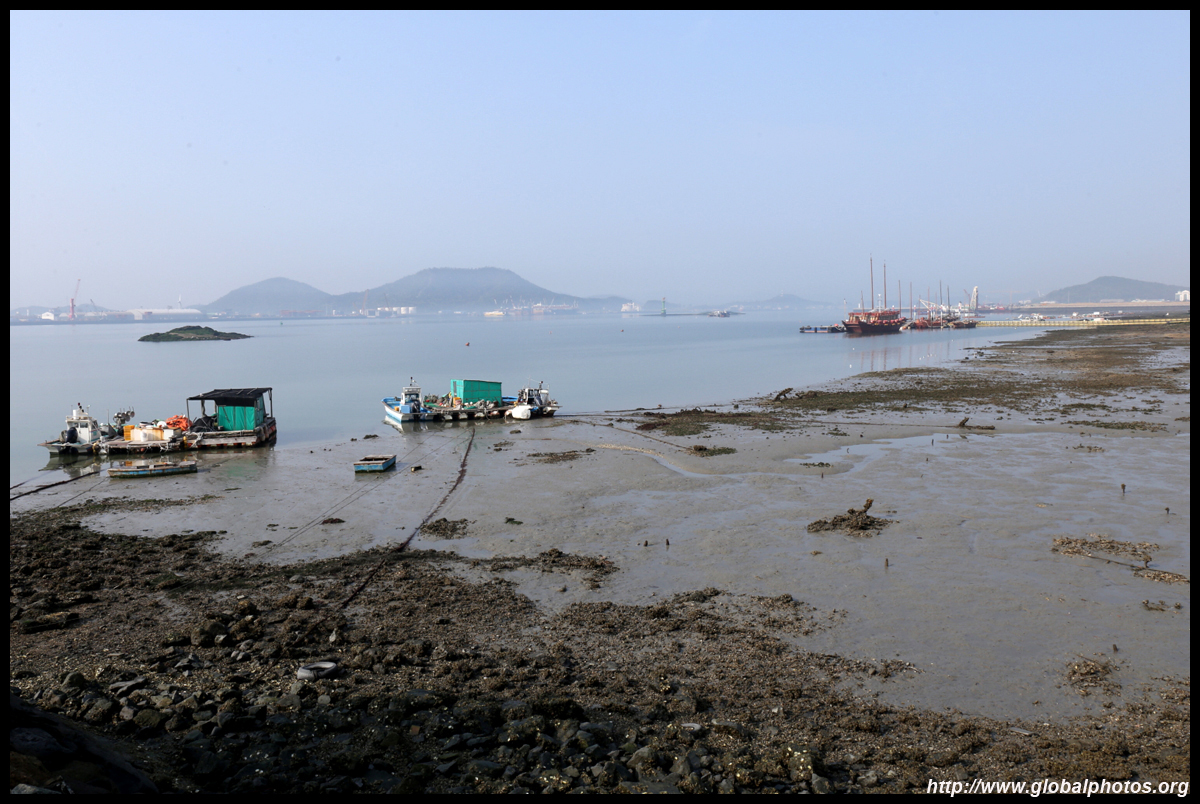
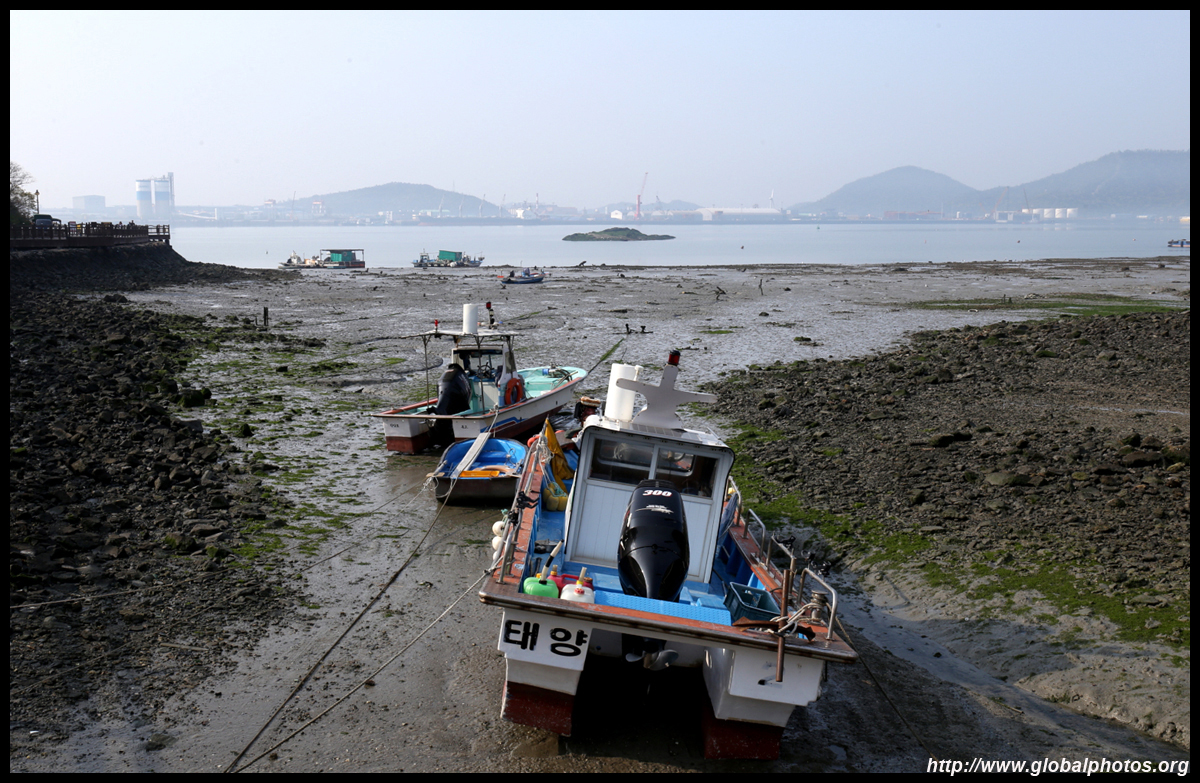
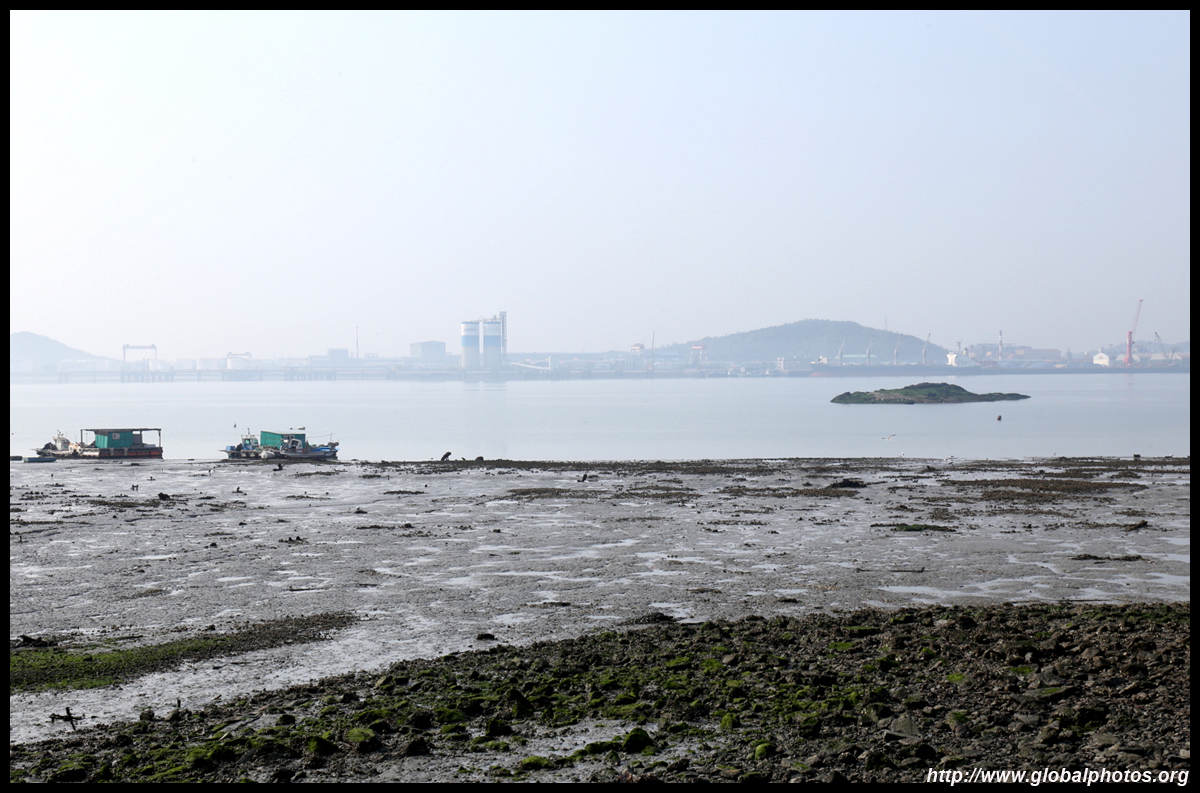
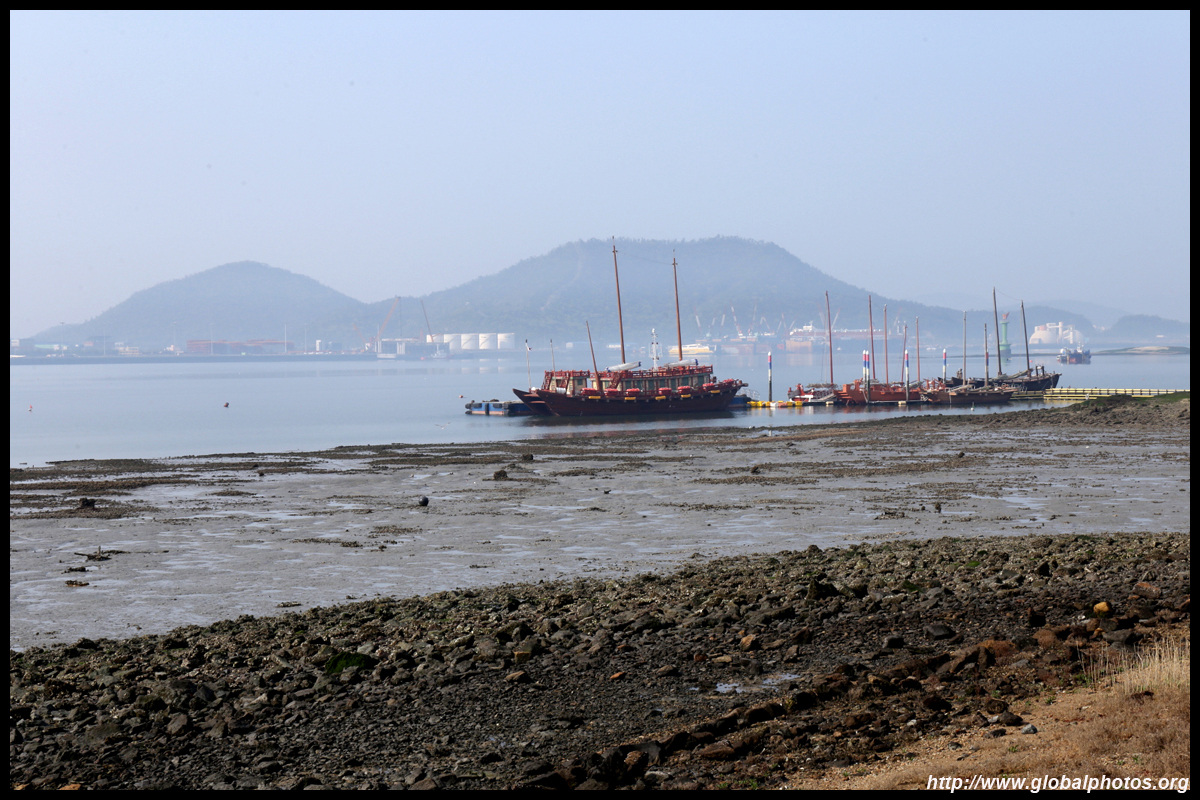
You have now reached the Gatbawi Culture District, an area of museums still 4km east of the city centre. The first one on is the Maritime Museum, which showcases various hauls found from sunken wrecks. The best part is it is free to visit.
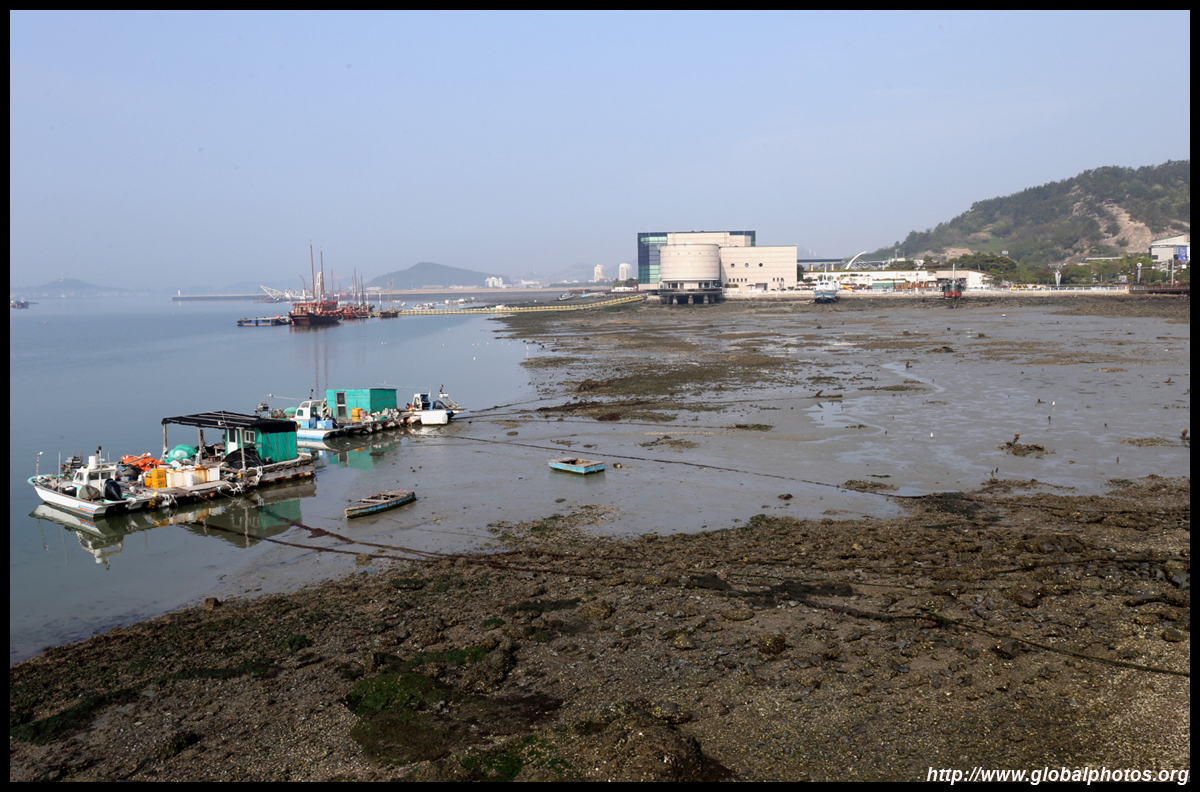
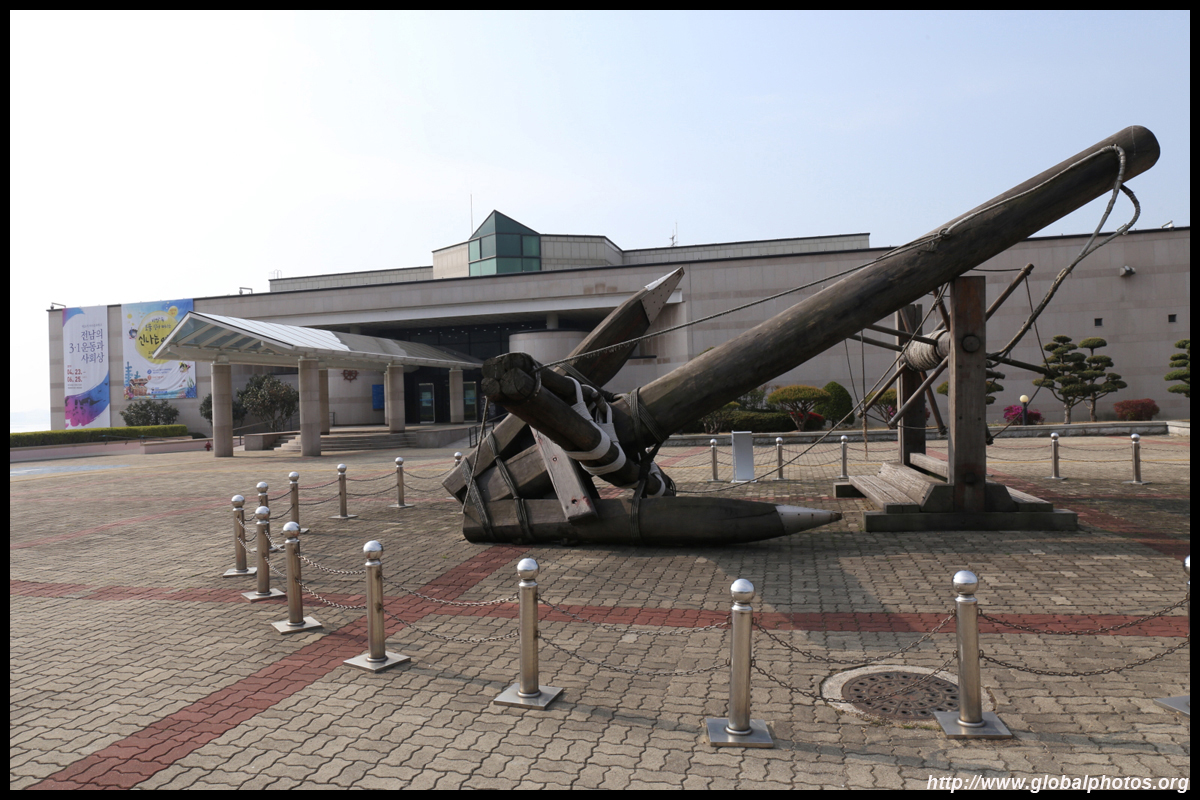
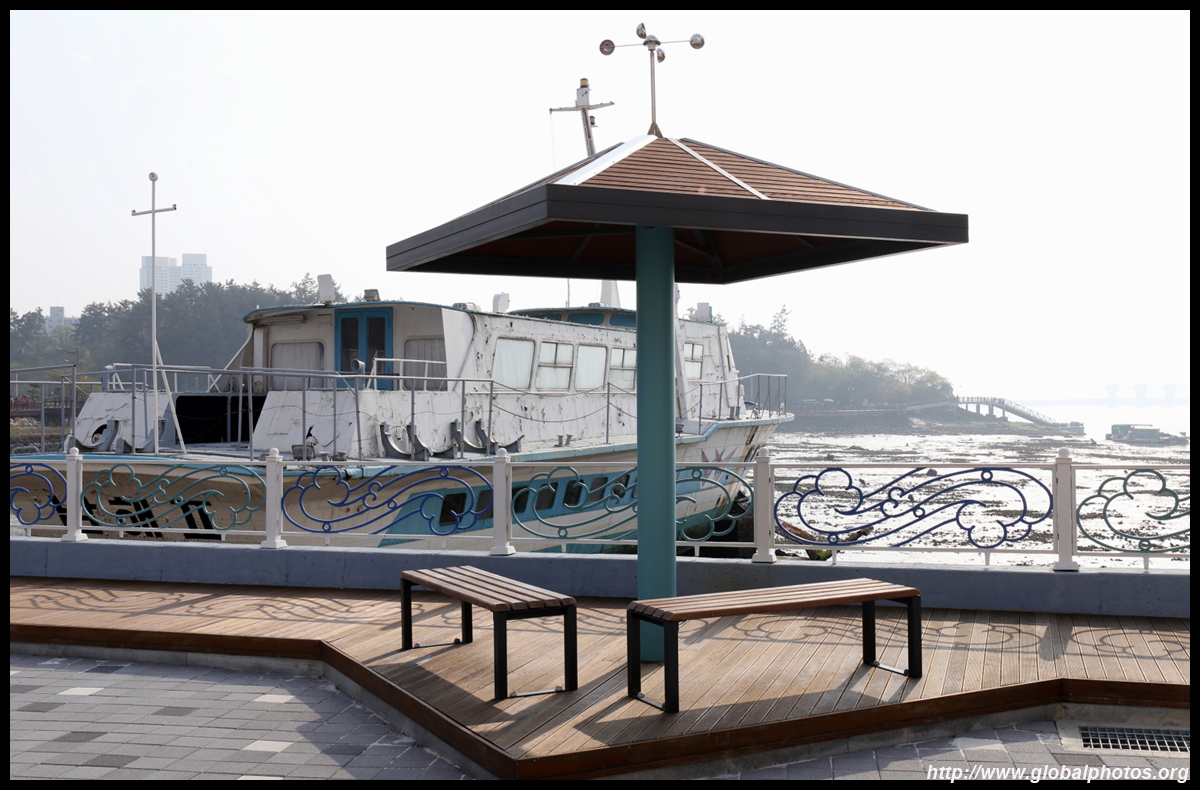
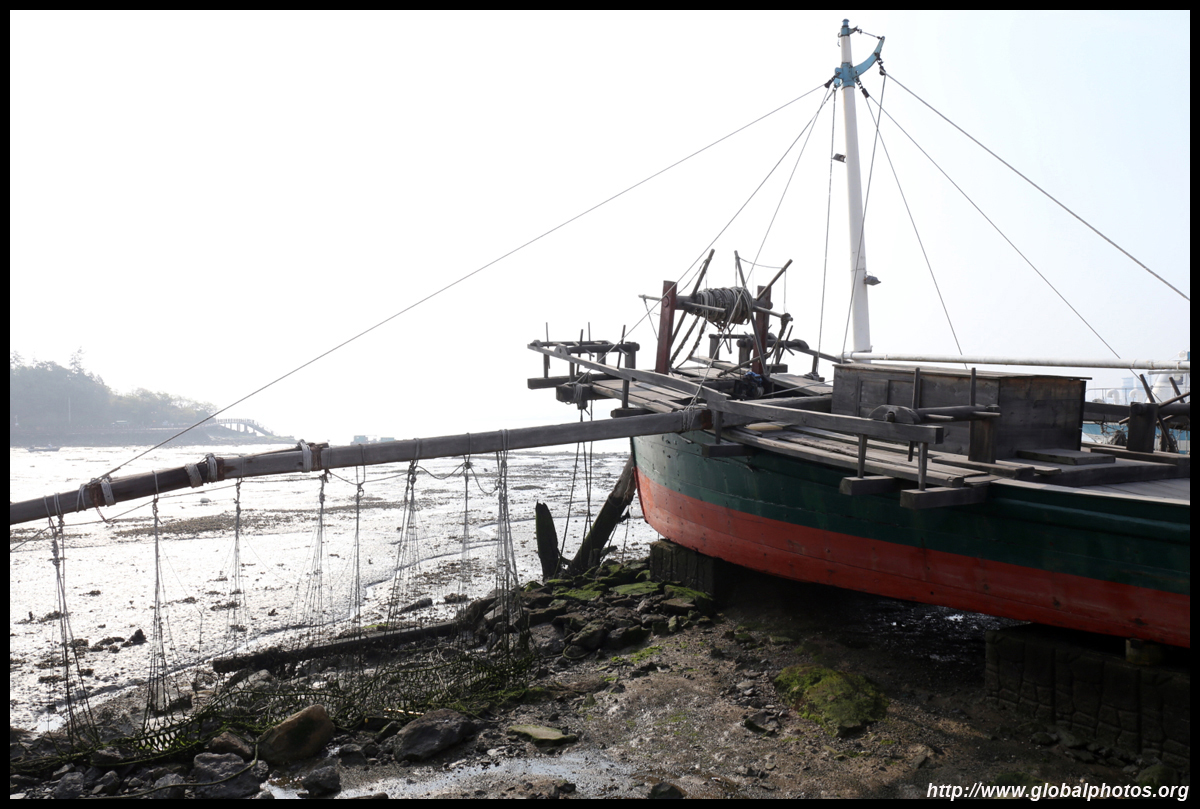
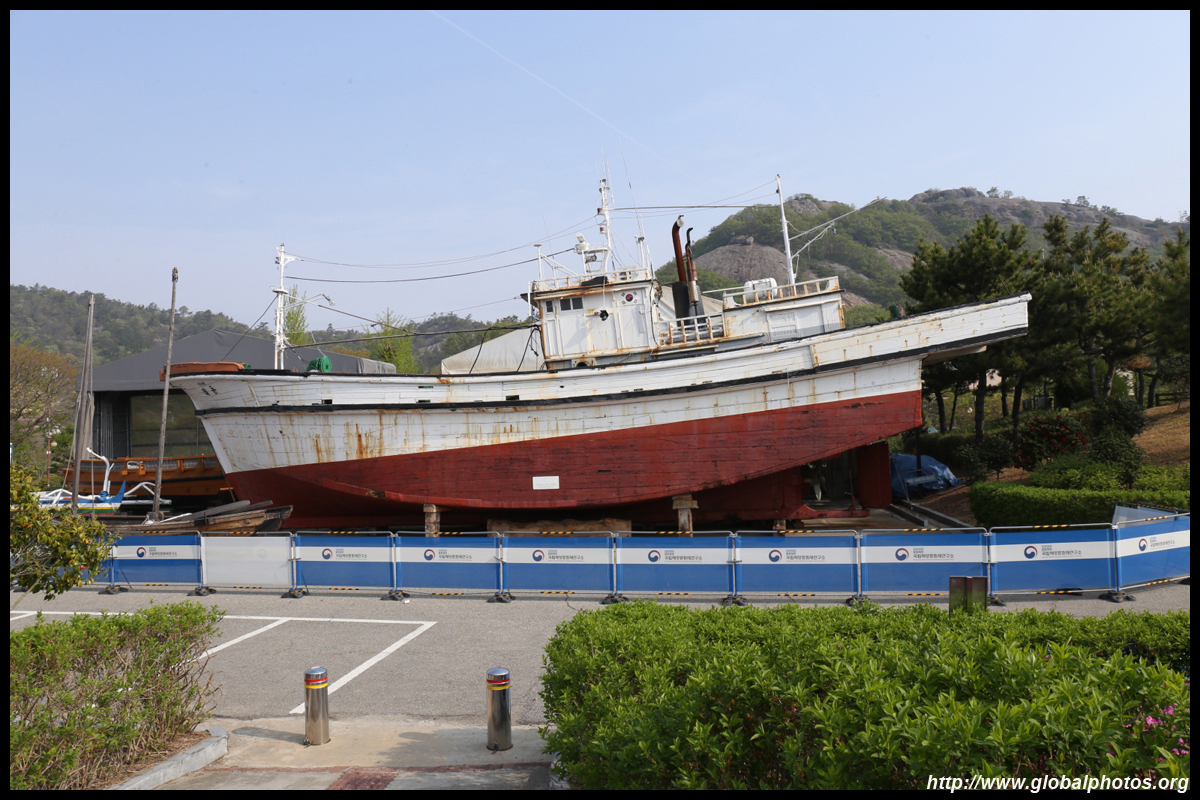
The first gallery exhibits maritime exchanges with neighbouring countries. Over 200 ceramic and celadon wares from Fujian were recovered from around Mado Island. These artifacts from the Song and Yuan Dynasties were originally destined for Korea and Japan.
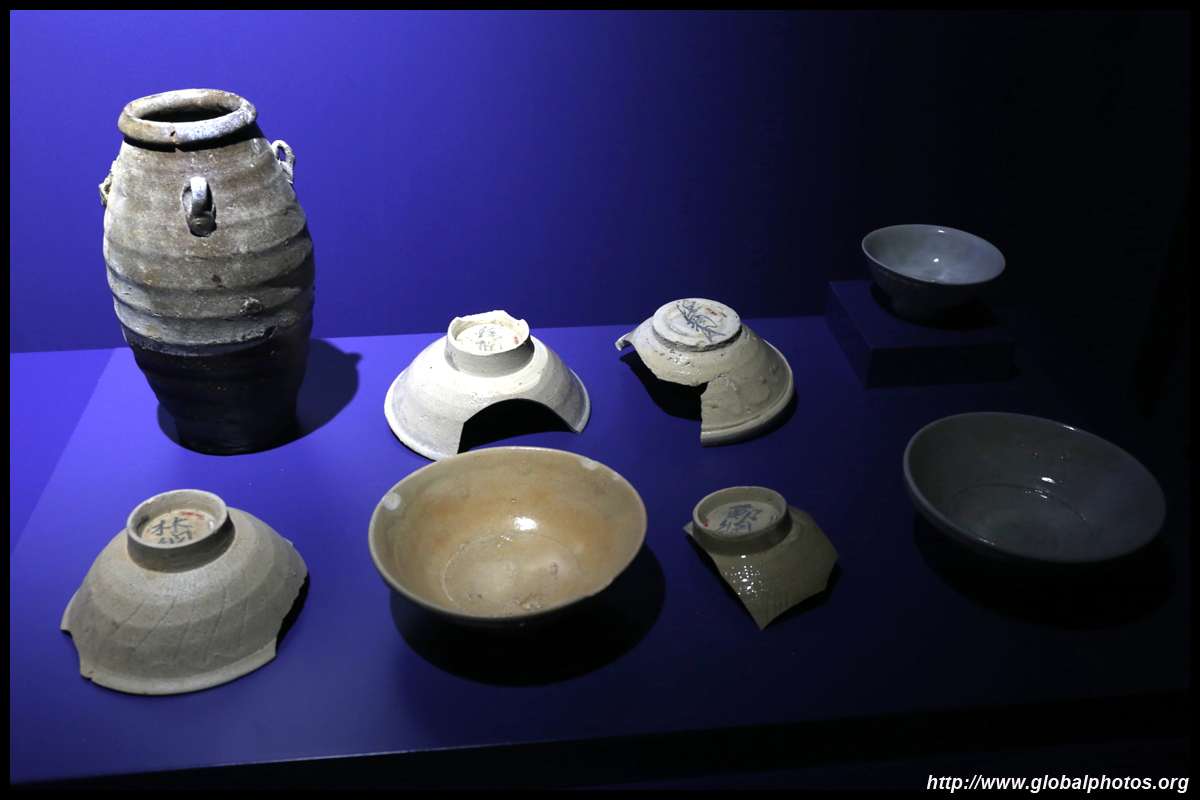
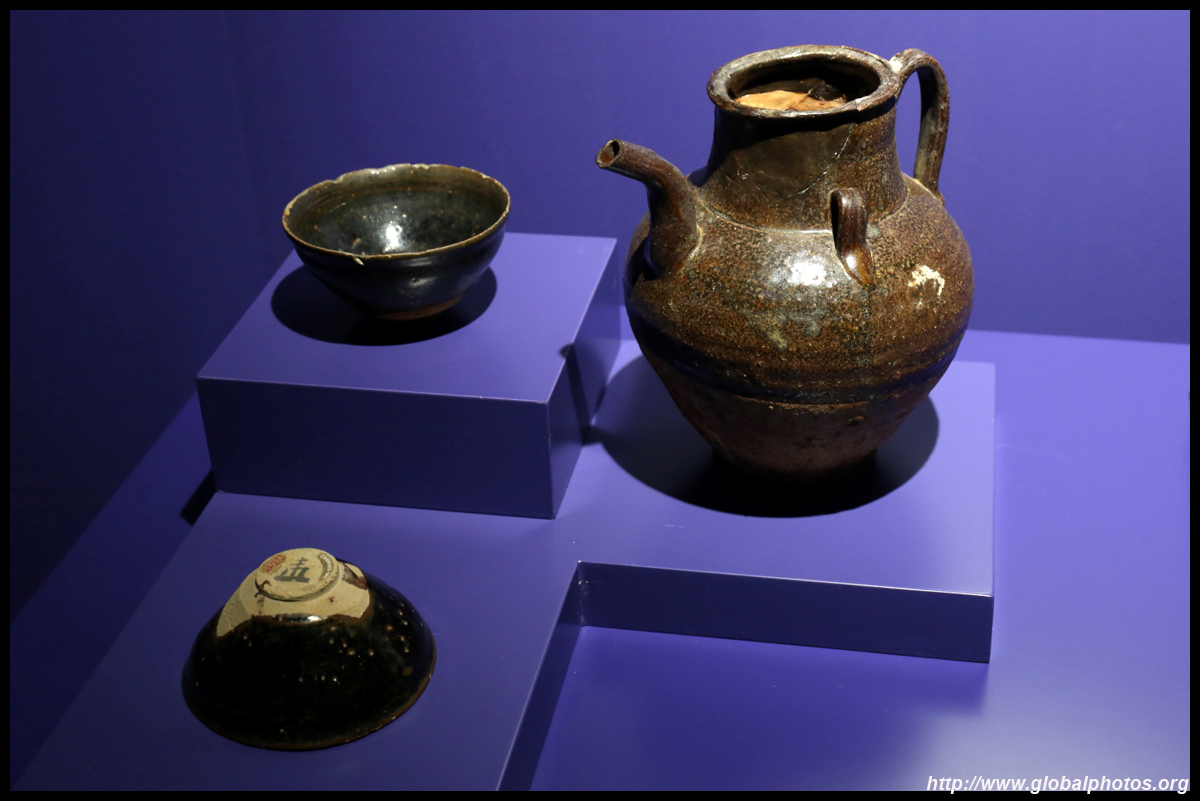
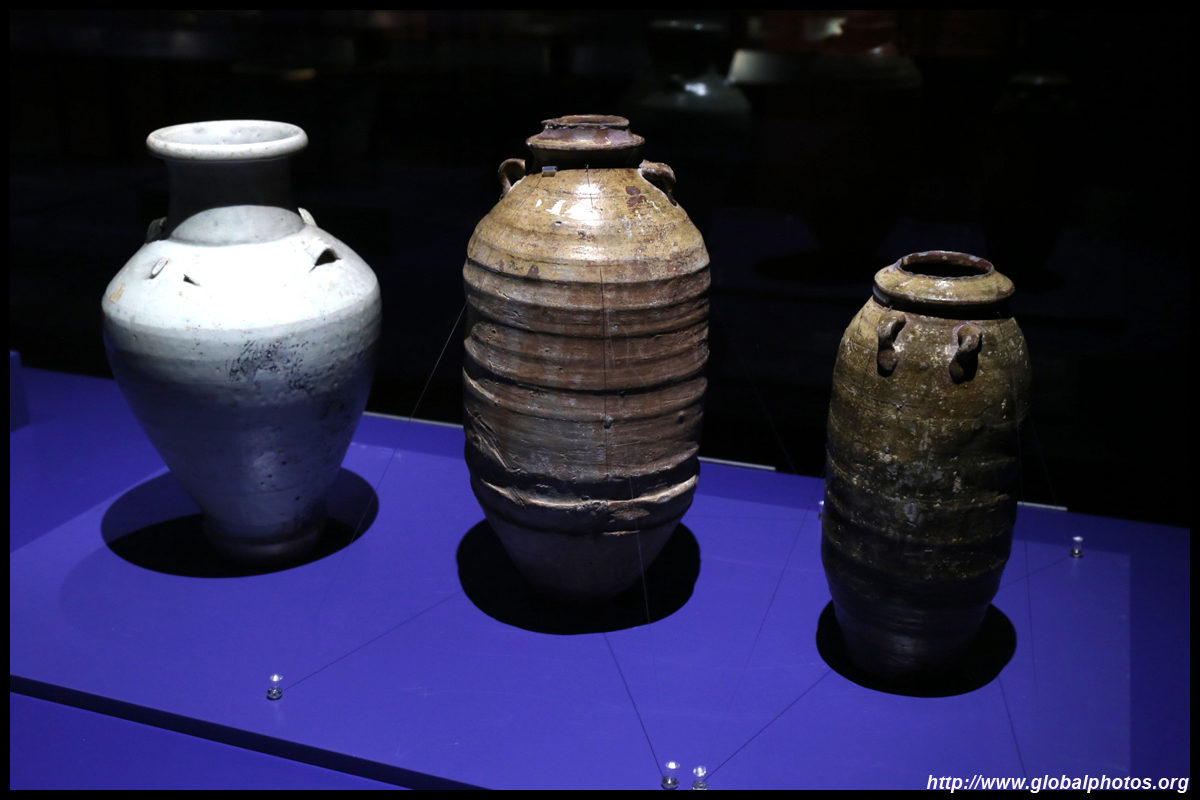
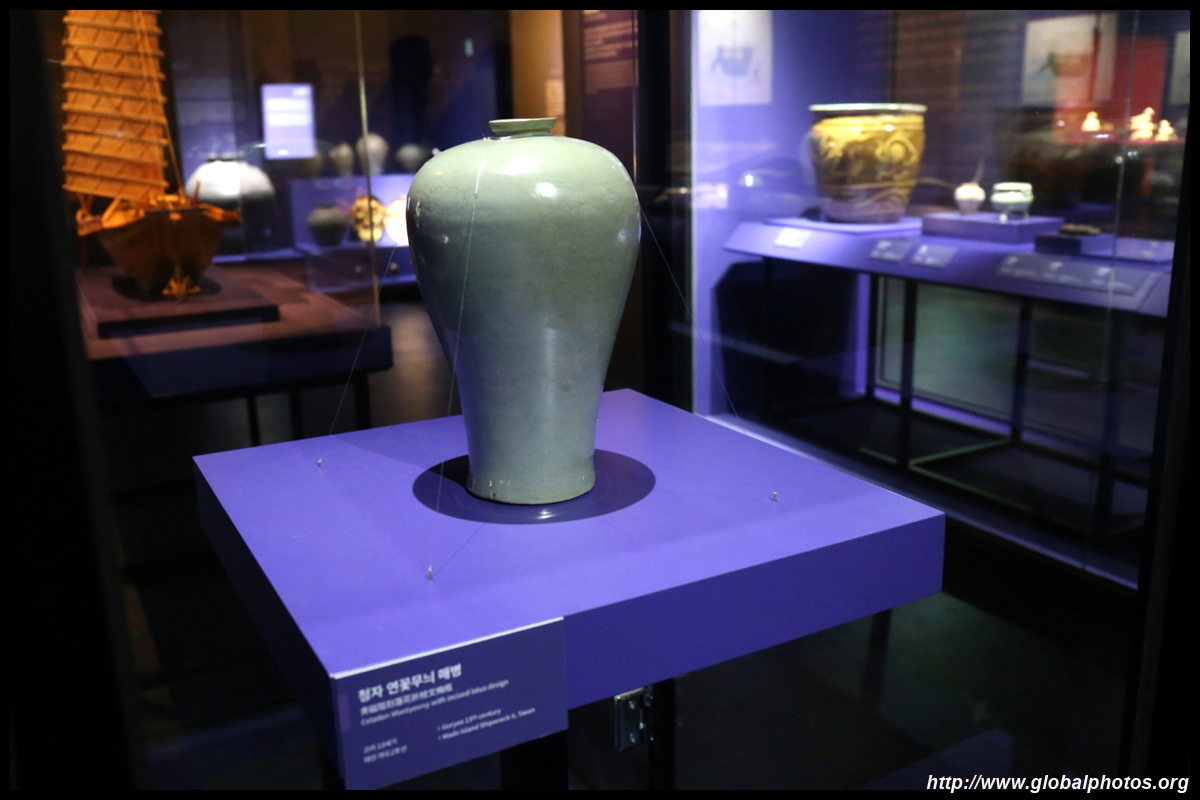
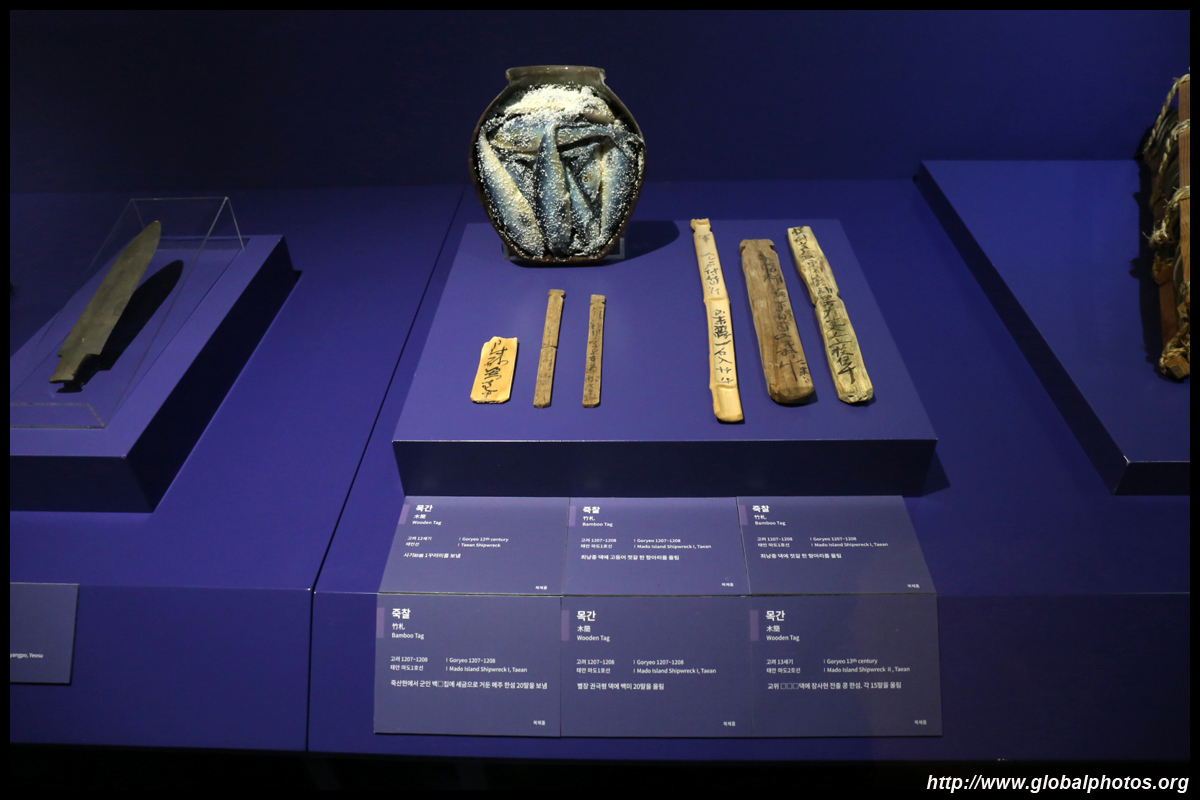
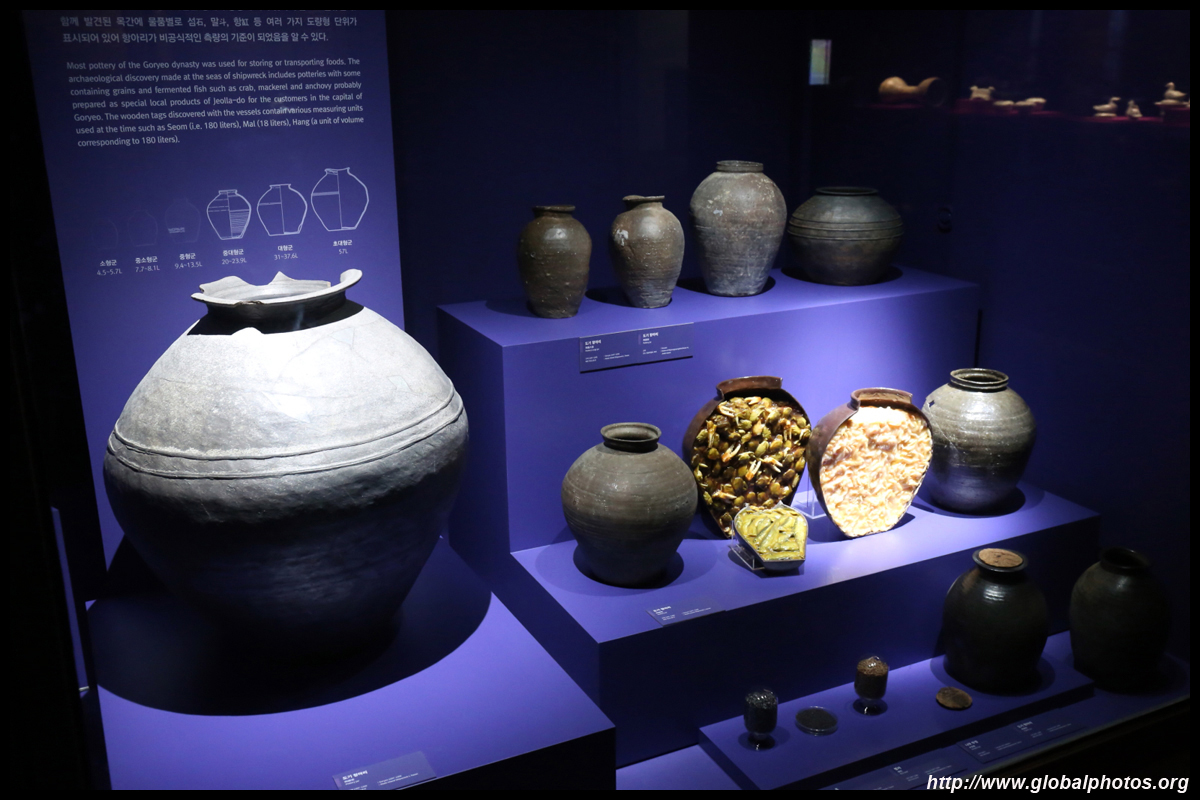
During the Goryeo Dynasty, sea trade between Korea and China was active. There were a number of shipwrecks found in the southwestern part of the country near Mokpo. The sunken Wando and Talido ships were salvaged and its artifacts are now on display.
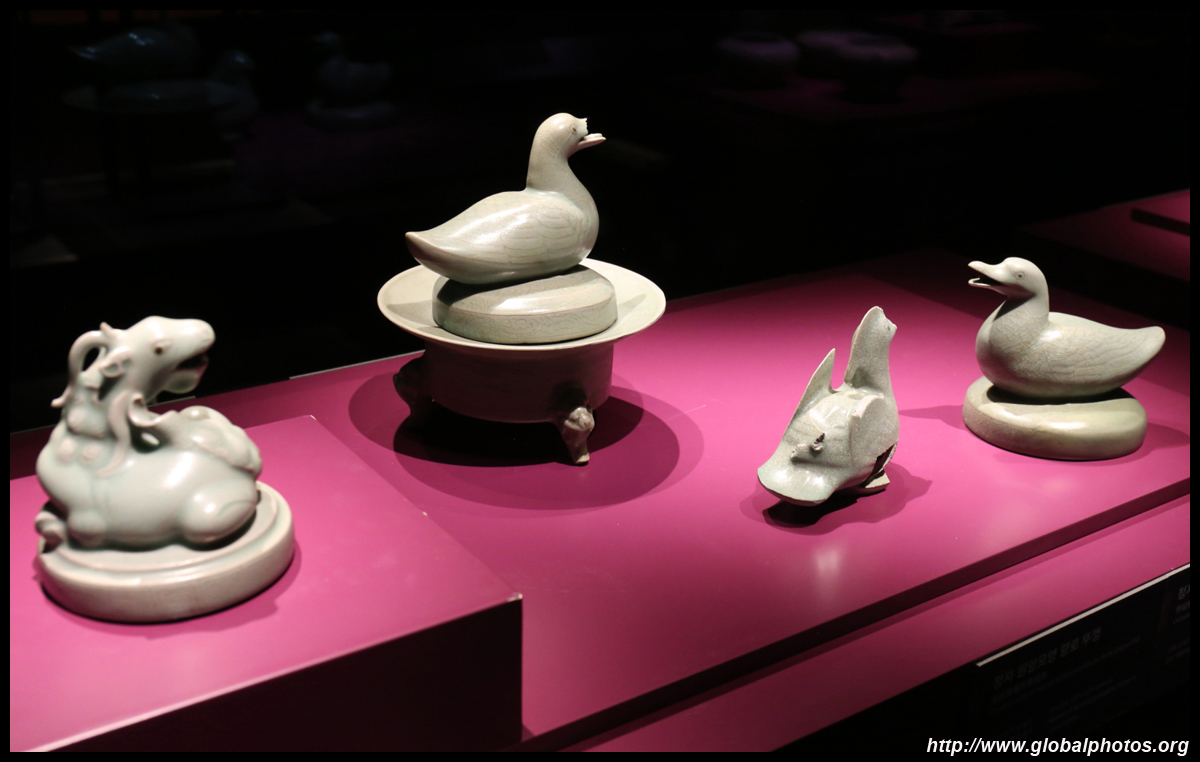
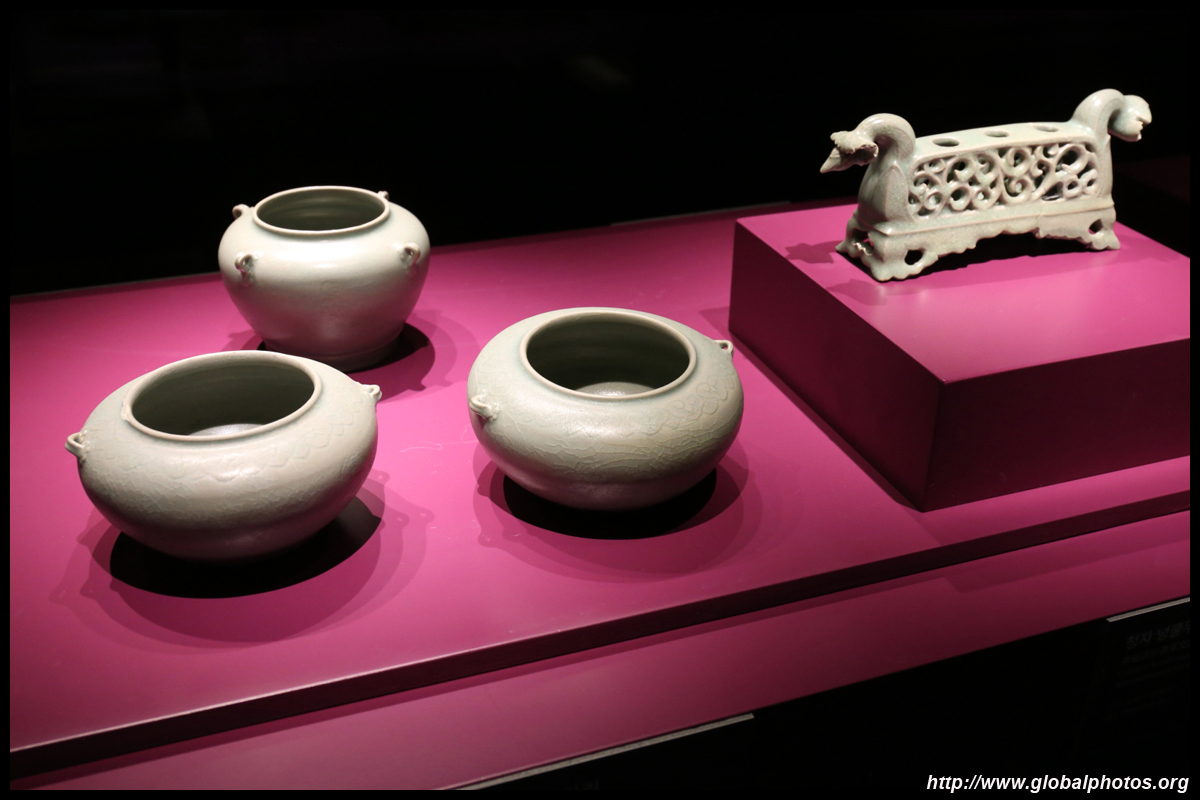
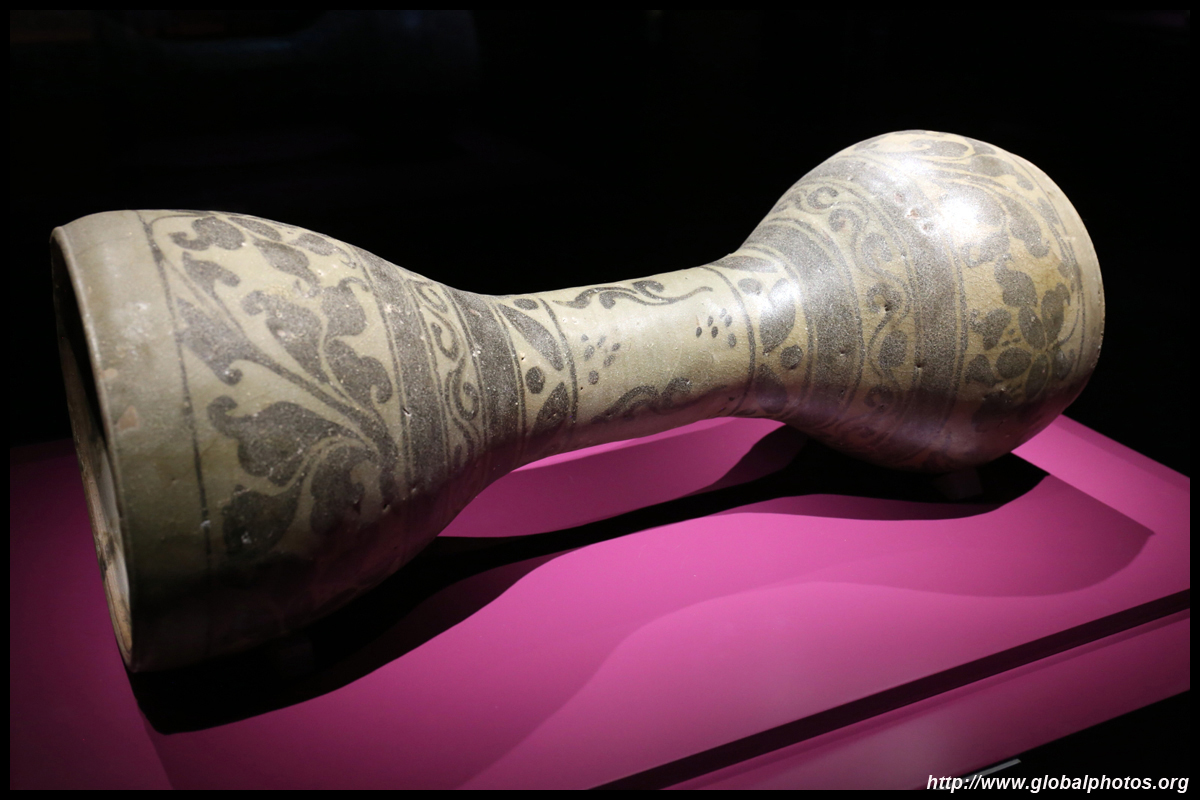
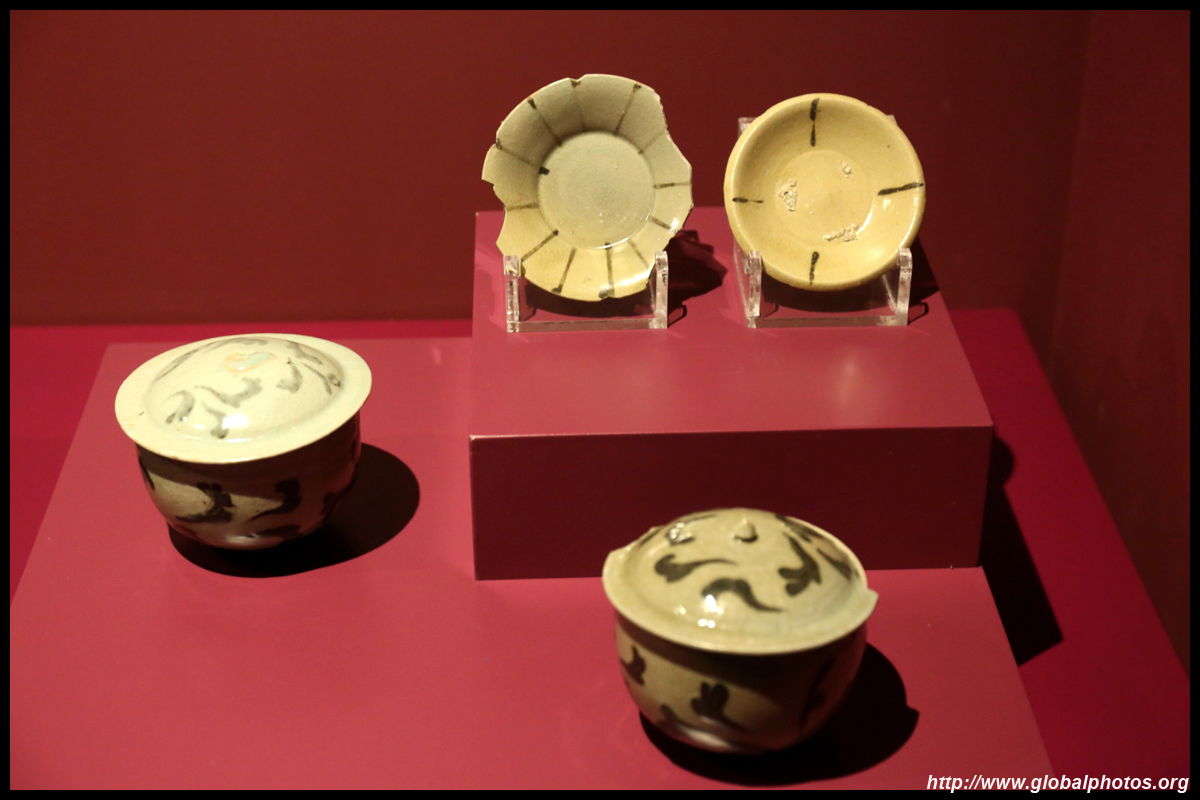
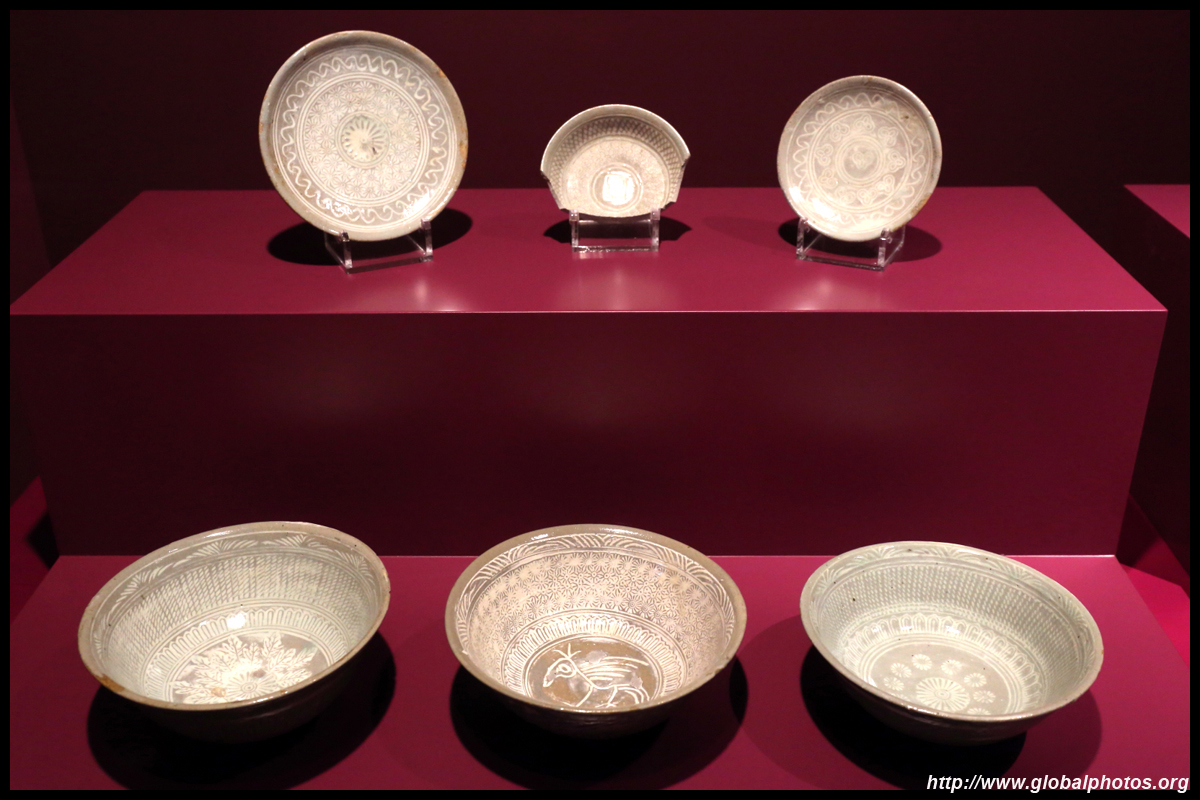
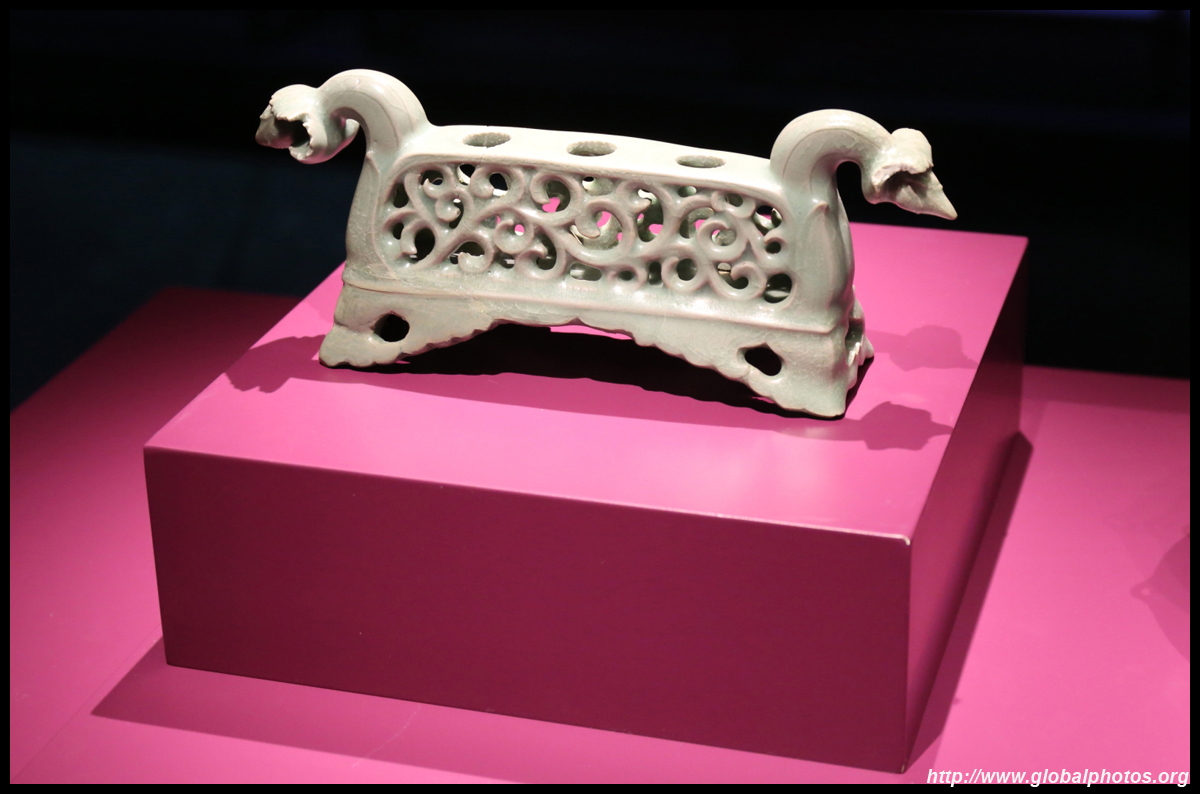
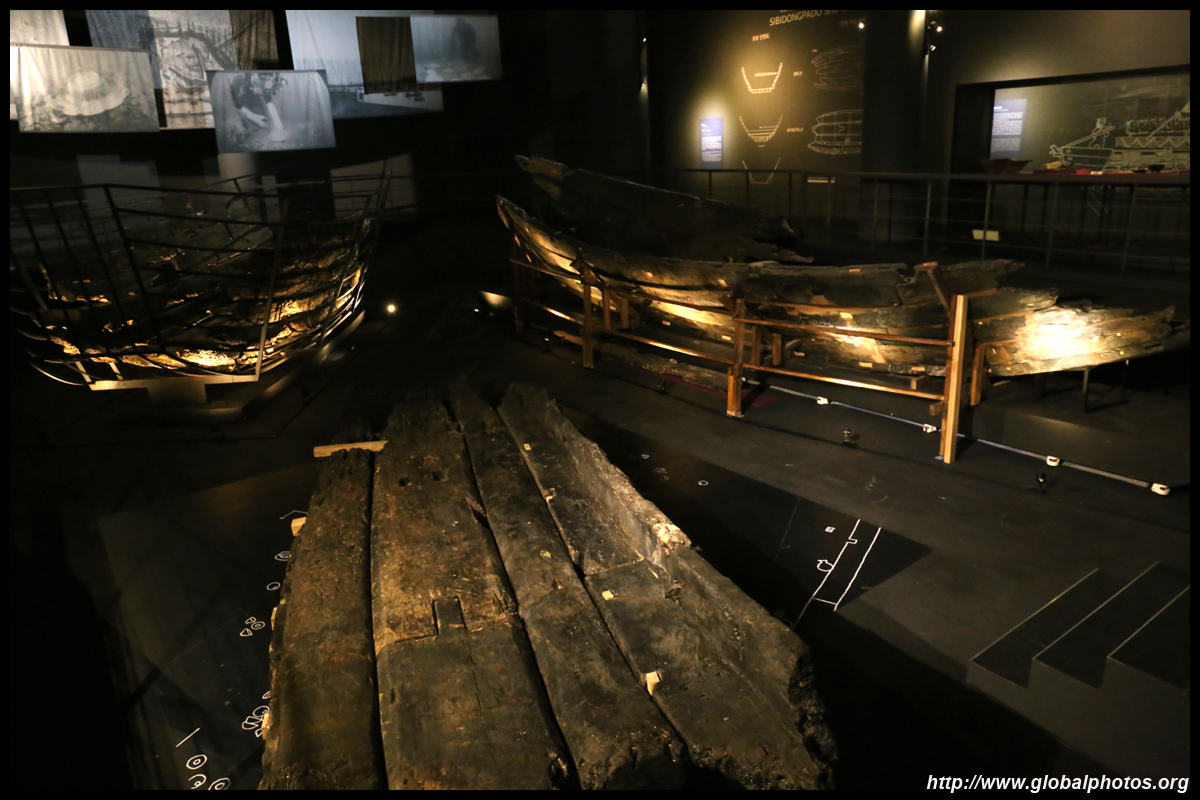
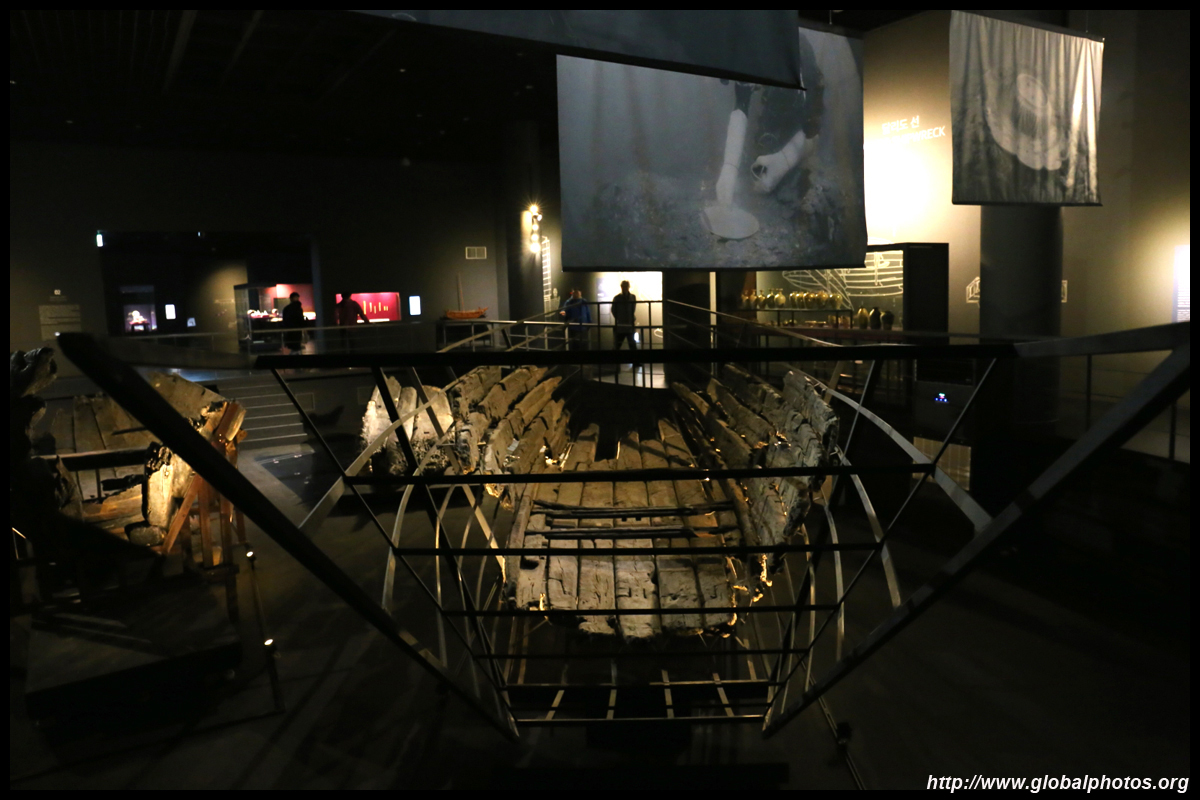
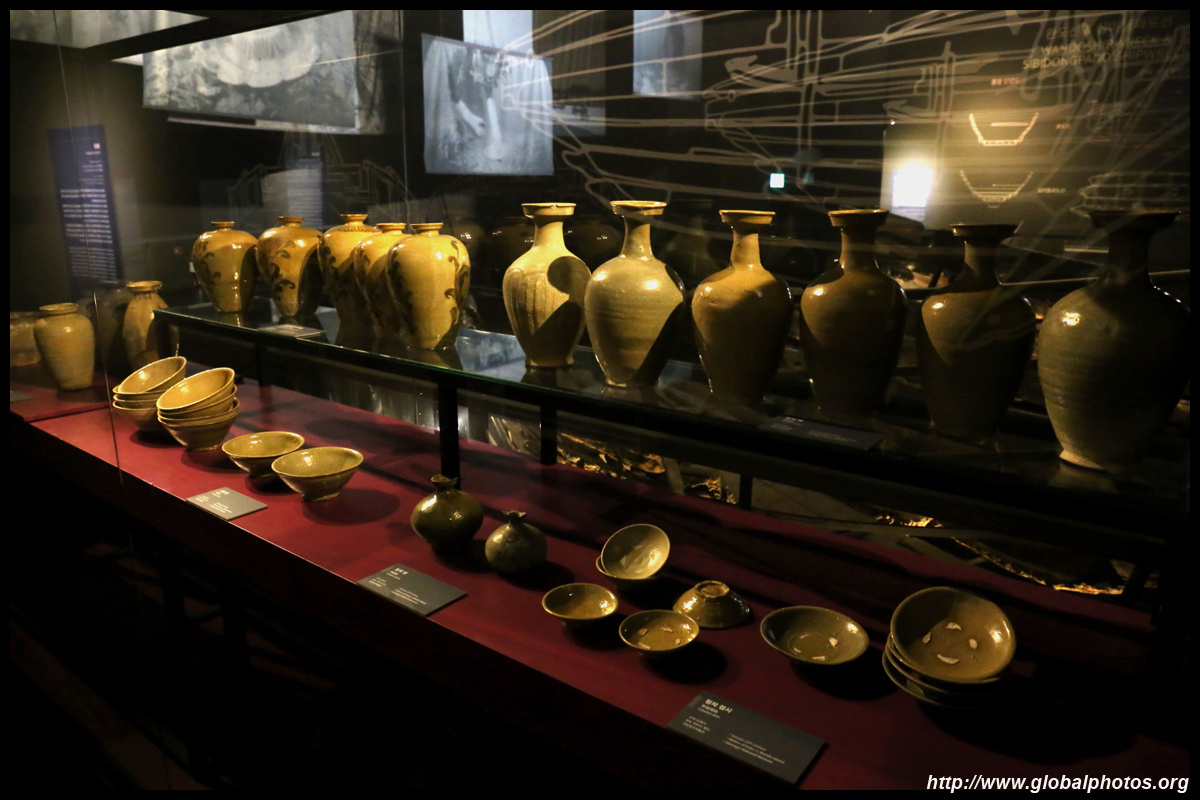
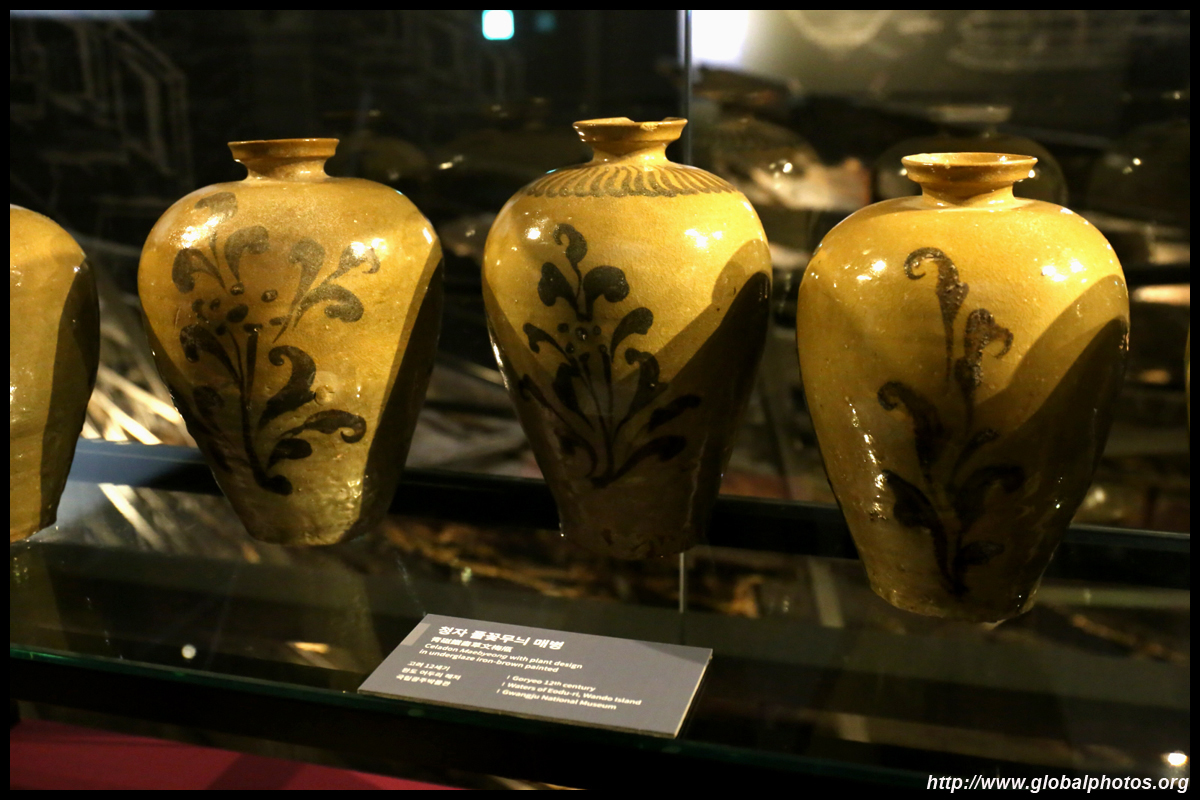
The second gallery is all about the Sinan, which sailed from present-day Ningbo in 1323 destined for Japan. It disappeared just off the Korean coast and was found by a fisherman in 1975. Archaeological work on the shipwreck continued for the next 9 years.
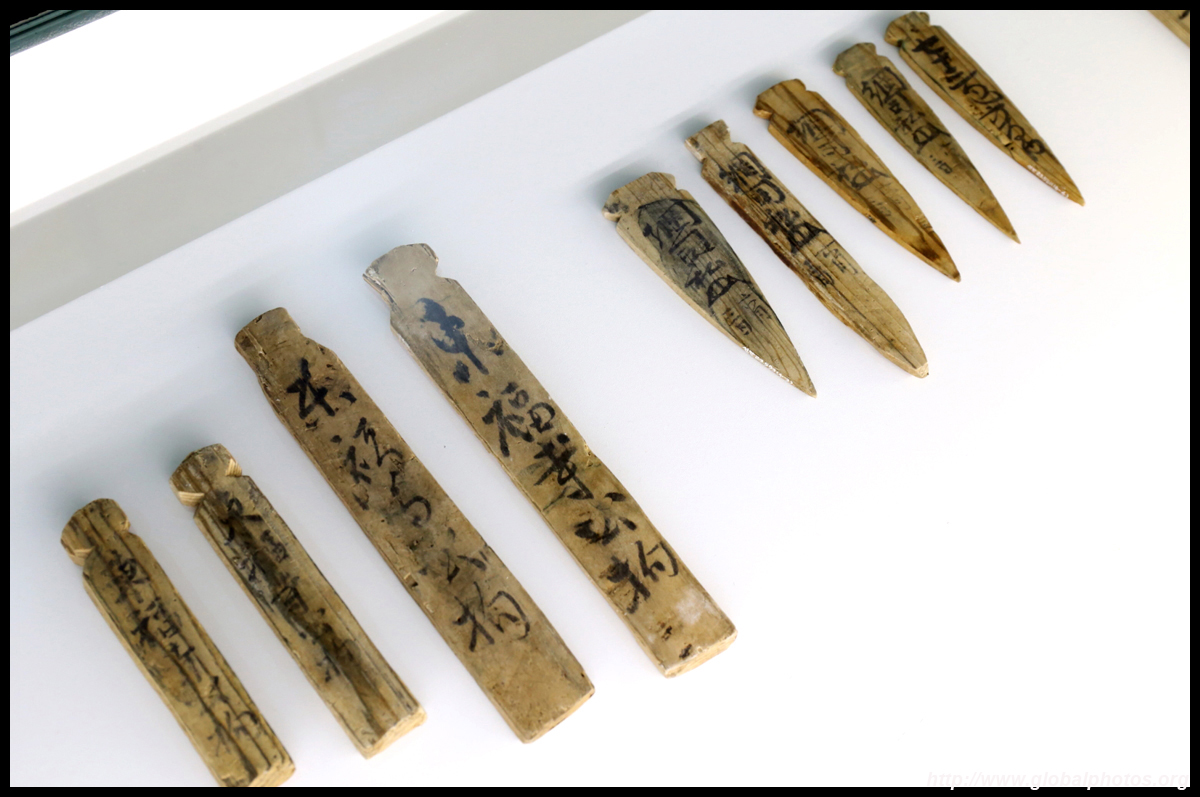
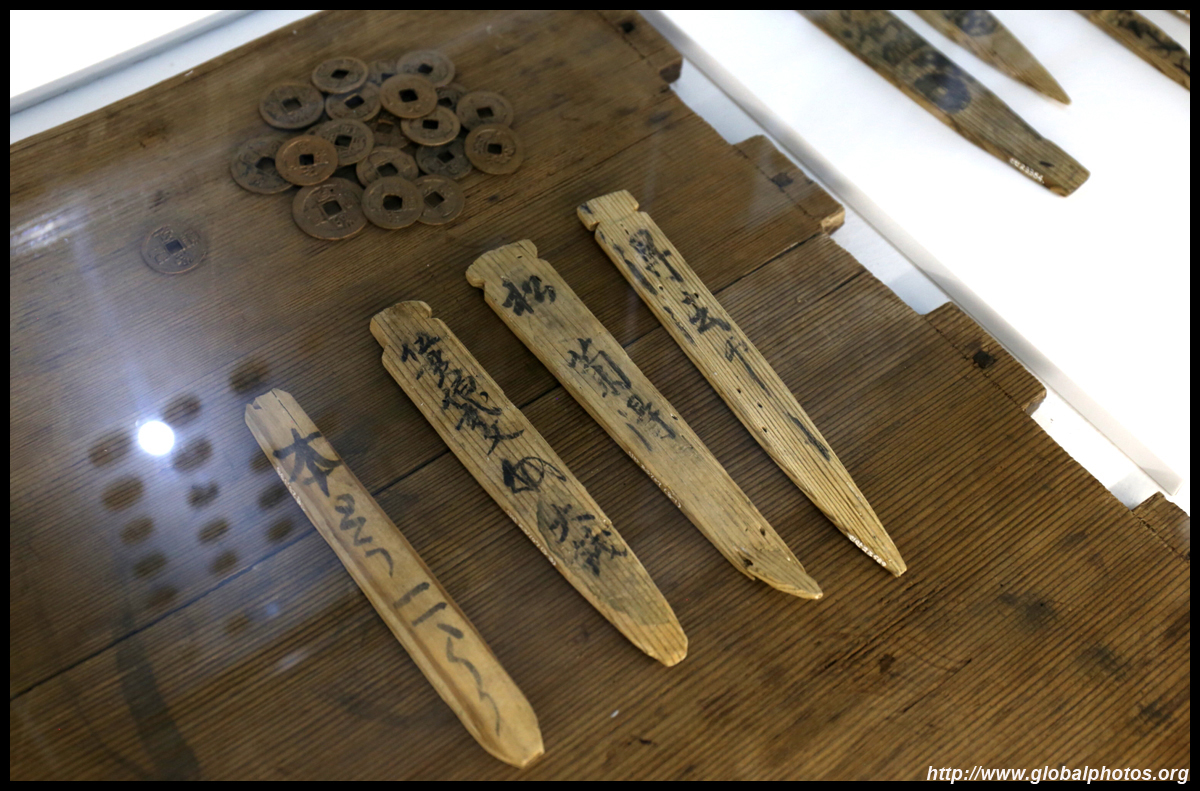
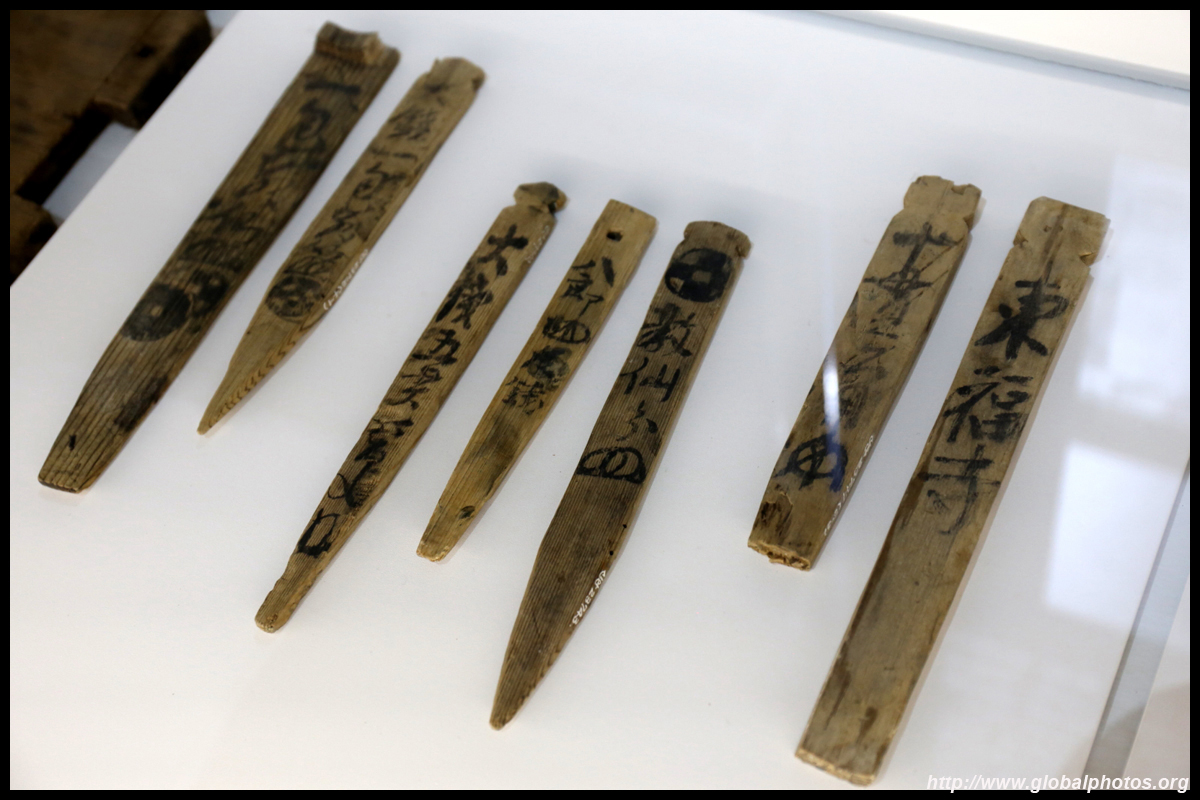
8 million coins weighing 28 tons were found in the shipwreck. Chinese coins were exported around the region during ancient times.
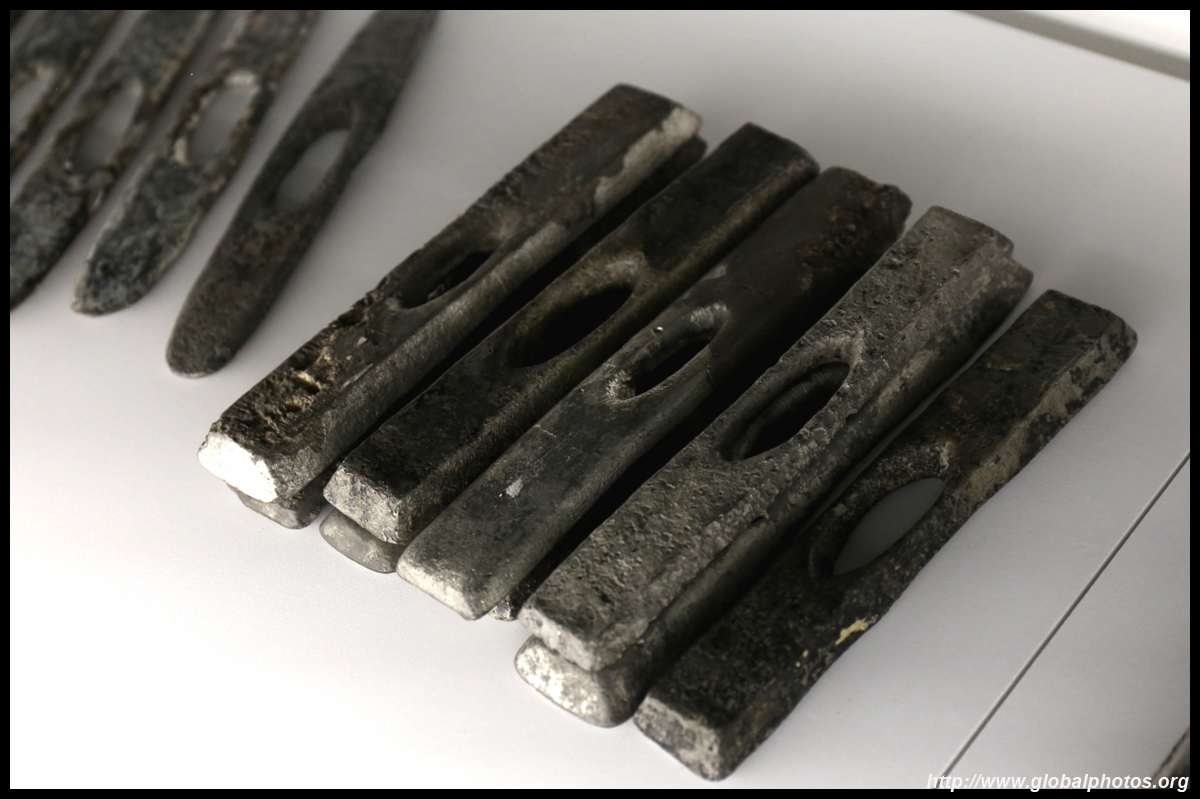
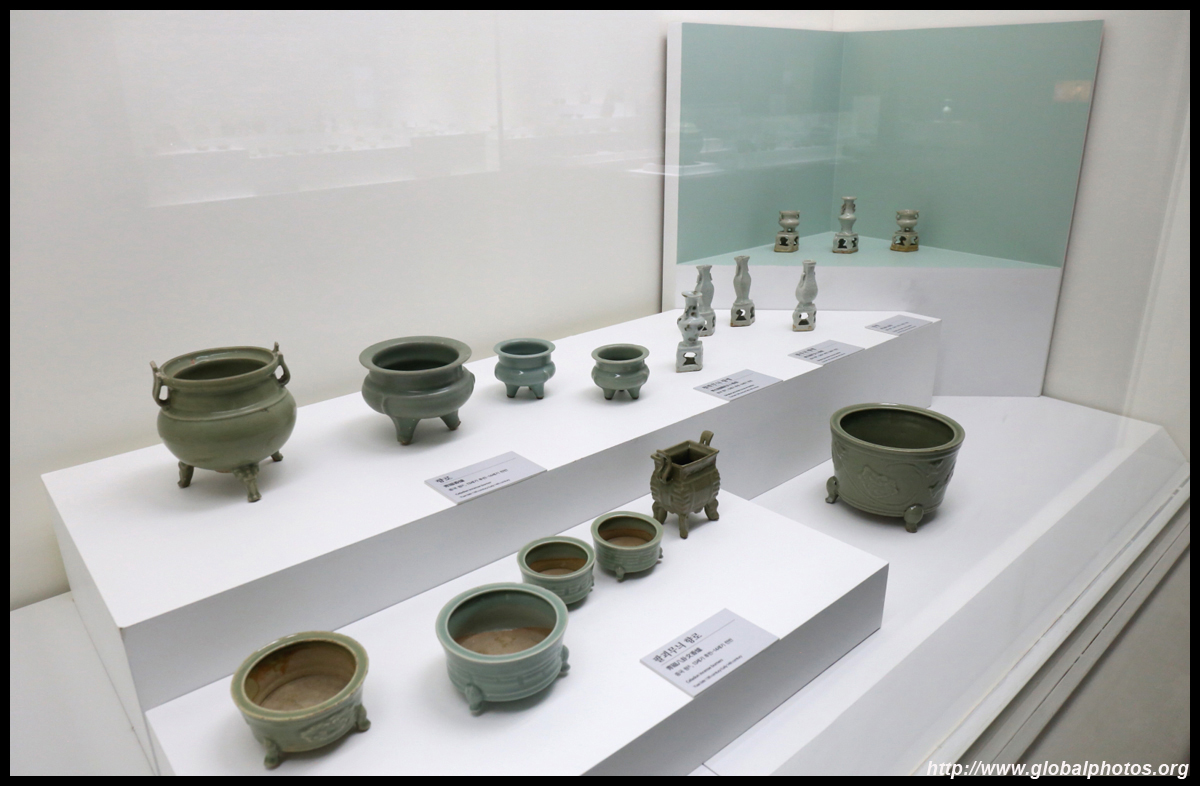
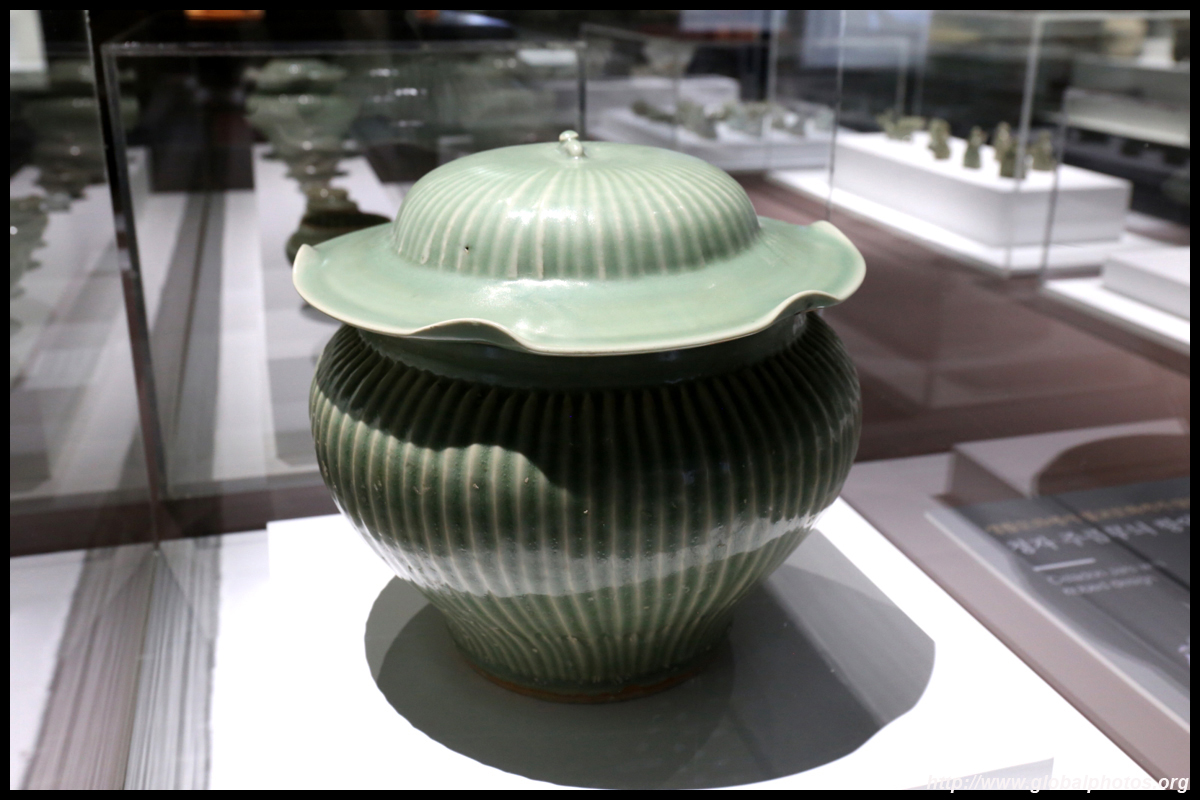
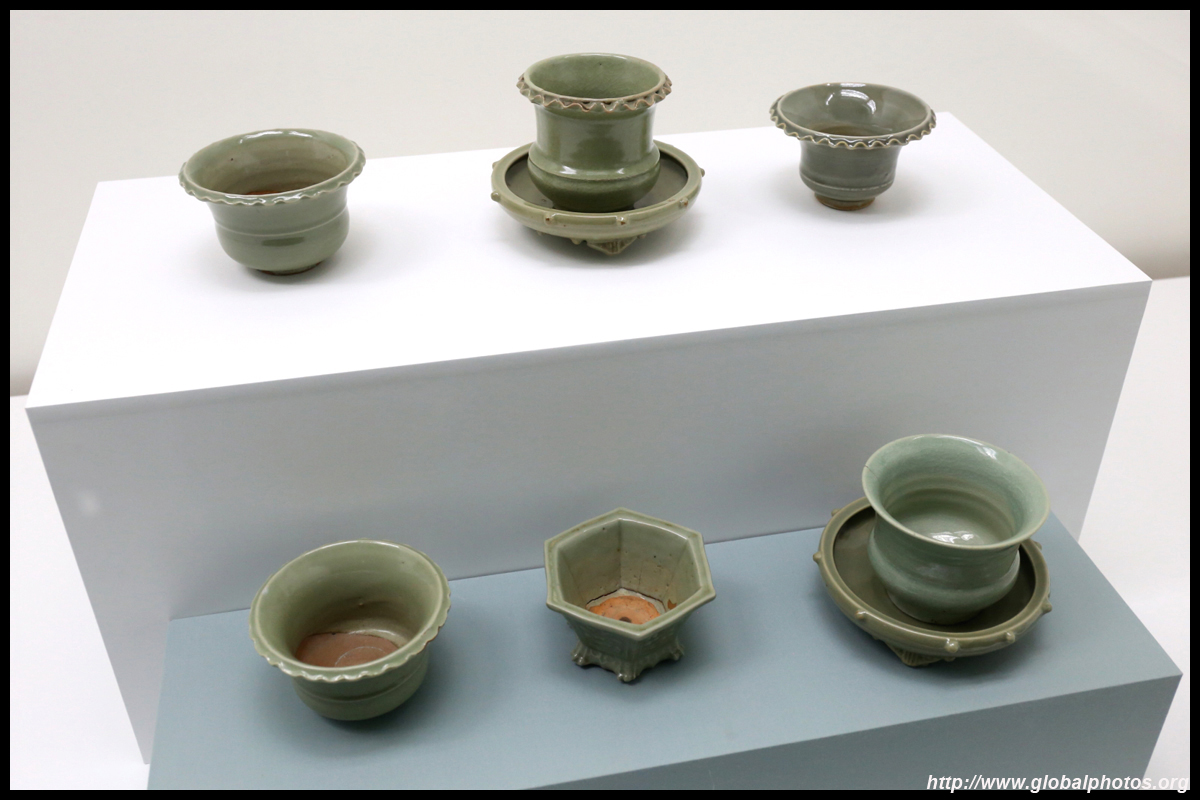
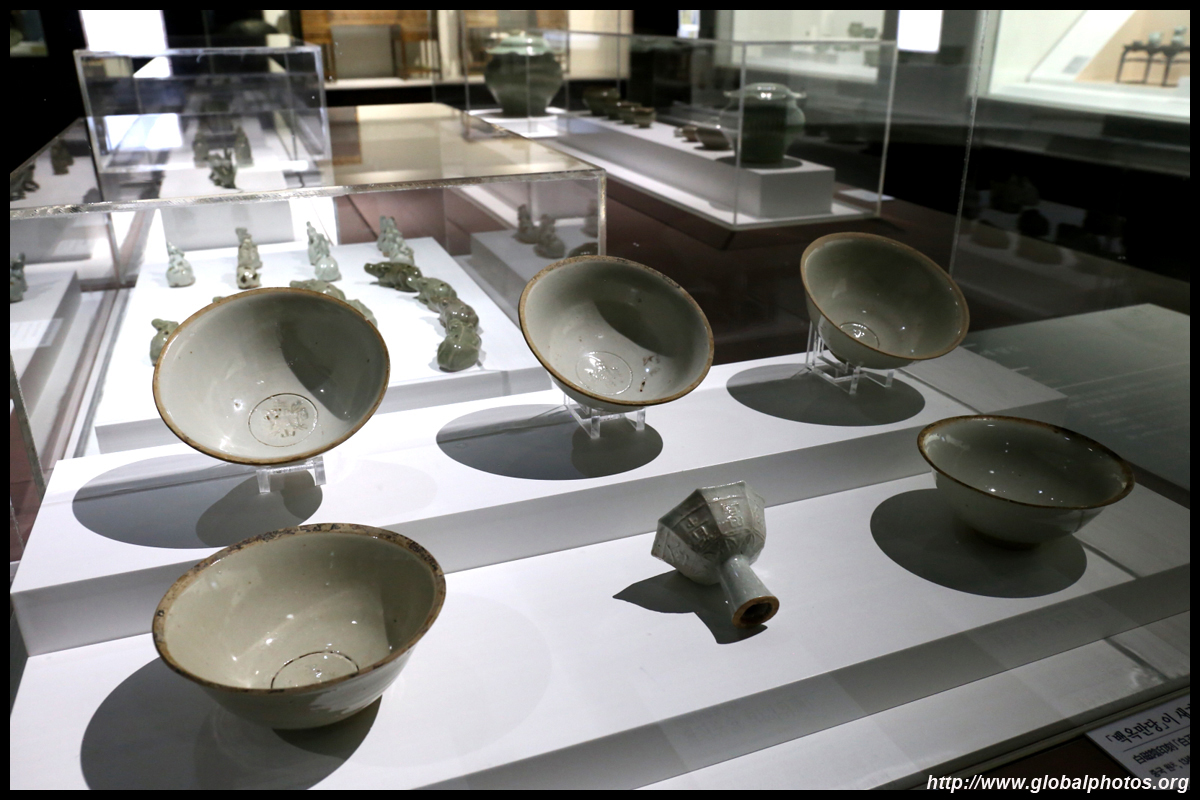
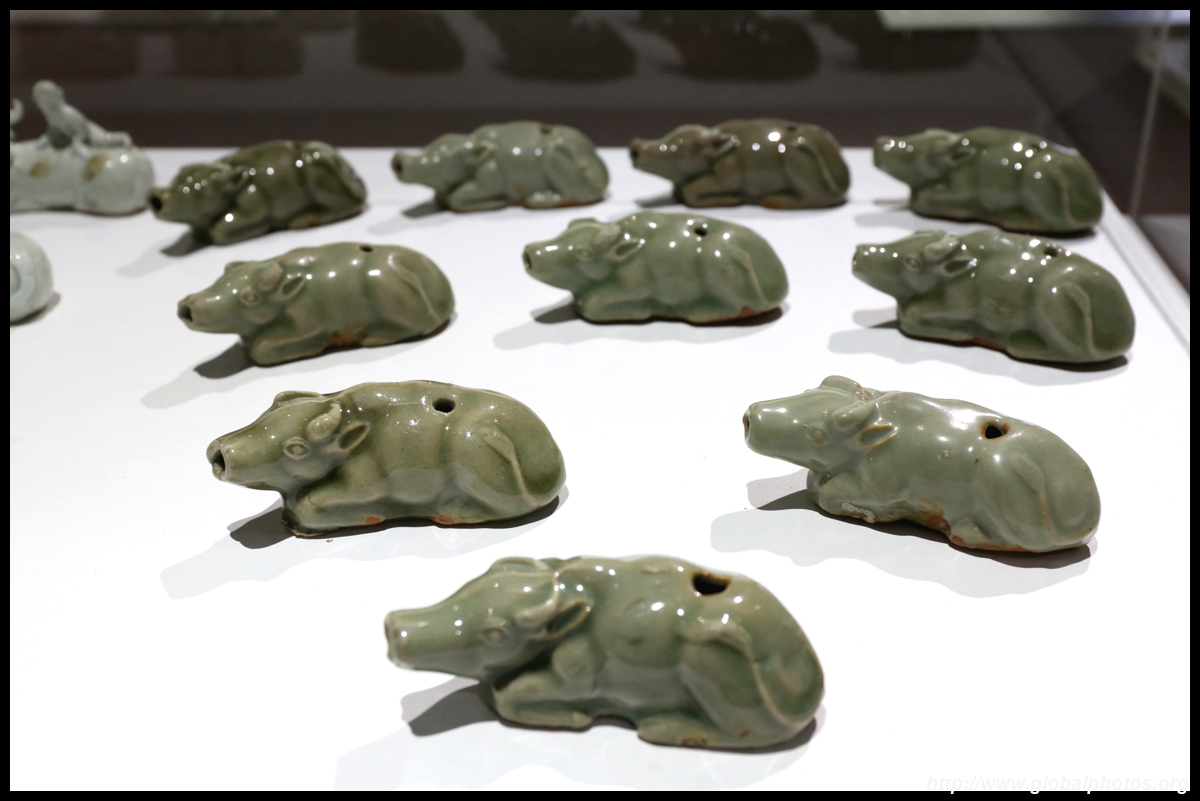
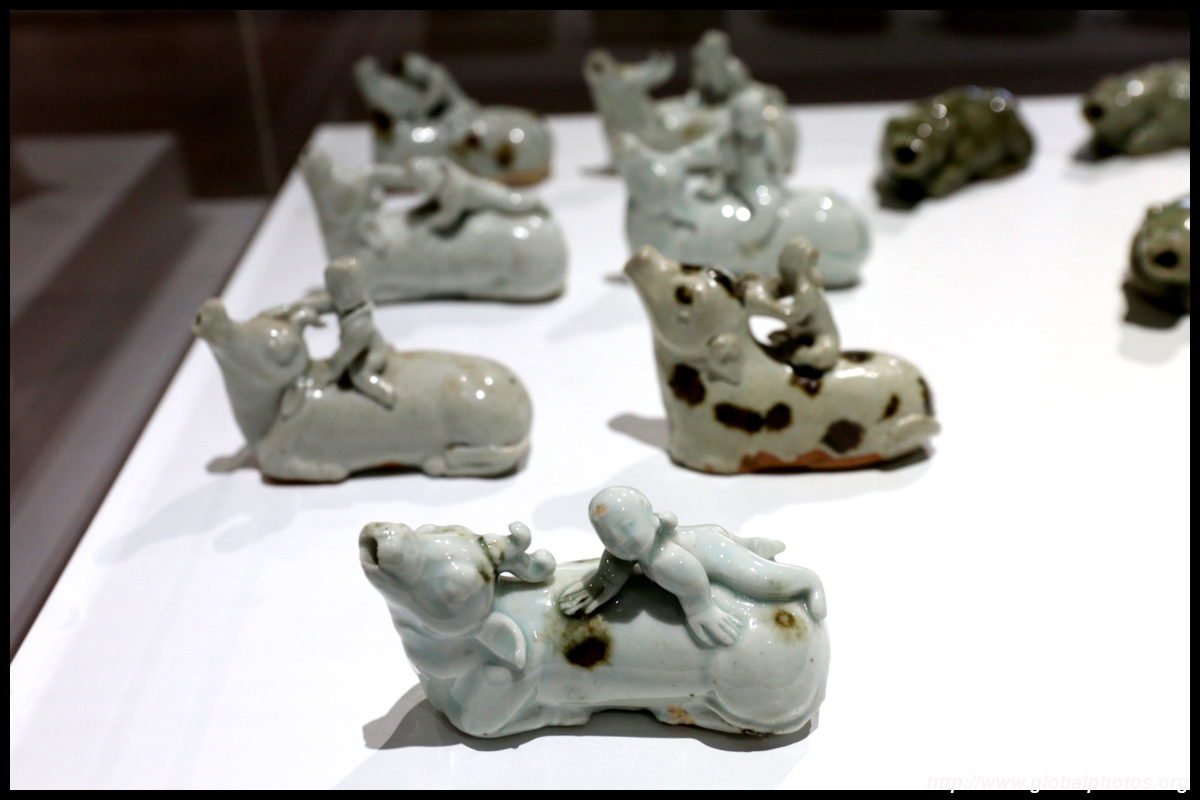
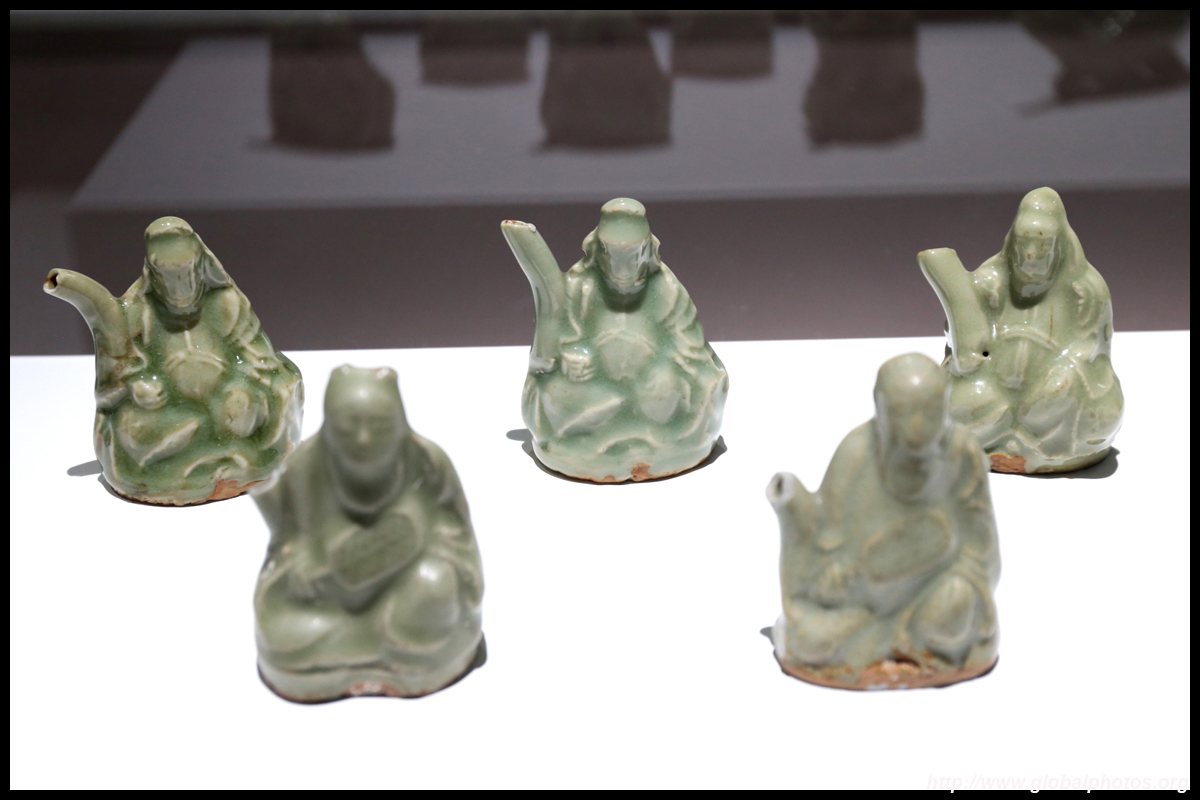
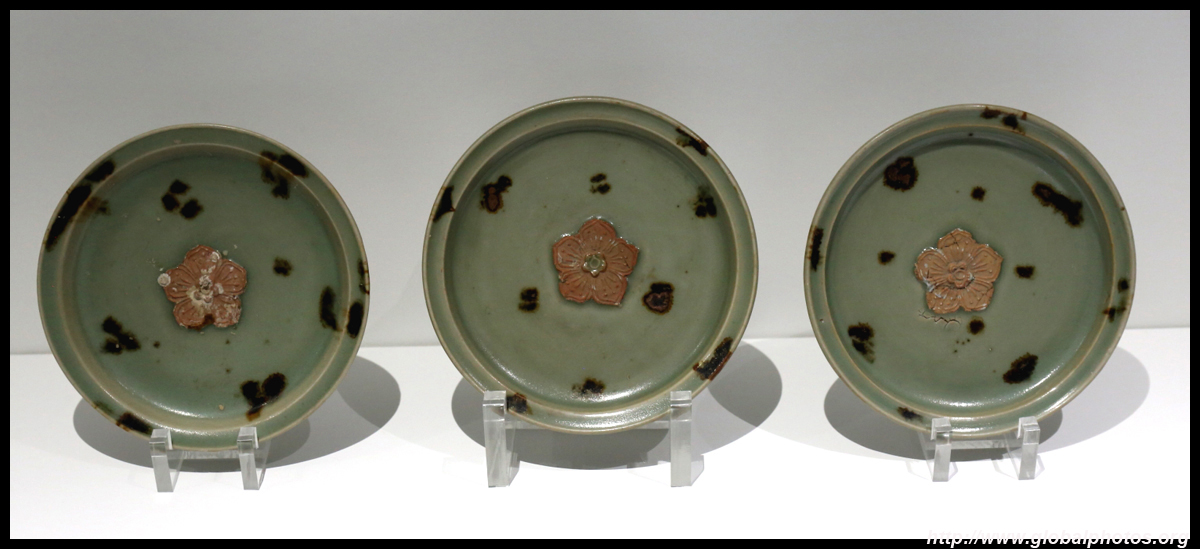
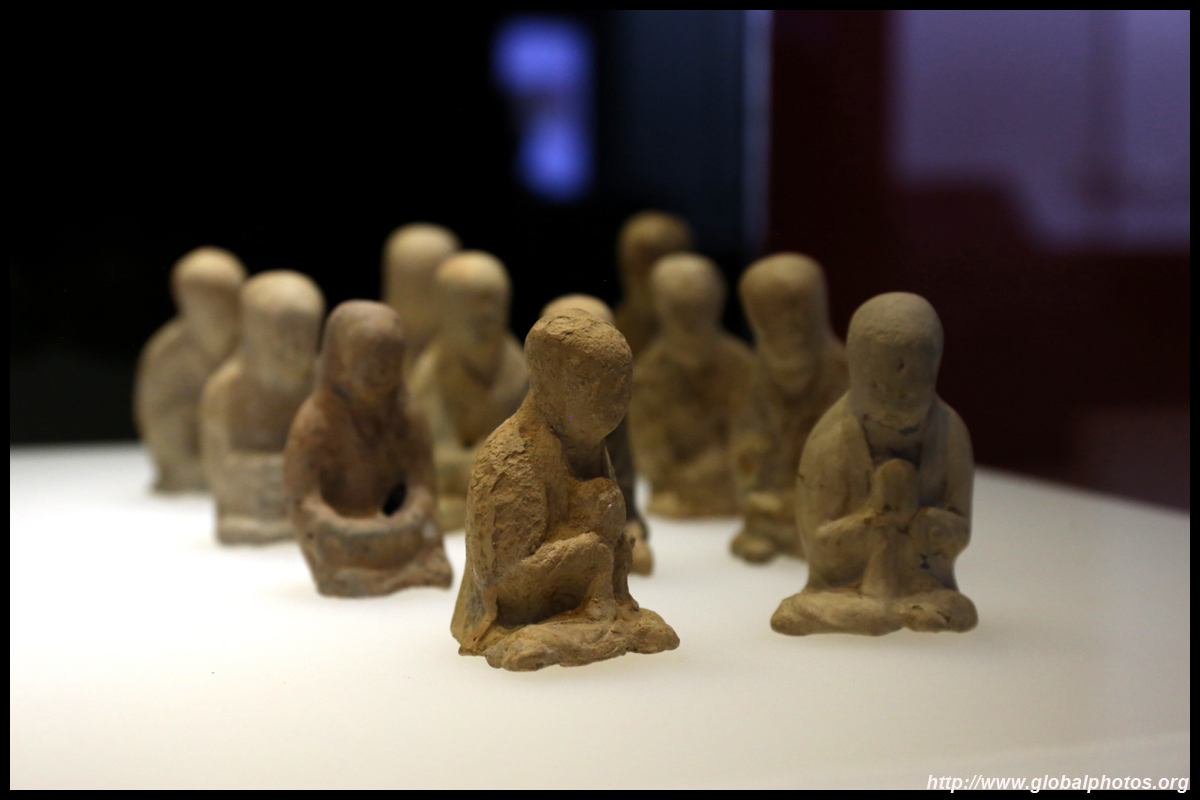
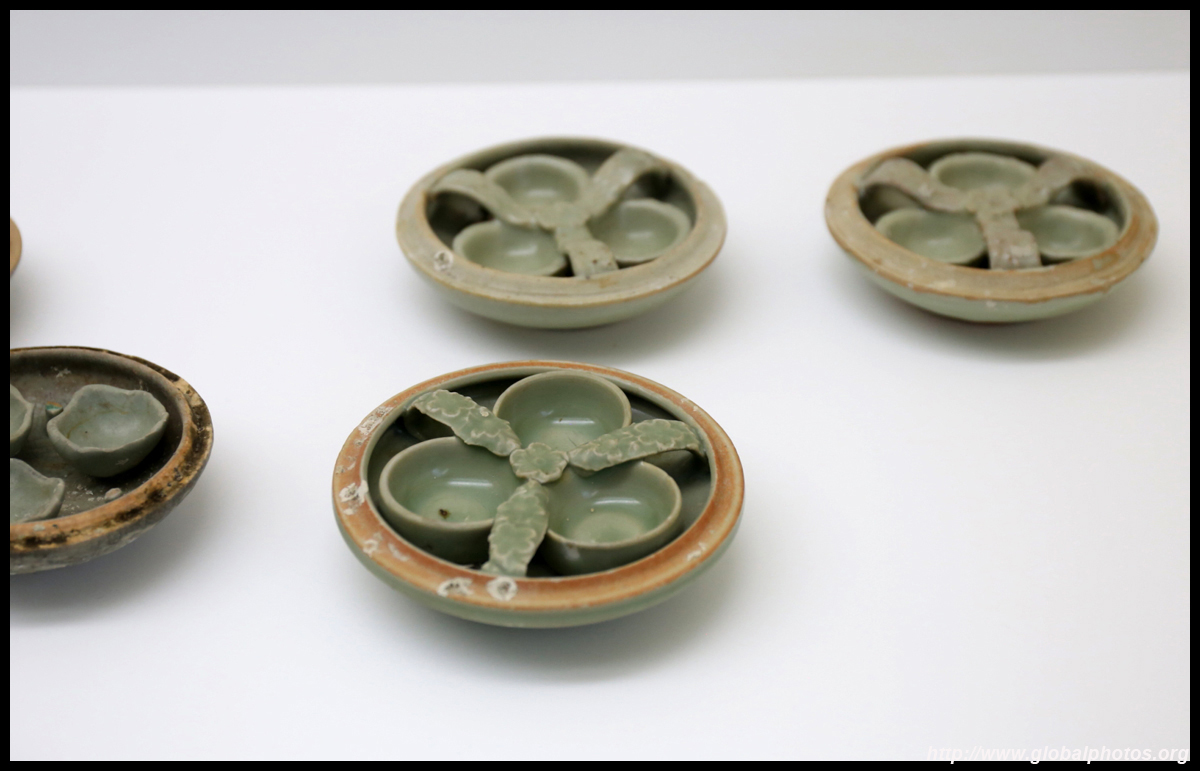
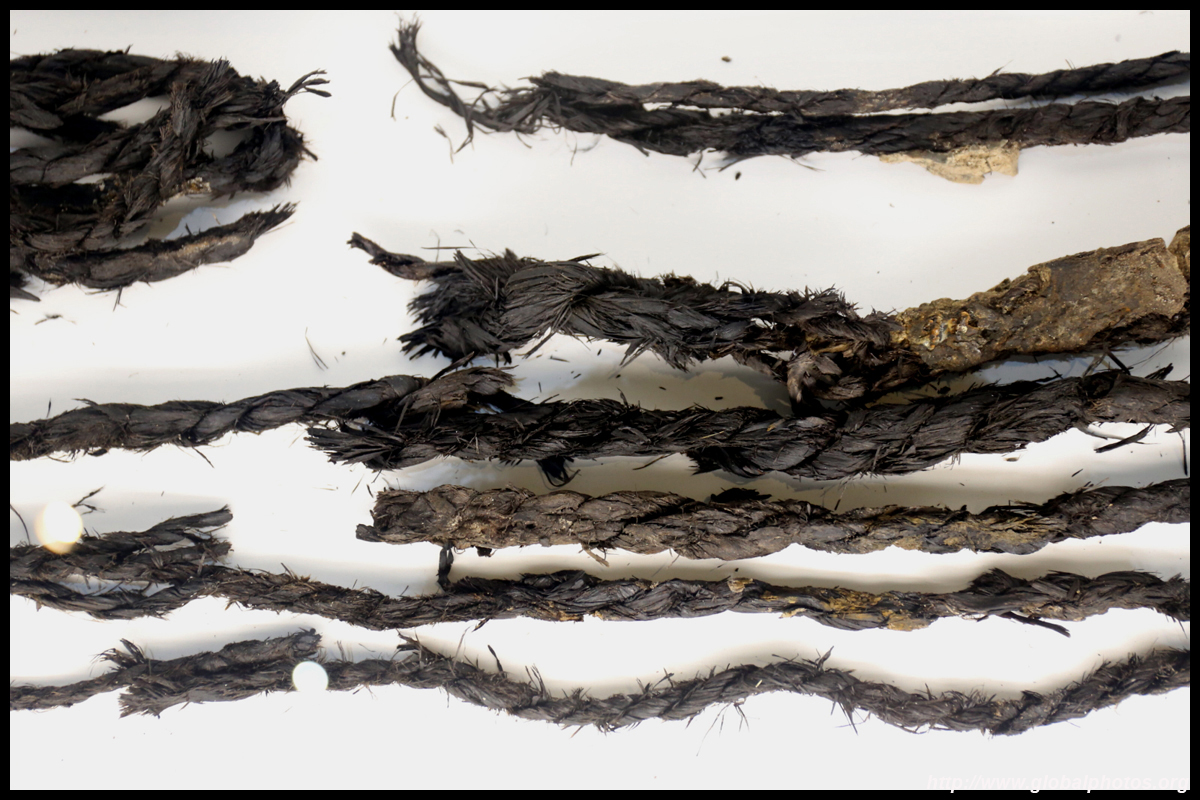
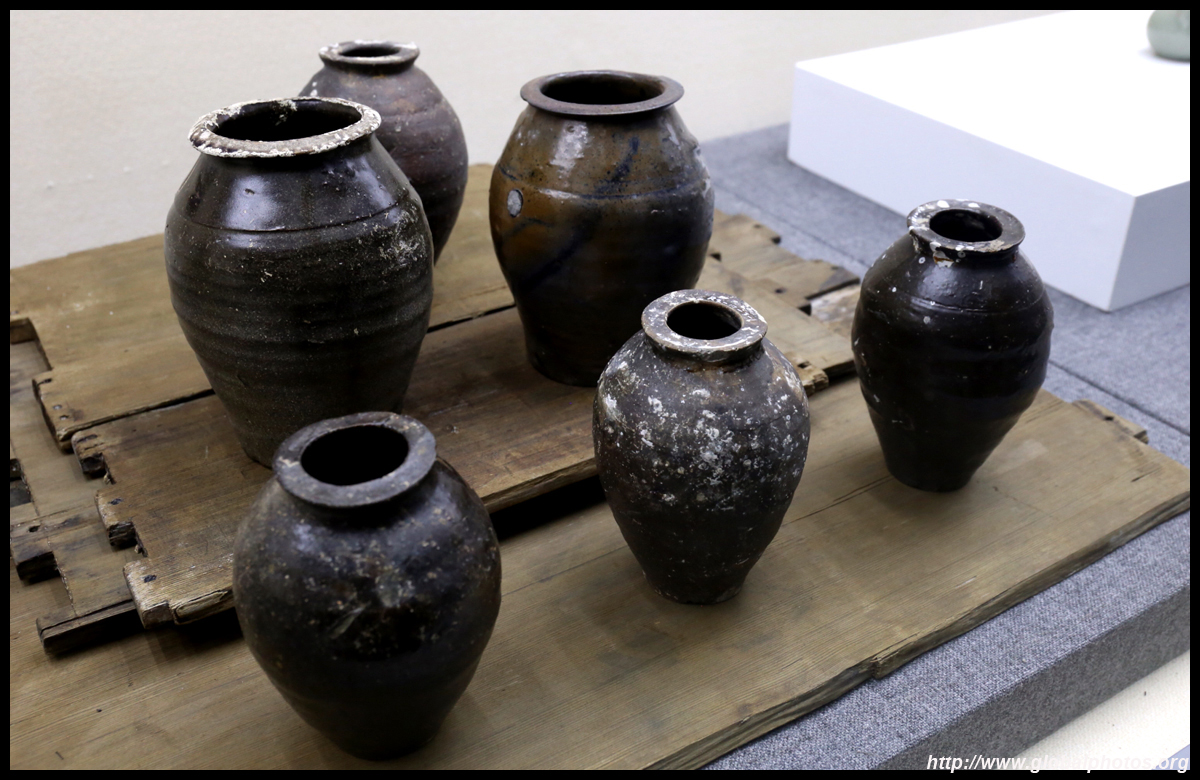
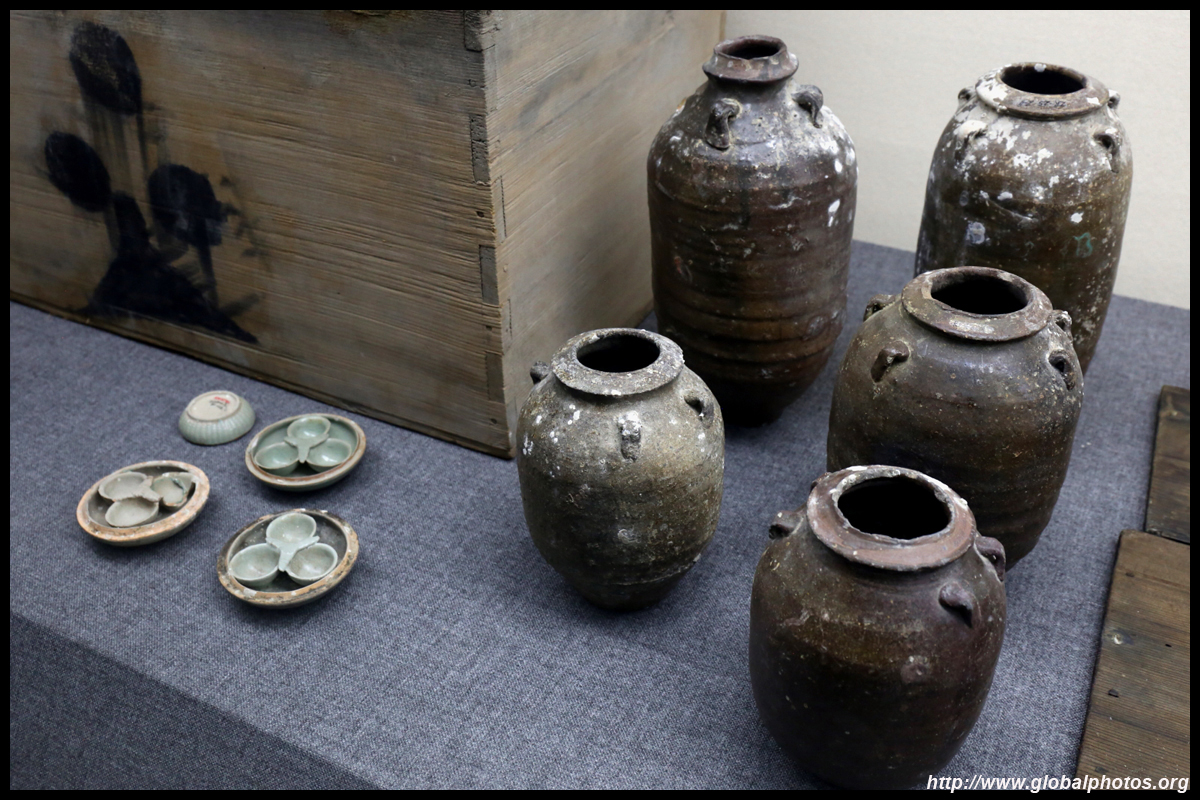
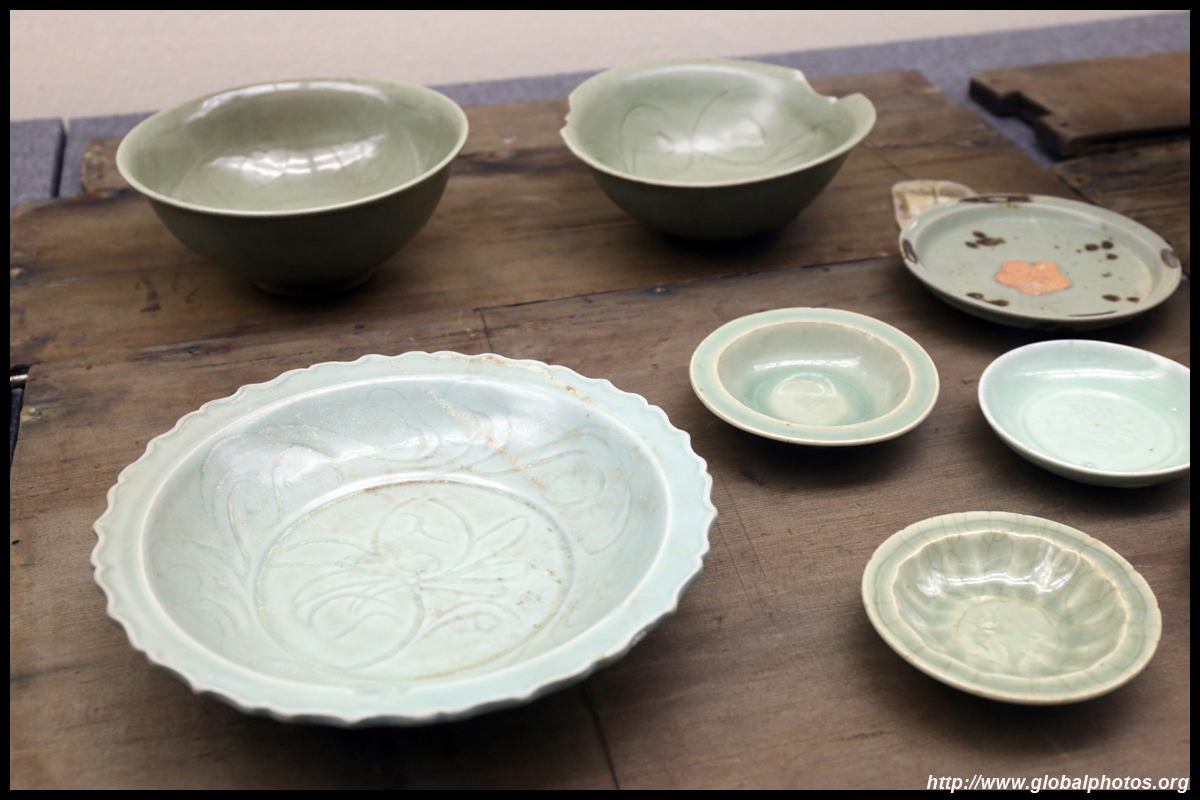
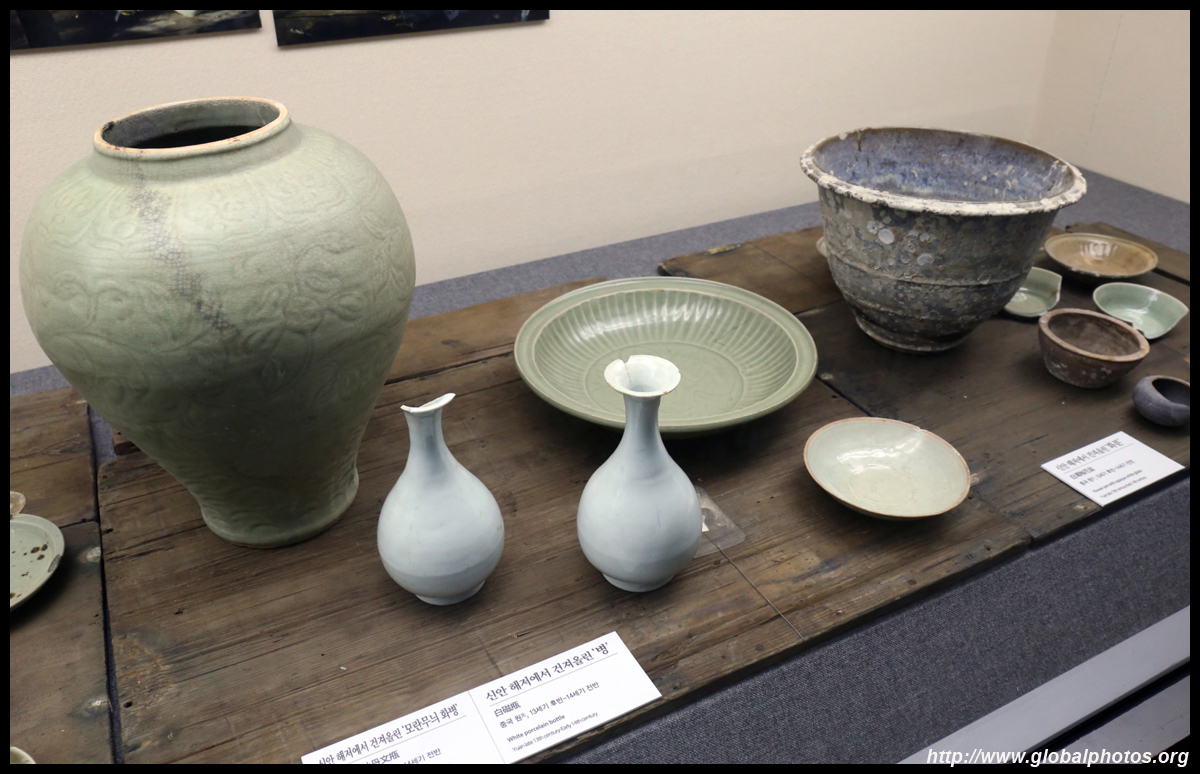
Beyond the cabinets, the ship's remnants are laid in a large hall with bowls and plates that seemingly are in such good condition, they may look like they were just taken from your kitchen today.
